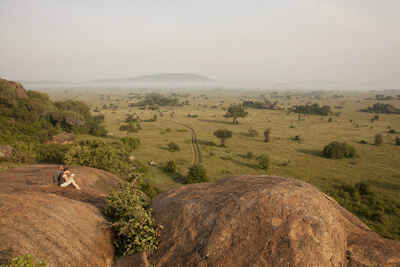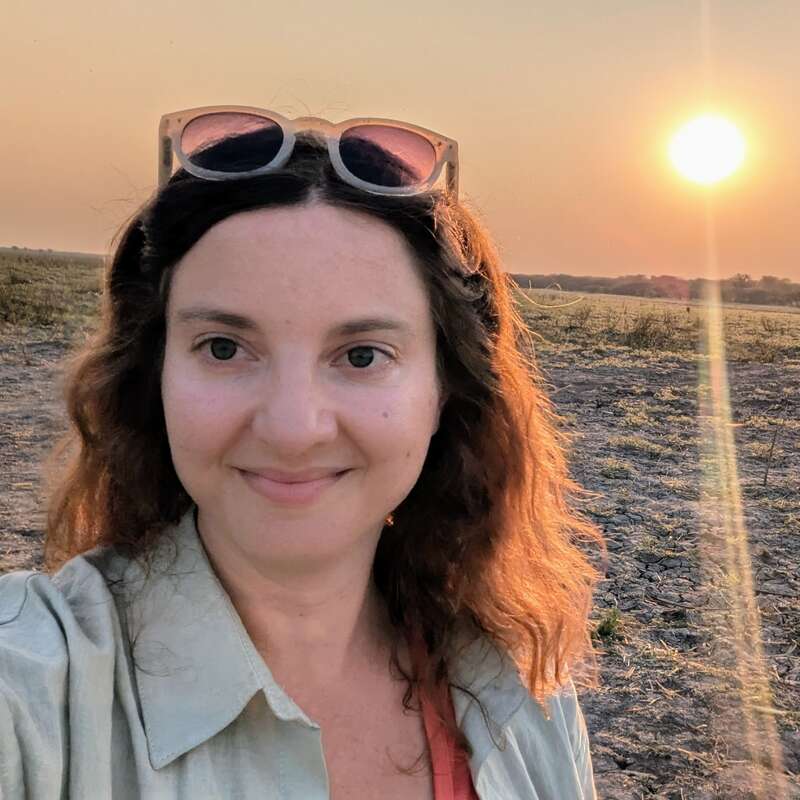About Serengeti Green Camp
Most of the Serengeti's camps are substantial, semi-permanent set-ups that remain operational for much longer ...
... than your visit. Serengeti Green Camp is smaller and simpler. It has six modest, but comfortable safari tents, and usually just a handful of staff. The focus here is on walking safaris and game drives in remote areas of the Serengeti. Staying here is also a very affordable way to visit the Serengeti, without compromising the quality of your guiding or game-viewing experience.
A private safari – led by a very knowledgeable guide and coupled with relatively comfortable camping – is hard to beat. Many experienced safari goers would say that a set-up like the Serengeti Walking Mobile is how a safari in Africa should be experienced, and they’ll book a whole trip like this. Other travellers might opt to mix some time in a mobile camp with a more vehicle-based safari using permanent camps, to reduce the cost of the trip without compromising on the activities.
Our view
A private safari – led by a very knowledgeable guide and coupled with relatively comfortable camping – is hard to beat. Many experienced safari goers would say that a set-up like the Serengeti Walking Mobile is how a safari in Africa should be experienced, and they’ll book a whole trip like this. Other travellers might opt to mix some time in a mobile camp with a more vehicle-based safari using permanent camps, to reduce the cost of the trip without compromising on the activities.
Accommodation
Six tents
Children
No age restrictions.
Open
All year
Activities

4WD Safari

Birdwatching

Guided walking safari

Hot air ballooning

Private activities
Traveller reviews of Serengeti Green Camp
3 real, un-edited reviews from Expert Africa's travellers.
Arrived 13 Aug 2013, 5 nights
"We have great photos of this camp"
Overall rating: Good
Arrived 5 Aug 2013, 3 nights
"Super Serengeti Safari Bush Camp"
Overall rating: Excellent
Arrived 27 Apr 2013, 4 nights
"Serengeti Private Mobile Camp review"
Overall rating: Excellent
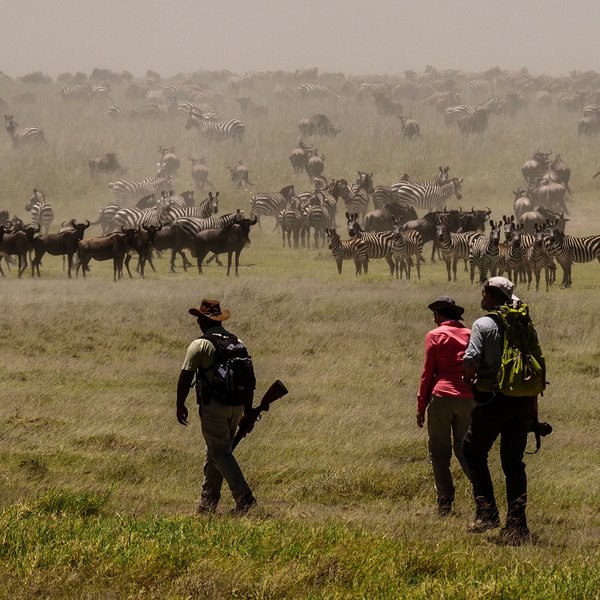
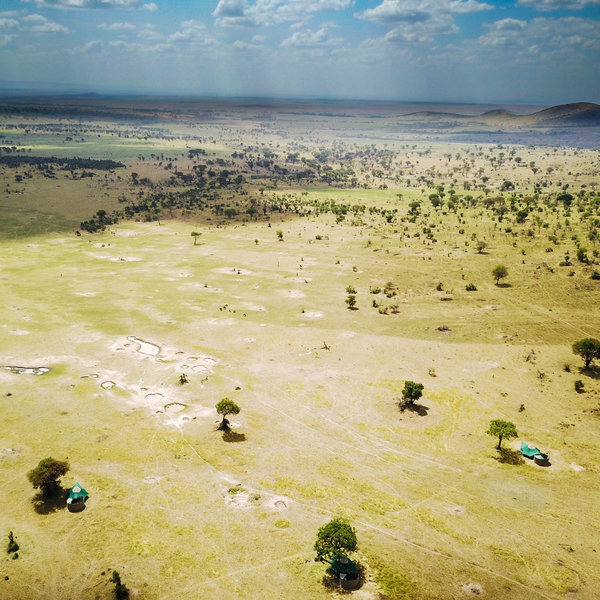
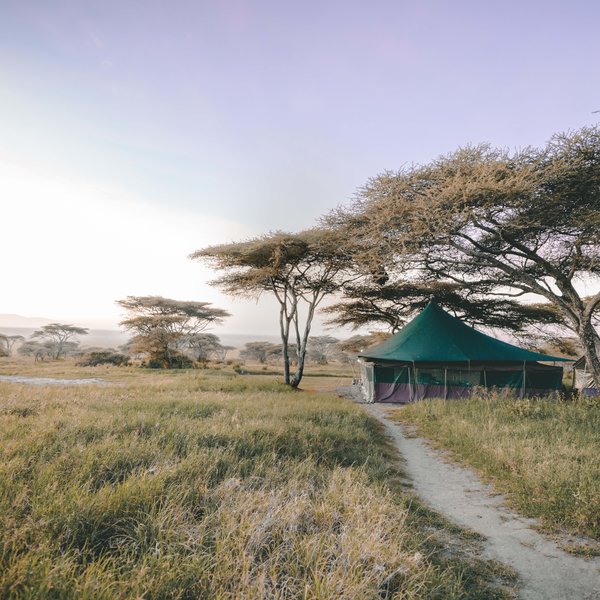
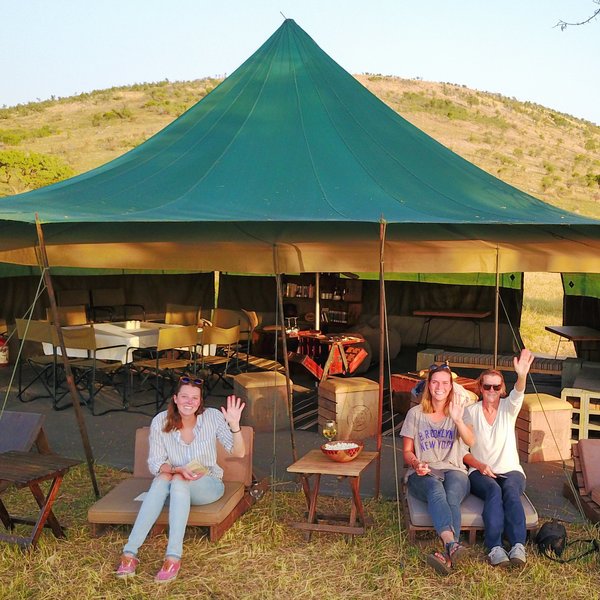
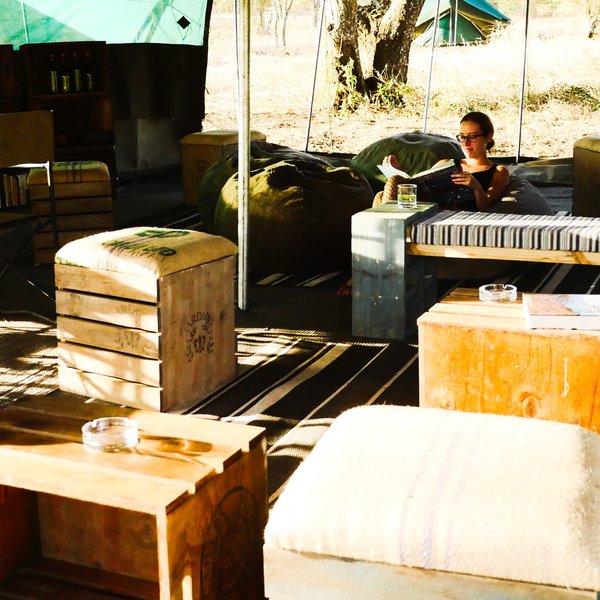
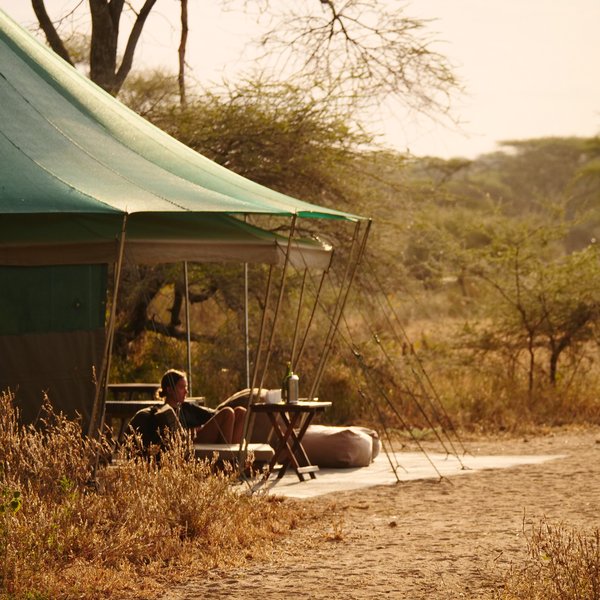
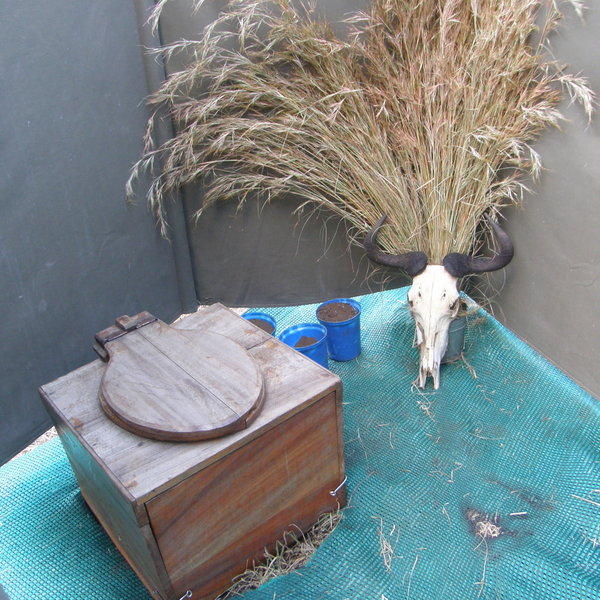
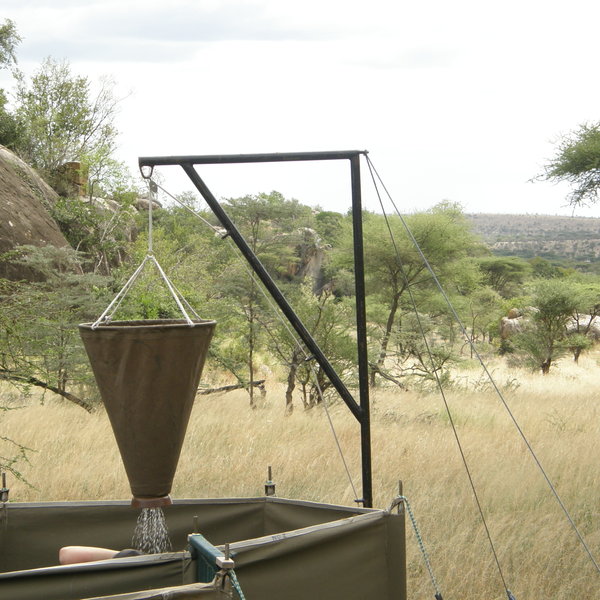
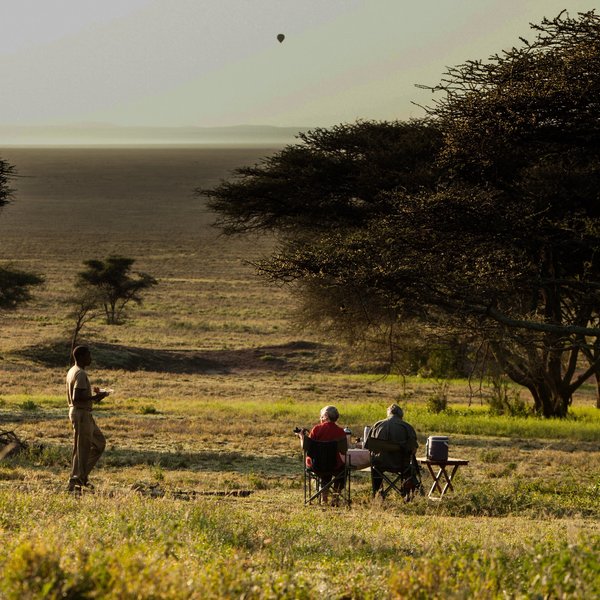
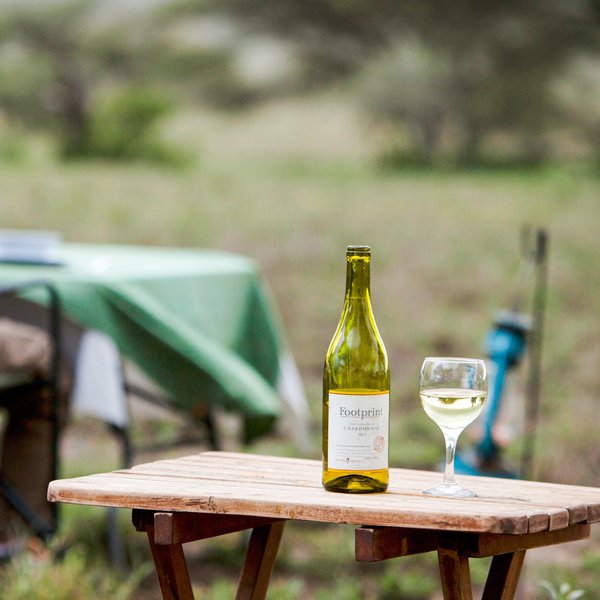
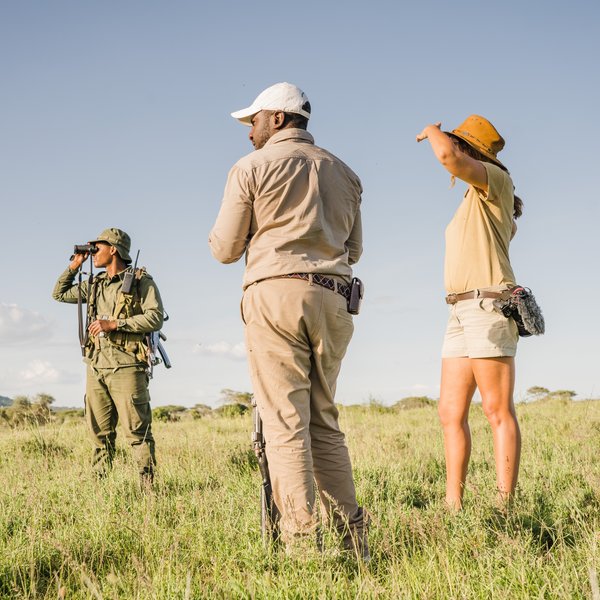
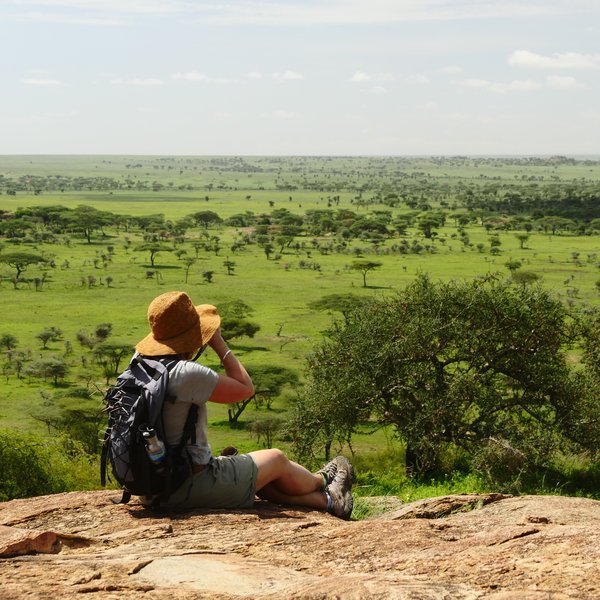
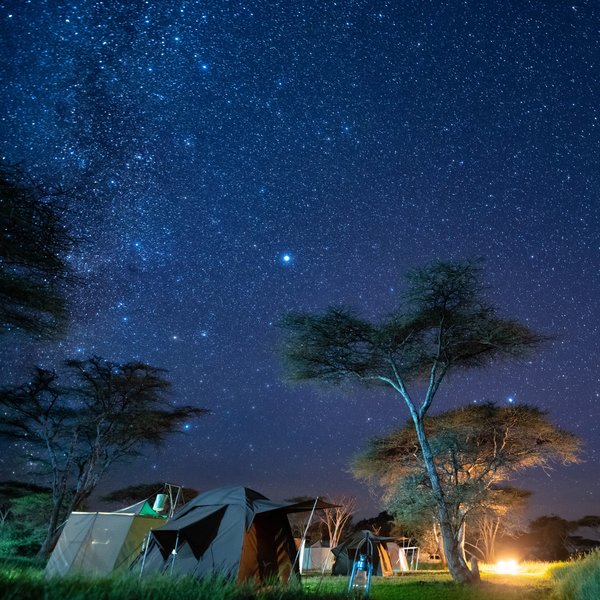
Expert Africa's gallery
When we travel we take lots of photos ourselves to give you a real and un-edited view of the safaris. See our 71 pictures of Serengeti Green Camp to get the candid view.
View gallerySerengeti Green Camp: Our full report
Most of the Serengeti's camps are substantial, semi-permanent set-ups that remain operational for much longer ...
... than your visit. Serengeti Green Camp is smaller and simpler. It has six modest, but comfortable safari tents, and usually just a handful of staff. The focus here is on walking safaris and game drives in remote areas of the Serengeti. Staying here is also a very affordable way to visit the Serengeti, without compromising the quality of your guiding or game-viewing experience.
Serengeti Green Camp is the antithesis of many of the larger, more established safari camps in the Serengeti. While many camps and lodges place the emphasis on luxurious surroundings, huge tents or rooms and fine wines, at Serengeti Green Camp the focus is all on the wildlife, wilderness, and the safari experience first and foremost.
The camp is designed to bring guests closer to nature, with plenty of outside seating and a dining table set up under the stars. For the occasional rainy spell there is an open sided lounge tent, with comfy beanbags and tables fashioned out of rustic wooden crates. There is a smattering of wildlife guides and photo books and friendly staff on hand to offer you a drink. A welcoming campfire is lit each evening, creating the perfect focus to enjoy a pre-dinner drink and relive the day's experiences with your guide and other guests.
The six safari tents are simply furnished with comfortable double beds, padded chairs and bedside tables. Decorative beaded lamps create a cosy atmosphere in the evenings. While they’re fairly modest in design, the tents are very comfortable and surprisingly stylish, with soft woven throws on the beds and billowing cream curtains.
Each tent has an en-suite bathroom to the rear, which is simple and perfectly functional. There is a composting toilet with pails of wooden shavings to keep it fresh (a very efficient system that we found worked well), a wash basin and jug of water, and a safari shower, fitted with a standard shower head and filled with hot water on request.
Serengeti Green Camp moves twice each year to roughly follow the wildebeest migration. From November to March the camp is typically located in the central/southern Serengeti around Nabi Hill. Then from June to October it moves up to the northern Serengeti, around Kogatende. The team at Serengeti Green Camp try to keep off the beaten track and actively avoid the busier areas of the Serengeti when booking their sites. They locate the camp on the fringes of the migration zone, with good access to the vast herds of wildebeest, but aiming to avoid the large numbers of vehicles associated with the more popular regions.
The focus here is on getting out and experiencing the Serengeti and the migration away from the crowds. While game drives are possible, the camp really specialises in walking safaris in remote areas. Walking gives you a different perspective and a greater awareness of your surroundings: you notice the grunting of the wildebeest, the crackle of dry grass underfoot and the circling vultures above much more keenly when you’re walking in this remarkable environment.
After days of being vehicle-bound it can be very refreshing to be out on foot like this. Rather than simply seeing the wildebeest from a vehicle, for example, Serengeti Green Camp’s experienced walking guides lead you across the open plains, and you’ll feel the exhilaration of walking among the migrating wildebeest as if you were a part of the herd itself.
Serengeti Green Camp encourages longer multi-day walks, giving you the chance to roam further and explore areas which are inaccessible to many safari vehicles. When on longer walking safaris you normally stay in their Serengeti Walking Mobile Camp, which is set up for you every night. This consists of small dome tents, with a separate bathroom tent, and a small mess tent which serves as a lounge and dining area. You really are in the wilderness on a walking safari like this.
These walking camps are relatively quick to set up, meaning that it is very easy to move and change location in order to follow the migration.
Safaris to Serengeti Green Camp are always with your own private vehicle and guide. This allows for lots of flexibility in terms of the timings of game drives and safari walks. While you might be sharing the camp with other guests, your activities will be private to you and your party.
Activities
4WD Safari
Birdwatching
Guided walking safari
Hot air ballooning
Private activities
Families & children
- Attitude towards children
- The team who run our Serengeti Green Camp will accept children of any age, as each safari is private.
- Generally recommended for children
- Expert Africa feel comfortable recommending safaris like this for families with children over the age of about 12, partly for reasons of safety, and partly because there is little to keep youngsters entertained between activities. If you have children under this age, and these comments don't deter you, please talk to an Expert Africa specialist.
- Notes
- If you are travelling with children of any age, please note that these camps are unfenced and animals pass through them often. Children must be under constant and close supervision.
Food & drink
- Usual board basis
- Full Board & Activities
- Food quality
- All the ingredients are brought in fresh and meals are produced from scratch. Food is cooked over an open fire or in a specially crafted oven covered in coals. From humble beginnings emerge simple, hearty and very appetising meals.
Each day begins with a fairly light breakfast as the aim is to head out early while the wildlife is at its most active. The selection typically includes porridge, muesli, toasted fresh-baked bread with spreads and a selection of tropical fruit – accompanied by tea, hot chocolate, or aromatic filter coffee from beans produced in nearby Arusha.
Lunch is usually made up of a hot dish with a couple of salads. During our last stay we enjoyed freshly made pizza, a flavoursome meat pie and roast chicken with chips. Salads varied between garden salads, creamy potato salad, coleslaw and capsicum salad. Home-made chocolate-chip cookies kept us going in the afternoons.
The day normally ends with a three-course dinner, often starting a good, simple soup. This is followed by a main course served to the table, allowing you to help yourselves. During our stay we sampled well-balanced curries served with rice and condiments on one night, and marinated steak served with vegetables and crunchy potatoes the next. Our dinners were finished off with a light apple fritter and a jam-filled chocolate Swiss roll. We were always glad of some time to relax and digest around the campfire afterwards. - Dining style
- Group Meals
- Dining locations
- Indoor and Outdoor Dining
- Drinks included
- While in your mobile camp, tea and coffee, water, wine, beer and soft drinks are included along with gin and tonic. Other spirits can be requested in advance but may incur an extra charge if you want premium brands. Game-drive vehicles include a cool box or fridge stocked with a selection of complimentary drinks and the option of tea or coffee from thermoses.
Getting there
- Location
- Serengeti Migration Area, Tanzania
- Ideal length of stay
- A 3-night stay in a Serengeti Green Camp is ideal. Combine your time here with stays in lodges and/or a stay in a Serengeti Walking Mobile Camp.
- Accessible by
Communications
- Communications
- There is cellphone reception across most of the Serengeti, and each camp team carries a cellphone in case of emergency. If you travel with your phone you must have it switched off or on silent during game drives.
Health & safety
- Malarial protection recommended
- Yes
- Medical care
- Each safari guide is trained in basic first aid and carries a first-aid kit. The flying doctors service, based in Arusha, is a phone call and a short flight away.
- Dangerous animals
- High Risk
- Fire safety
Useful info
- Disabled access
- Not Possible
- Laundry facilities
- A basic laundry service is available on request. Clothes are hand washed and returned folded, not ironed. As you'll most likely visit a private mobile camp in combination with hotels or lodges in the Serengeti, it may be best to wait until then to do your washing.
- Accepted payment on location
- The only money you’ll need is for tips, which you can pay in US dollars or preferably Tanzanian shillings.
Plan and book your trip with Expert Africa
All of our trips are tailor-made, so we'll always adapt them to suit you. Talk to an Expert and let us plan and arrange your perfect trip.

Talk to an Expert
Call or email us now! We’ll match you with the Specialist in our team who is best suited to help you. Then together we can start planning your trip.

Set up your itinerary
Based on our experience and your ideas, your specialist will create a detailed, costed itinerary. We’ll refine it together, until we have a trip that you’re perfectly happy with.

Prepare for your trip
The same Specialist will make the seamless arrangements for your trip, send you detailed travel documents, and be available to answer any questions before you depart.

Travel with peace of mind
After you set off, you’ll be cared for by our partners in Africa, most of whom have worked with Expert Africa for decades. And if you ever need us urgently, we’re available 24/7.

When you return
We love to learn about your trip, and so will always be grateful if you’ve the time to give feedback to your Specialist when you return.
Serengeti Green Camp's location
Look closer at the environment and surroundings of Serengeti Green Camp.
Excursions from Serengeti Green Camp
Optional extra day-trips and excursions possible whilst you're staying at Serengeti Green Camp. Talk to us: these are usually best arranged before you go.
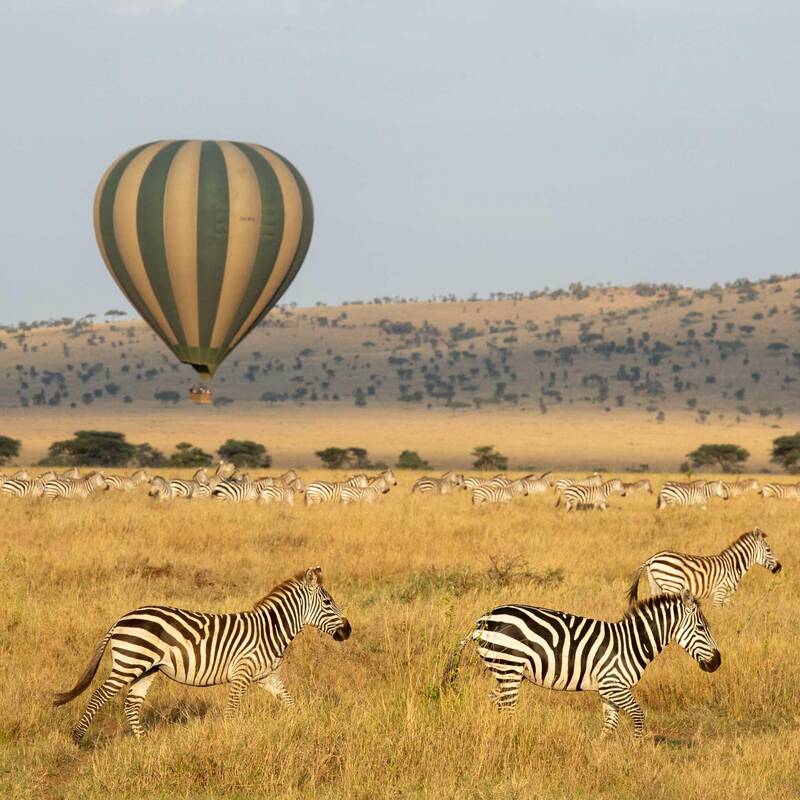
Balloon Safari over the Serengeti
Three hours - approx. one hour flight
As the sun rises over the Serengeti National Park in northern Tanzania, climb aboard for an extraordinary adventure. For an hour you’ll float in a hot air balloon over beautiful savannah and woodland and a diversity of plains wildlife.
More about Balloon SafariOther lodges in Serengeti Migration Area
Alternative places to stay in this same area.
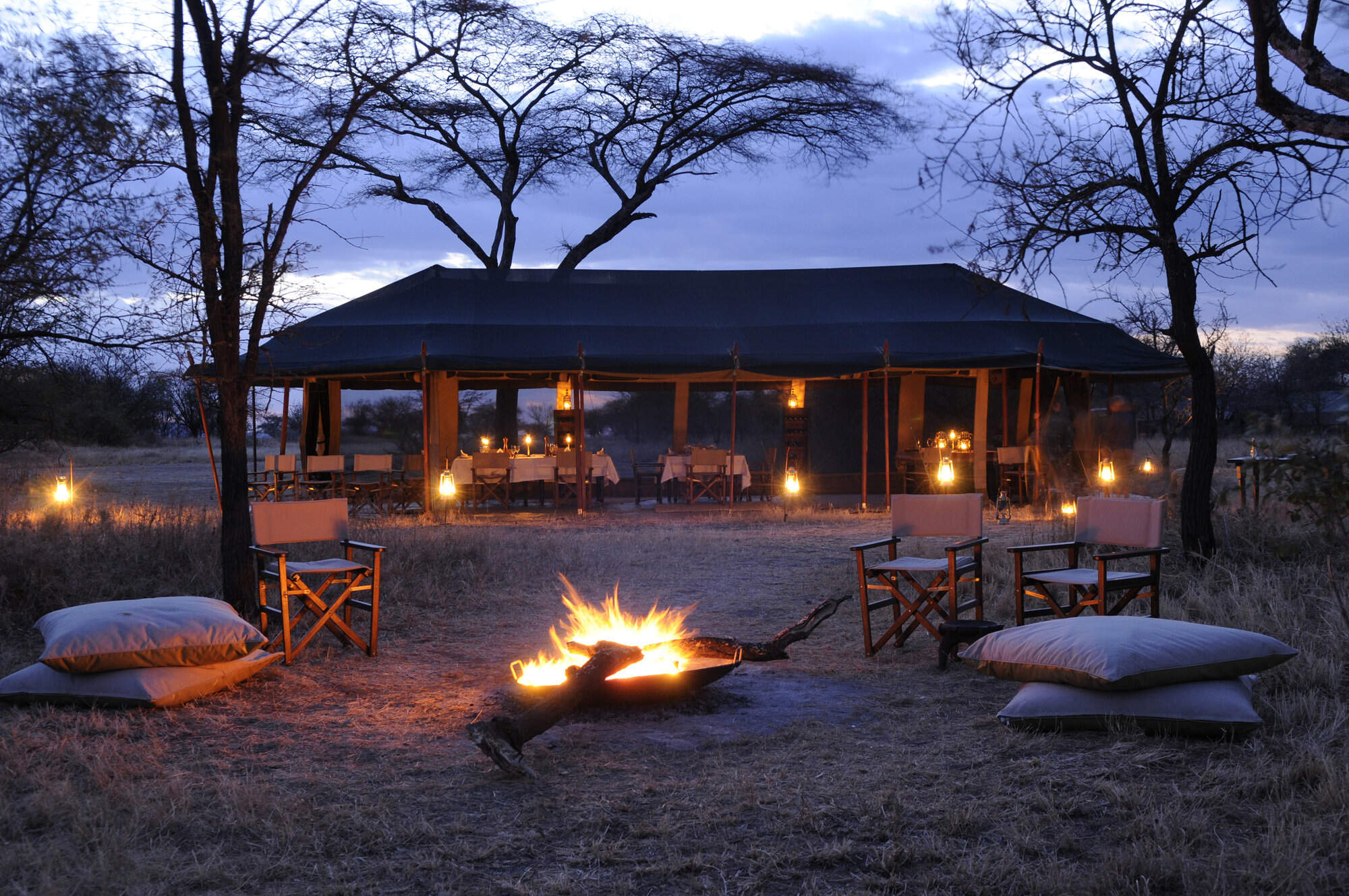
Olakira Camp
Comfortable, friendly and relaxed, Olakira Camp moves between the Mara River and the southern Ndutu area, in line with the wildebeest migration.
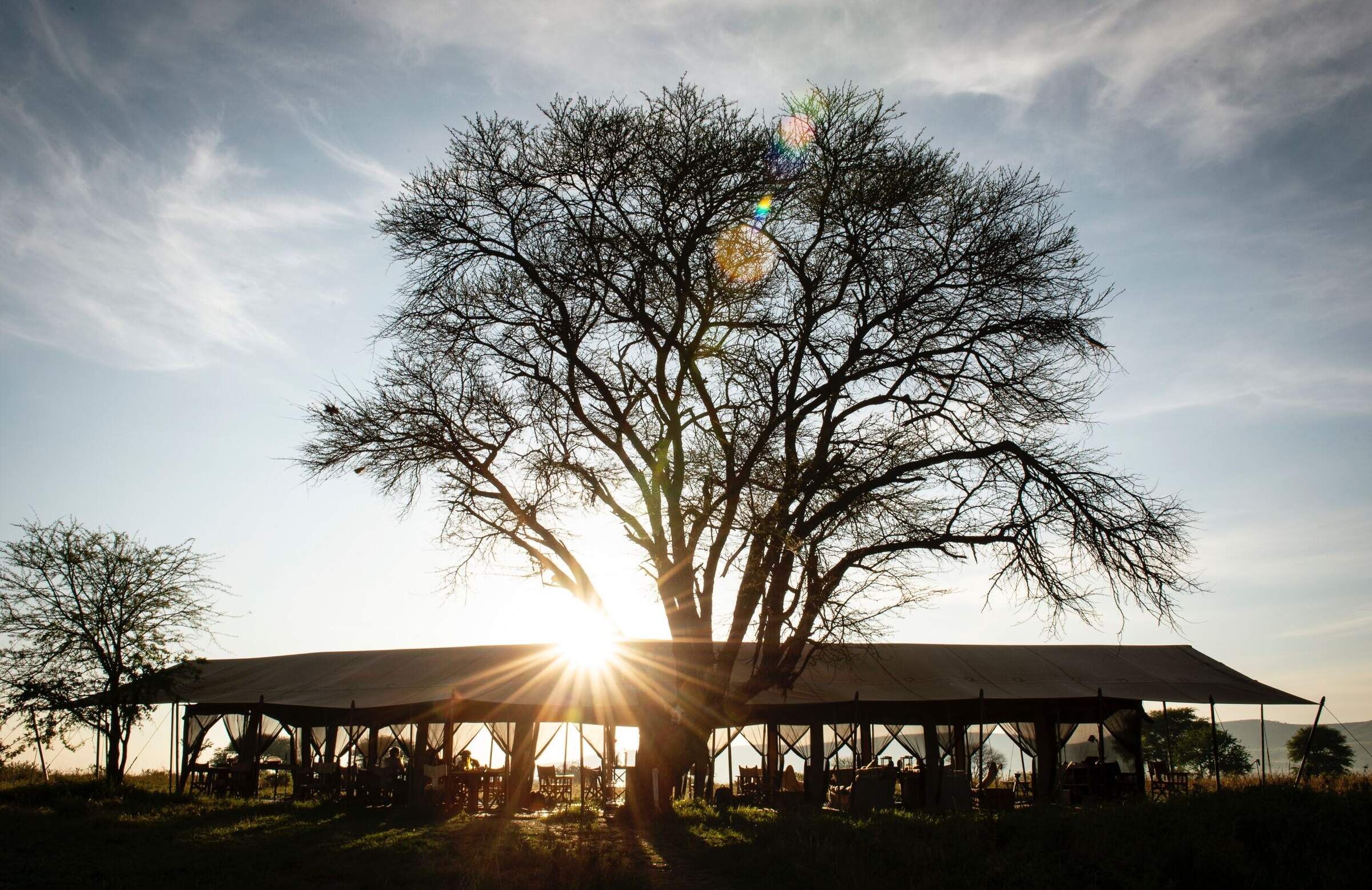
Nomad Serengeti Camp
Serengeti Safari Camp is a well-appointed tented camp that moves several times a year to follow the predicted path of the migration.
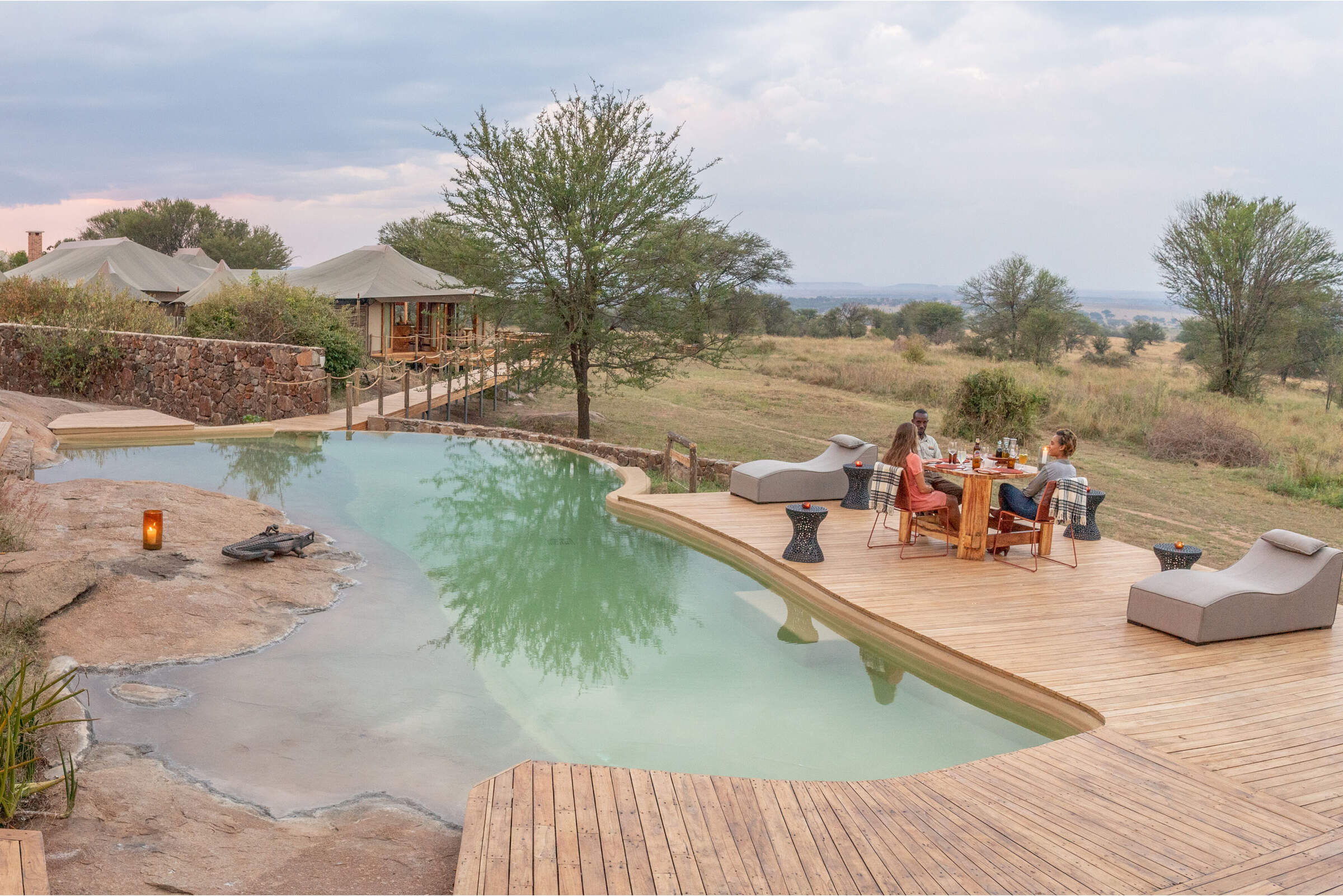
Sayari Camp
In the northern Serengeti, near the Mara River, luxurious Sayari Camp offers excellent wildife all year – boosted further by the wildebeest migration.
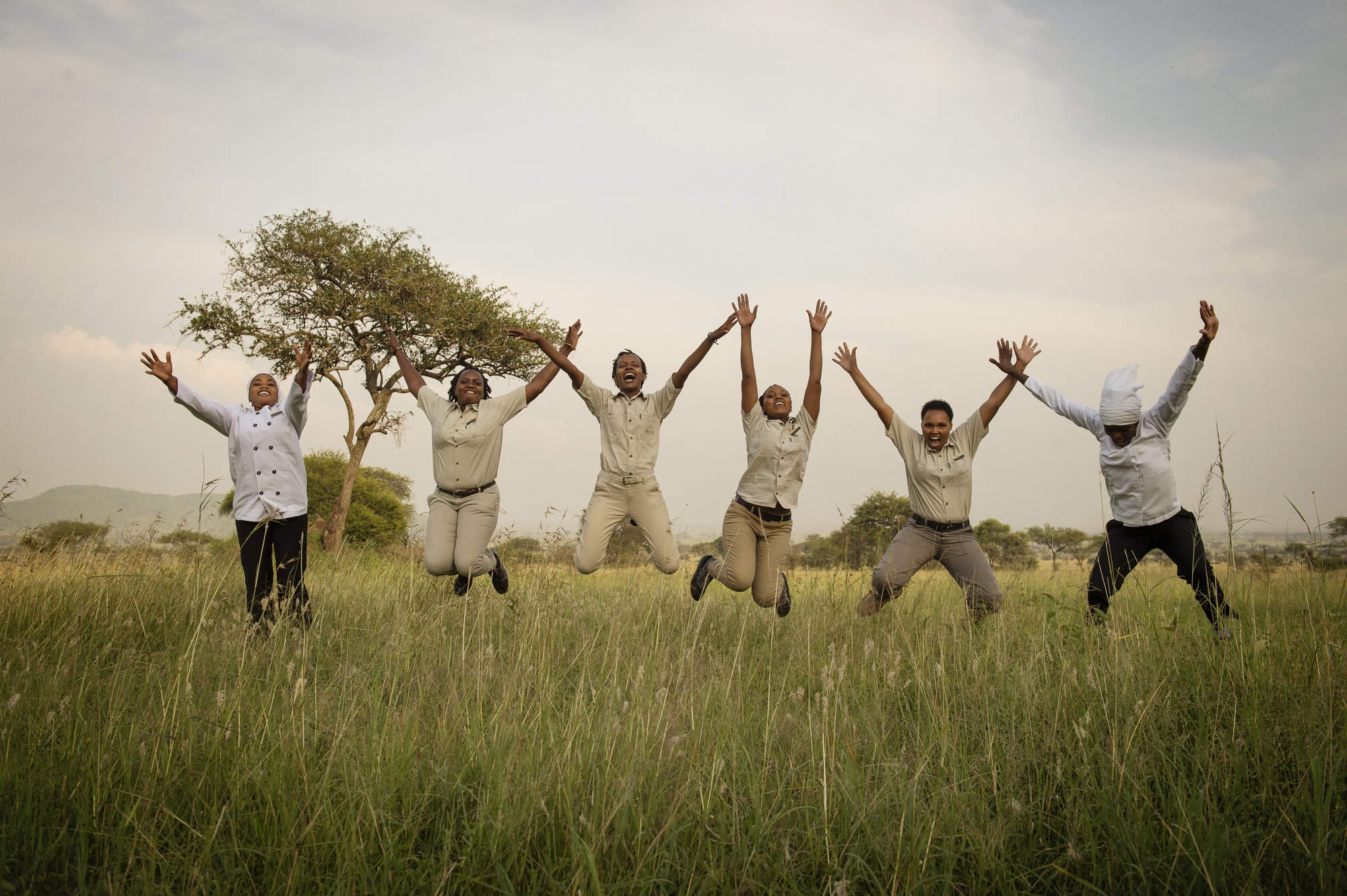
Dunia Camp
Dunia Camp is well located for the migration from December to March, and has excellent game viewing for the rest of the year.
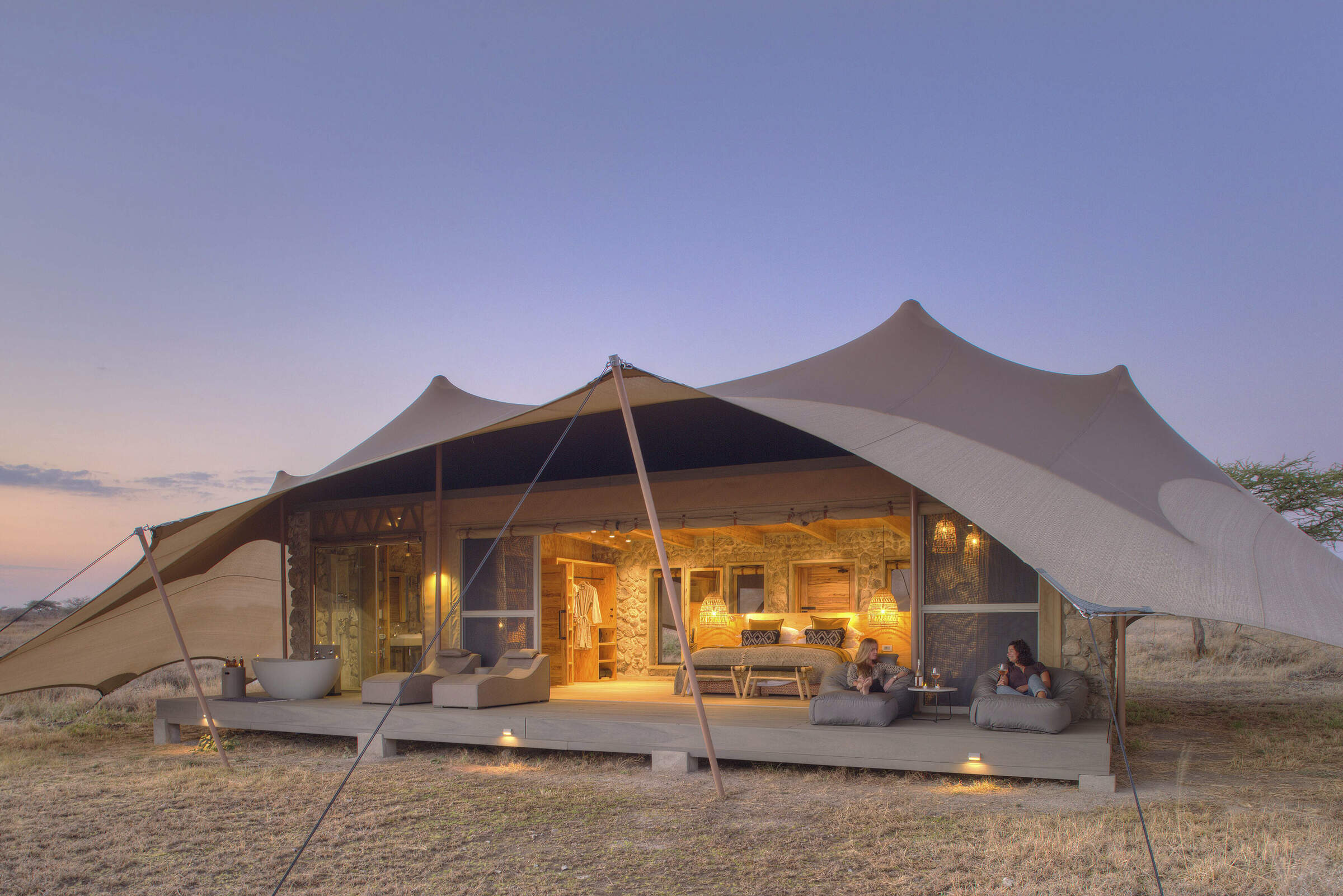
Namiri Plains Camp
Namiri Plains is one of the best camps in the Serengeti and its remoteness ensures a fantastic wildlife experience away from the crowds.
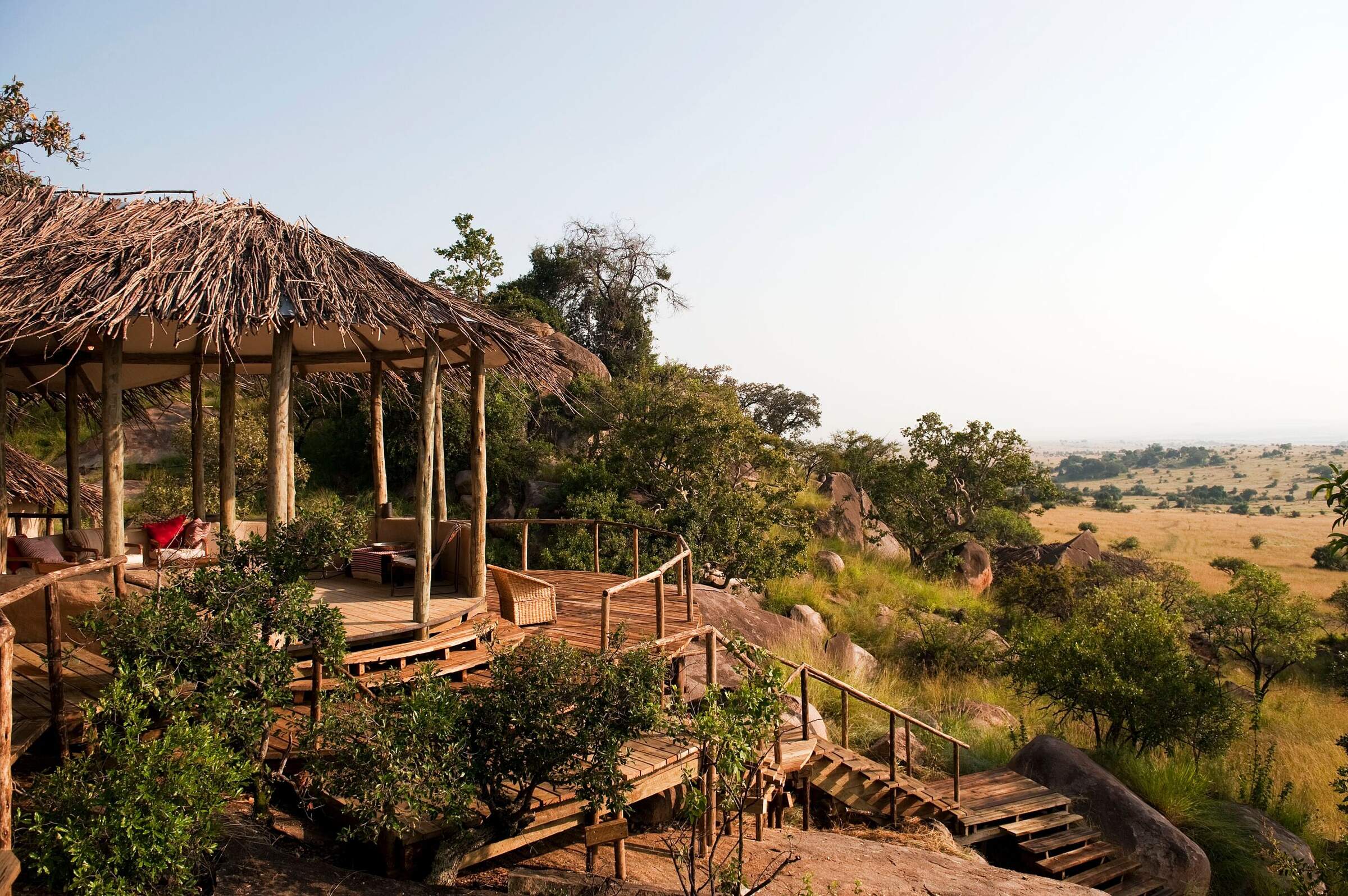
Lamai Serengeti
Set high in the kopjes with fantastic views, Lamai Serengeti offers top service and guiding and good migration sightings from Jul-Oct.
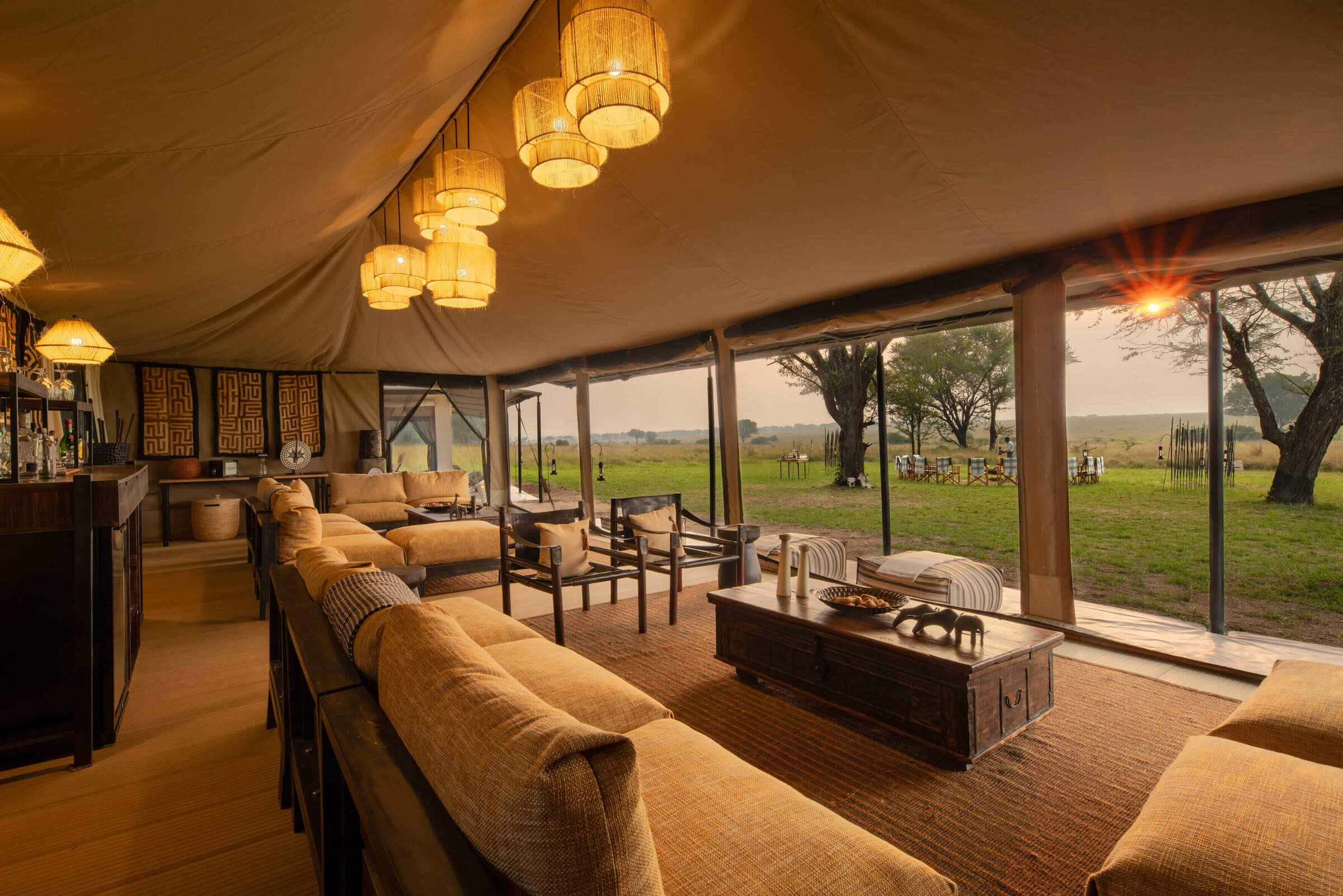
Ubuntu Camp
Ubuntu Camp has several locations in the Serengeti, following the wildebeest migration, so it is often in a great location to see the herds.
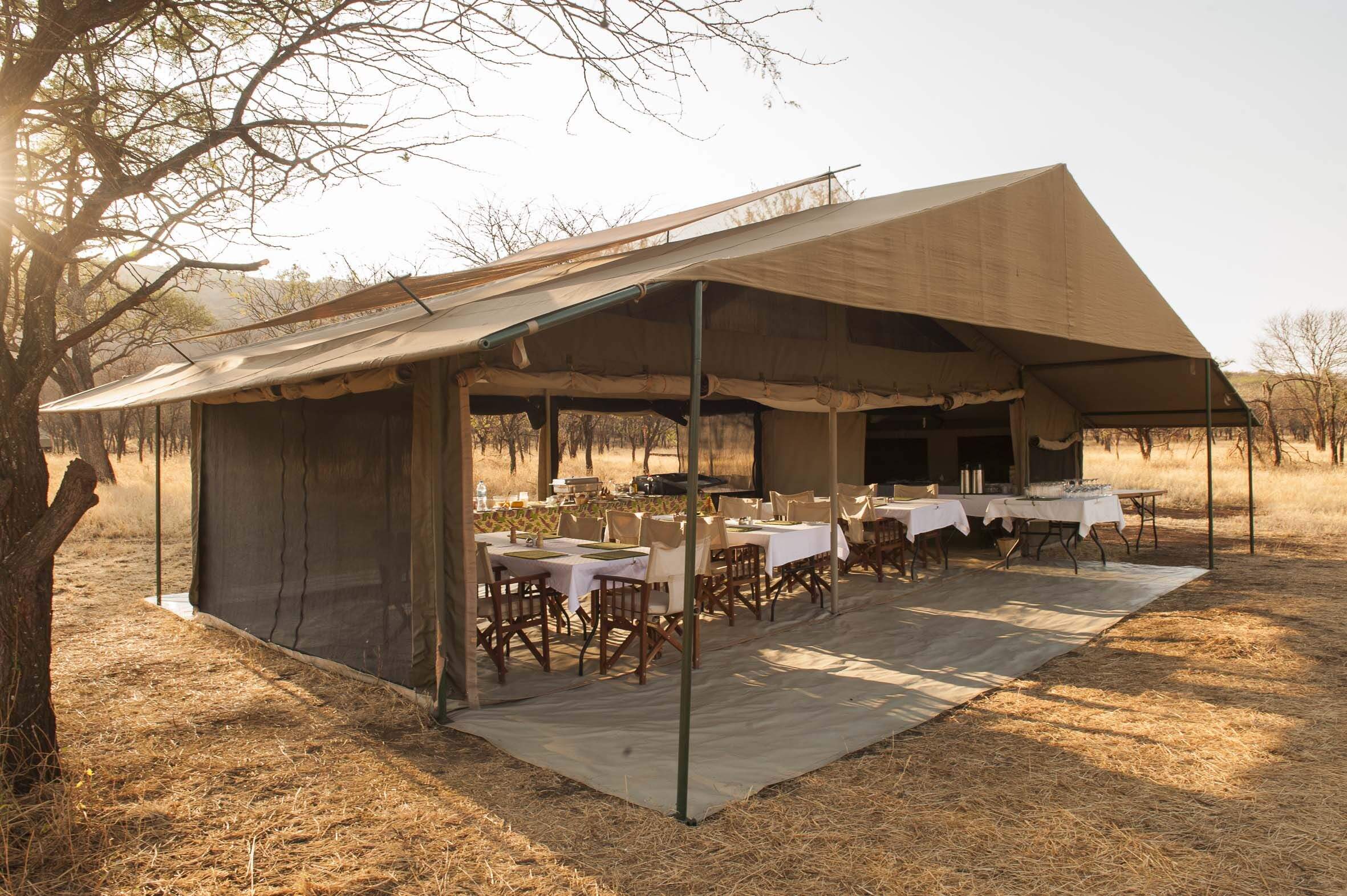
Kati Kati Camp
Kati Kati is a small, very simple bushcamp, which is well-positioned to explore the wildlife-rich Seronera area.
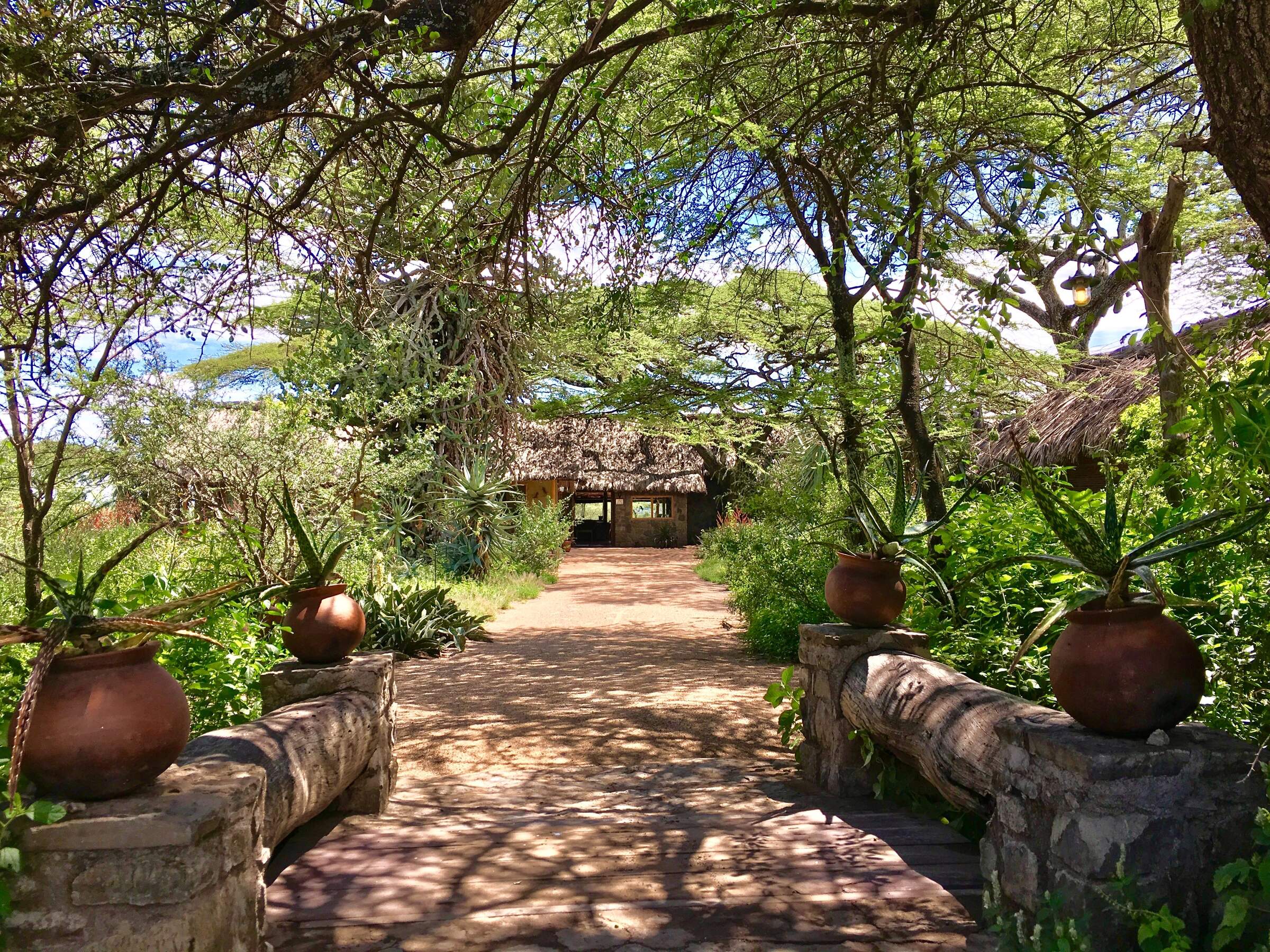
Ndutu Safari Lodge
Large and economical, but not luxurious, Ndutu Safari Lodge is well located in the southern Serengeti, so book early to get space.
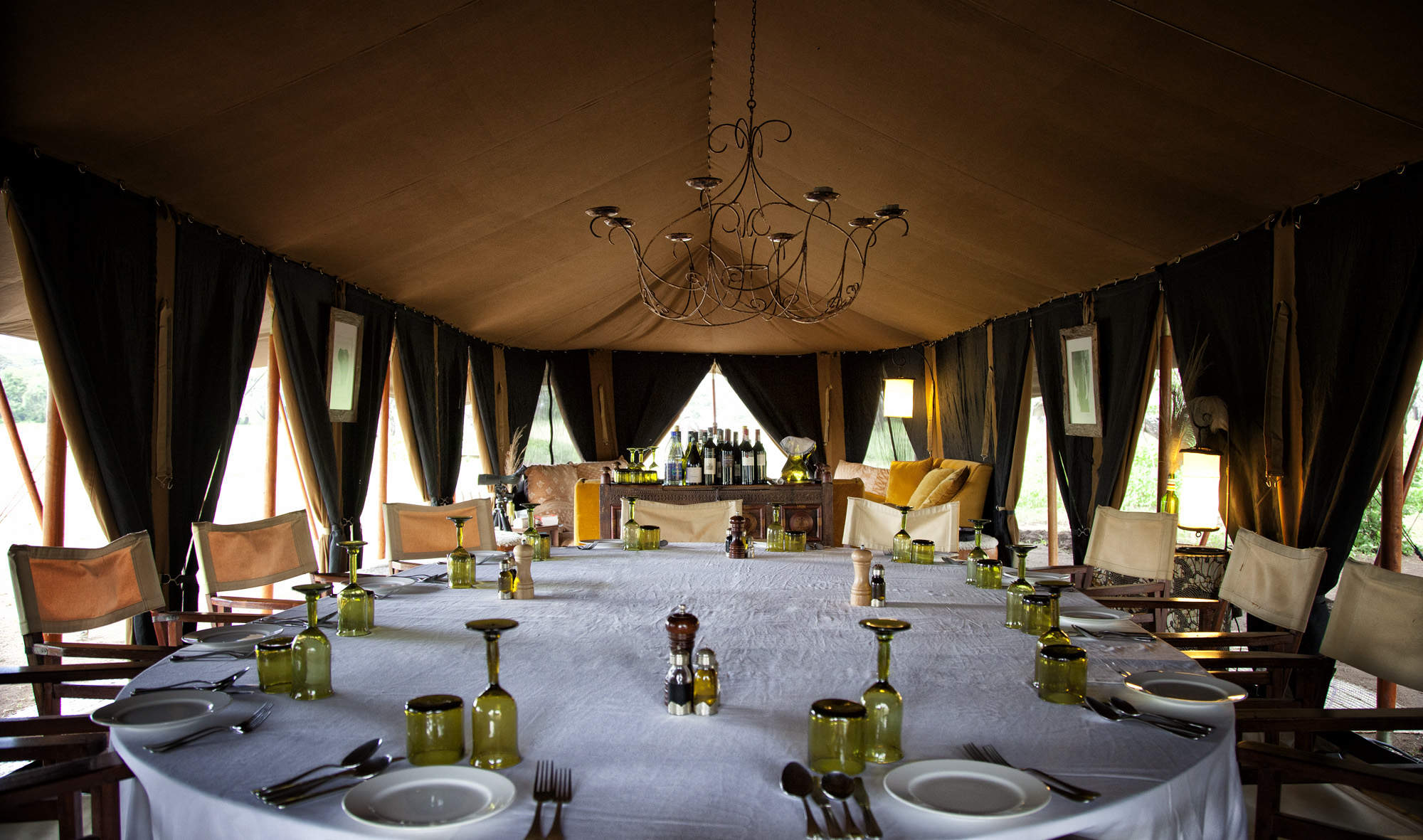
Serian Serengeti
Serian Serengeti is a mobile tented operation run by Alex Walker which moves between two locations following the wildebeest migration.
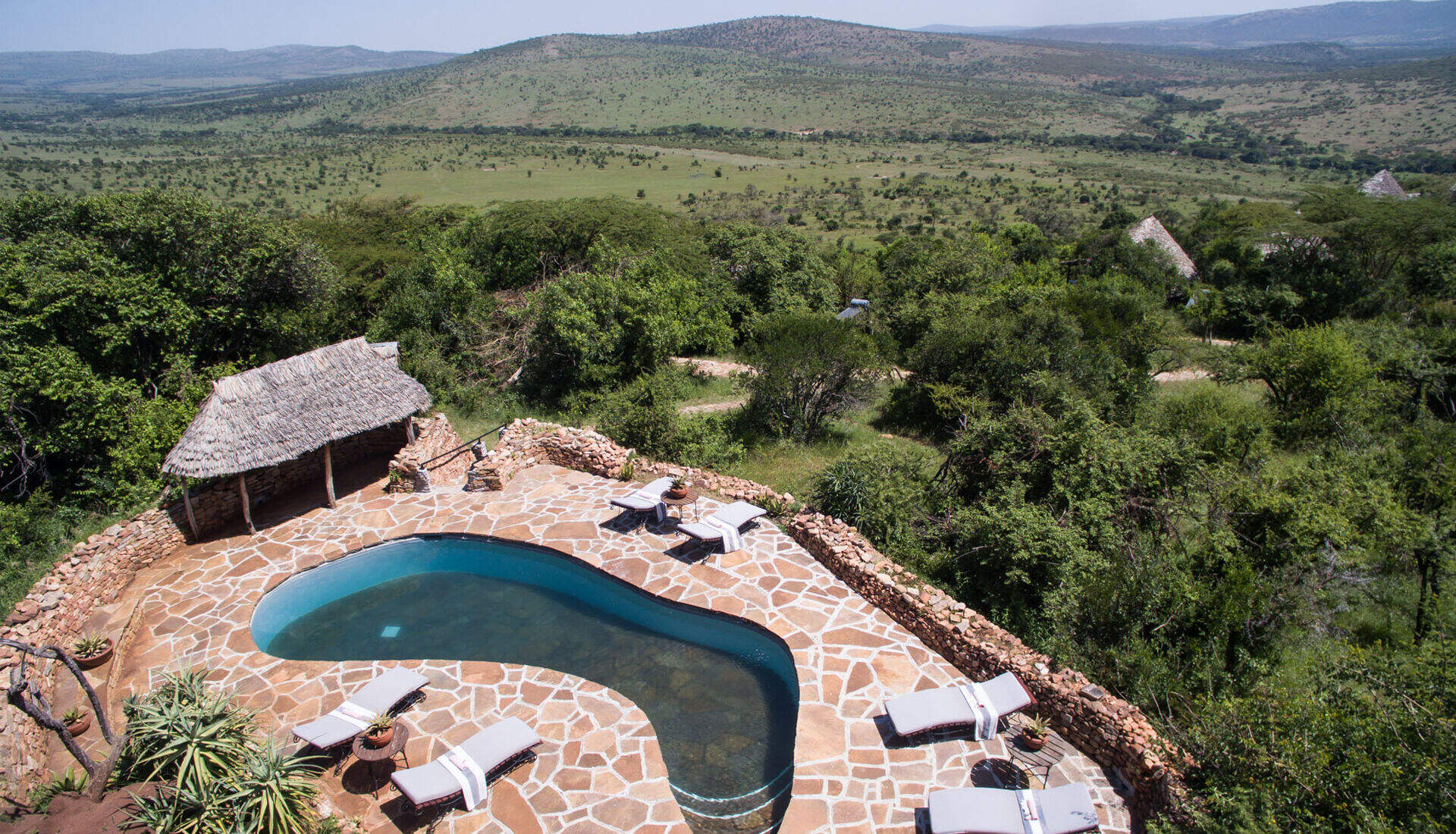
Klein's Camp
Klein's Camp, in a private area of the northern Serengeti, sets high standards. Activities include walks, nights drives and Maasai village visits.
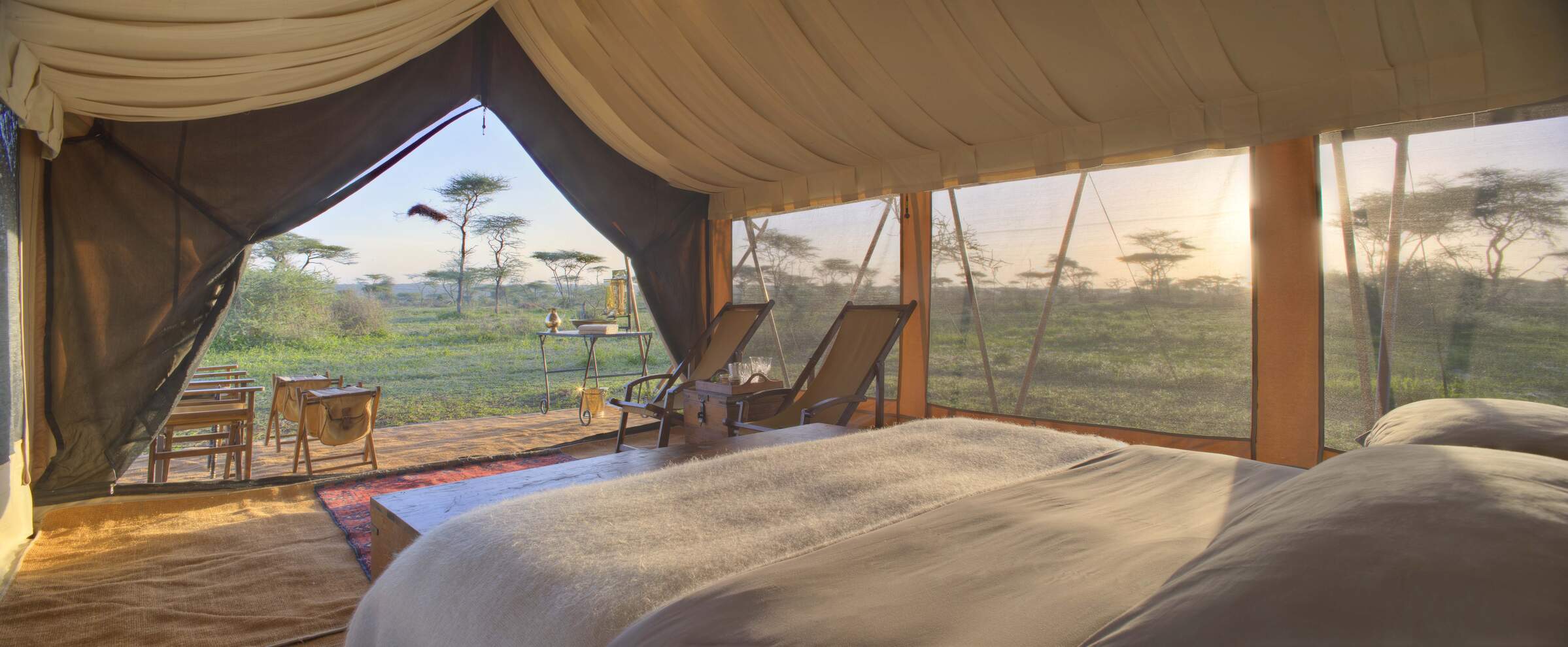
Serengeti under Canvas
Two of the three Serengeti under Canvas camps move through the Serengeti National Park every few months to follow the wildebeest migration.
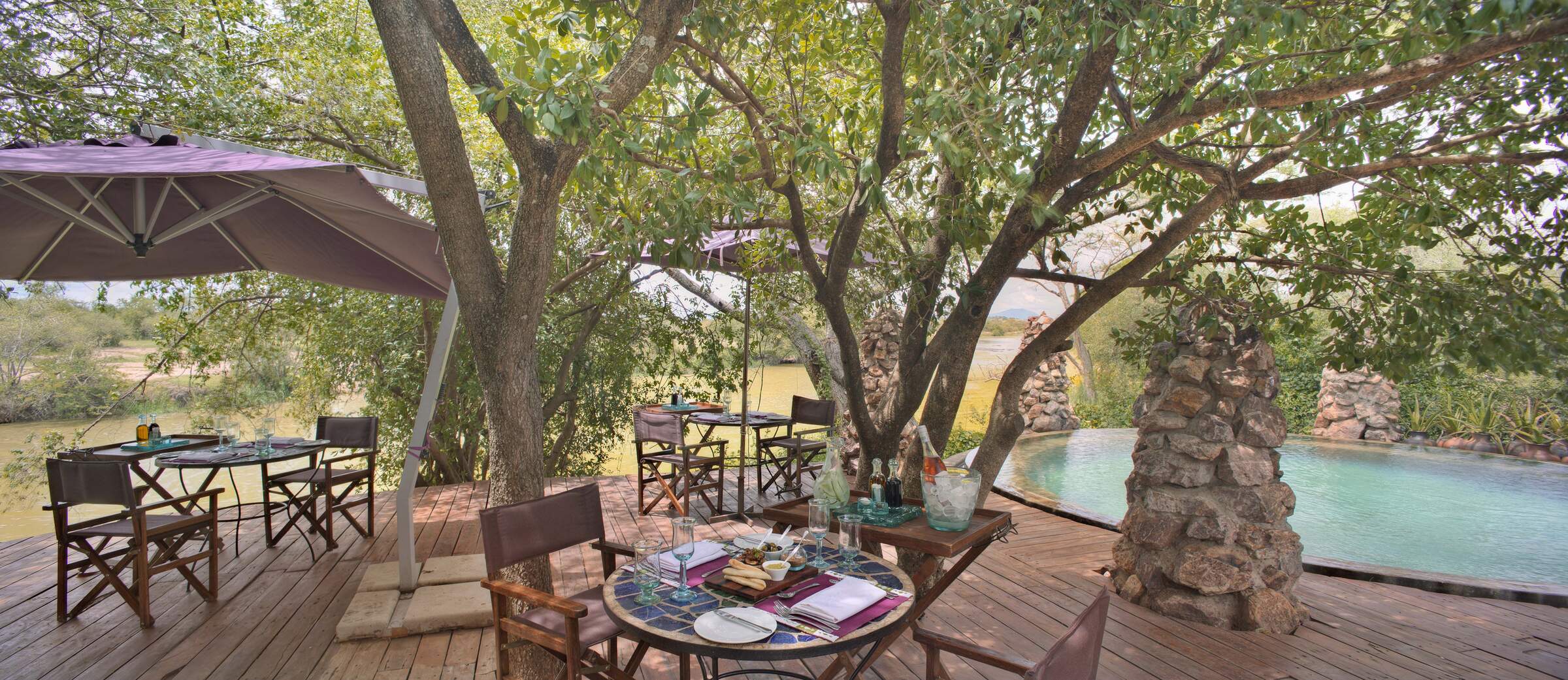
Grumeti River Camp
Grumeti River Camp offers a laid-back atmosphere combined with top service, first-rate food, expert guiding and an excellent location.
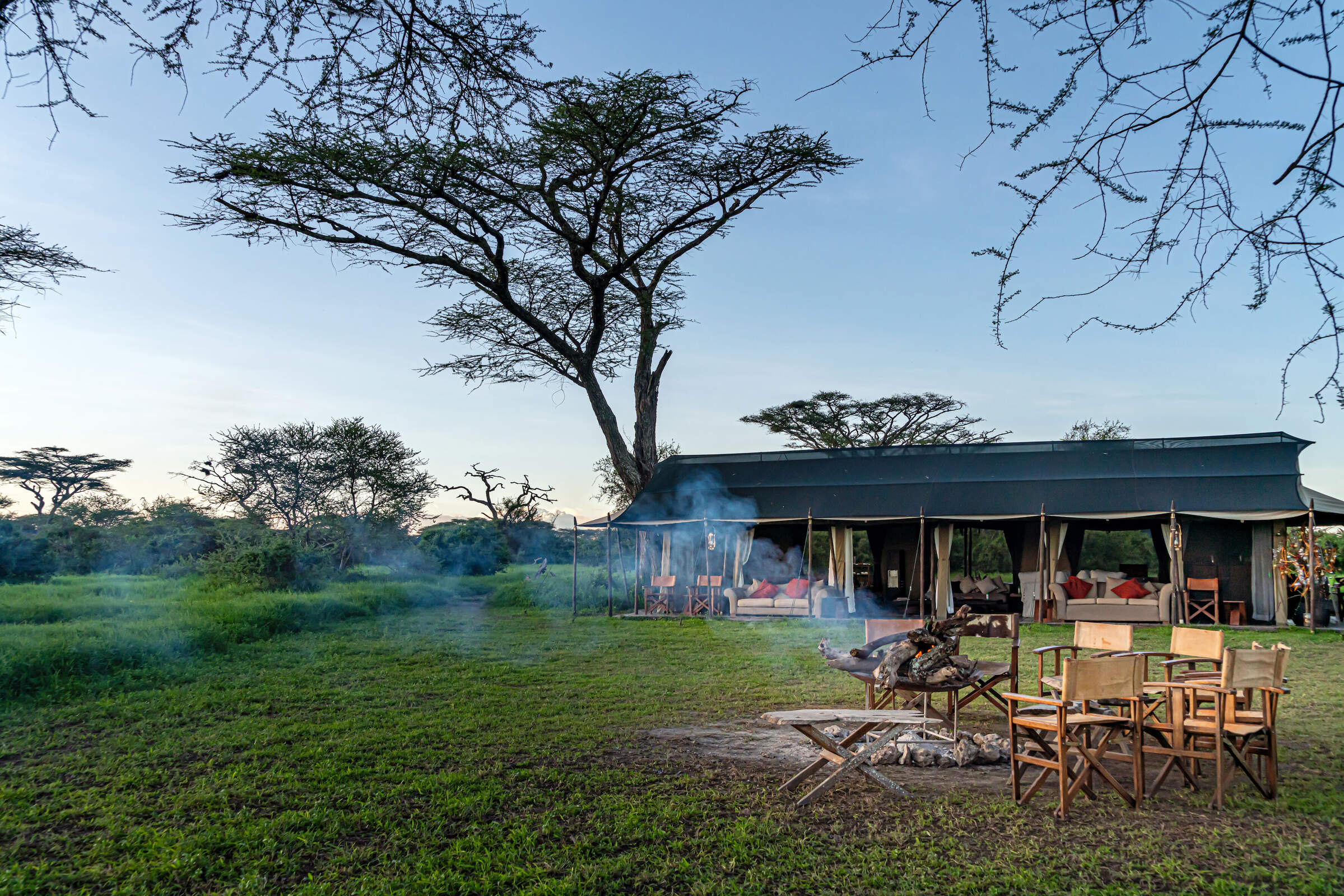
Lemala Mara-Ndutu
Lemala Mara-Ndutu is a semi-permanent camp that moves between the north and south of the Serengeti to witness the wildebeest migration.
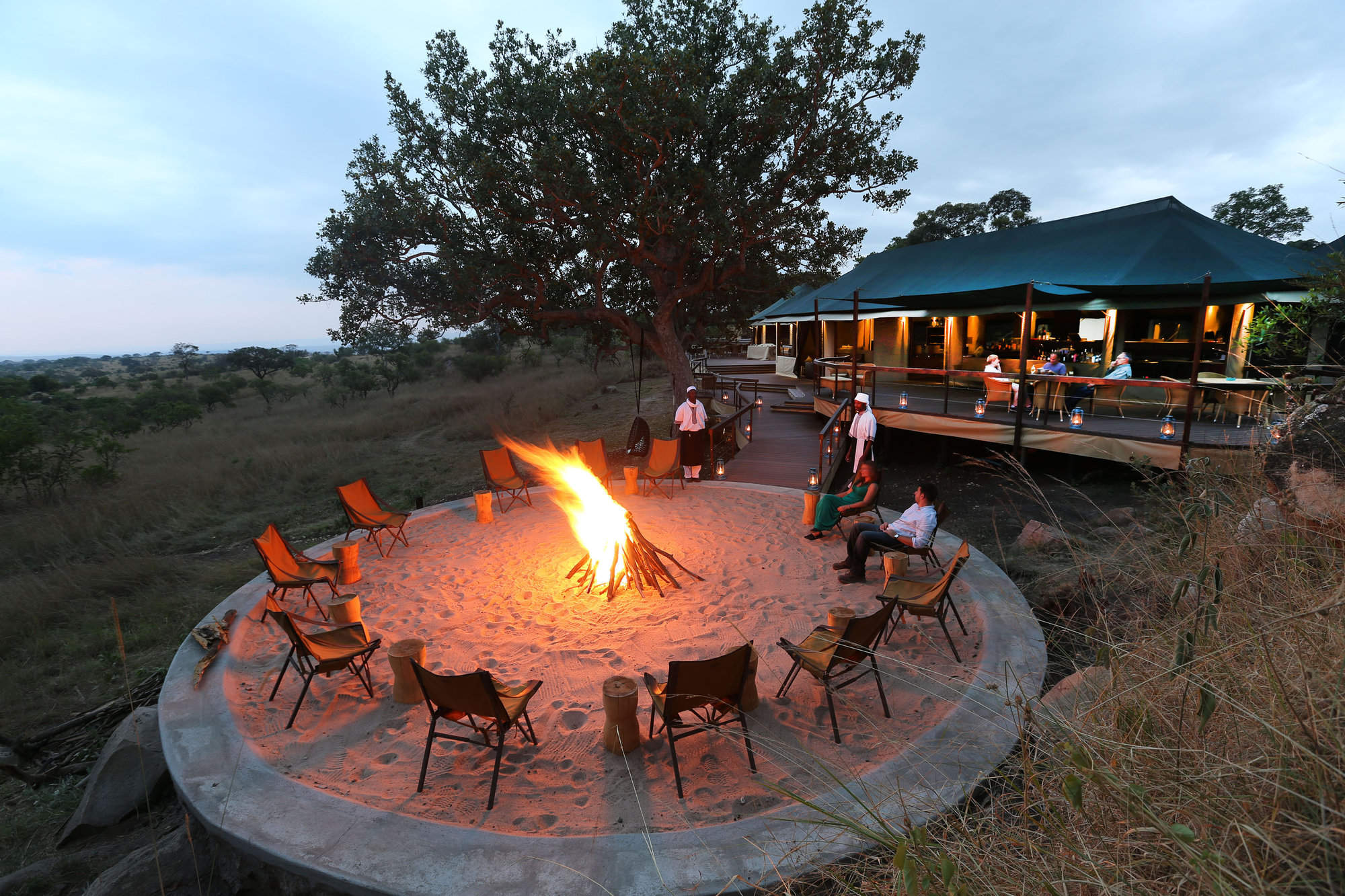
Lemala Kuria Hills
Lemala Kuria Hills is a luxury permanent camp that is ideally located for wildlife all year around, but especially during the wildebeest migration.
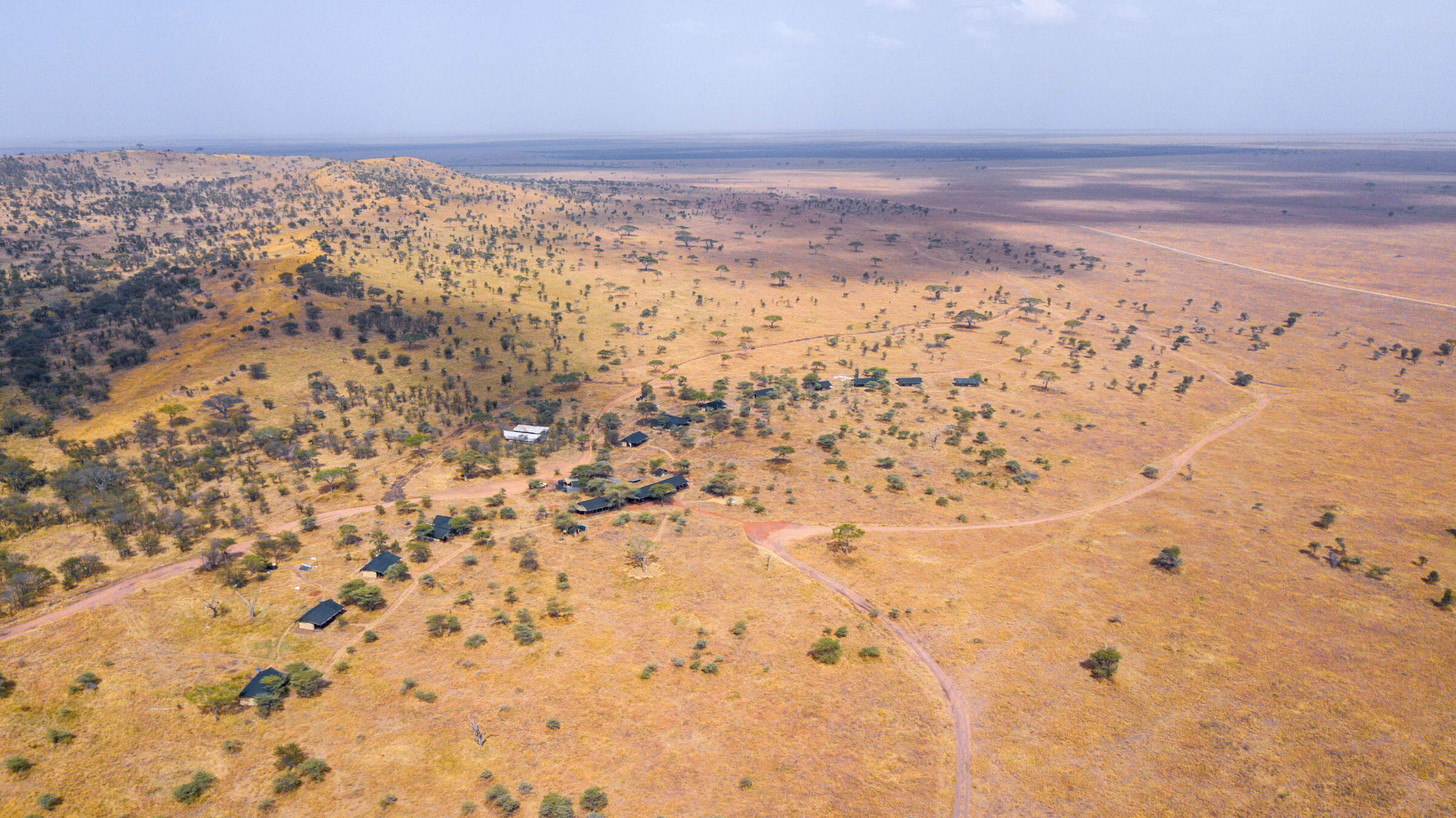
Lemala Ewanjan
Lemala Ewanjan is a comfortable and stylish tented camp in the Seronera area of the central Serengeti National Park.
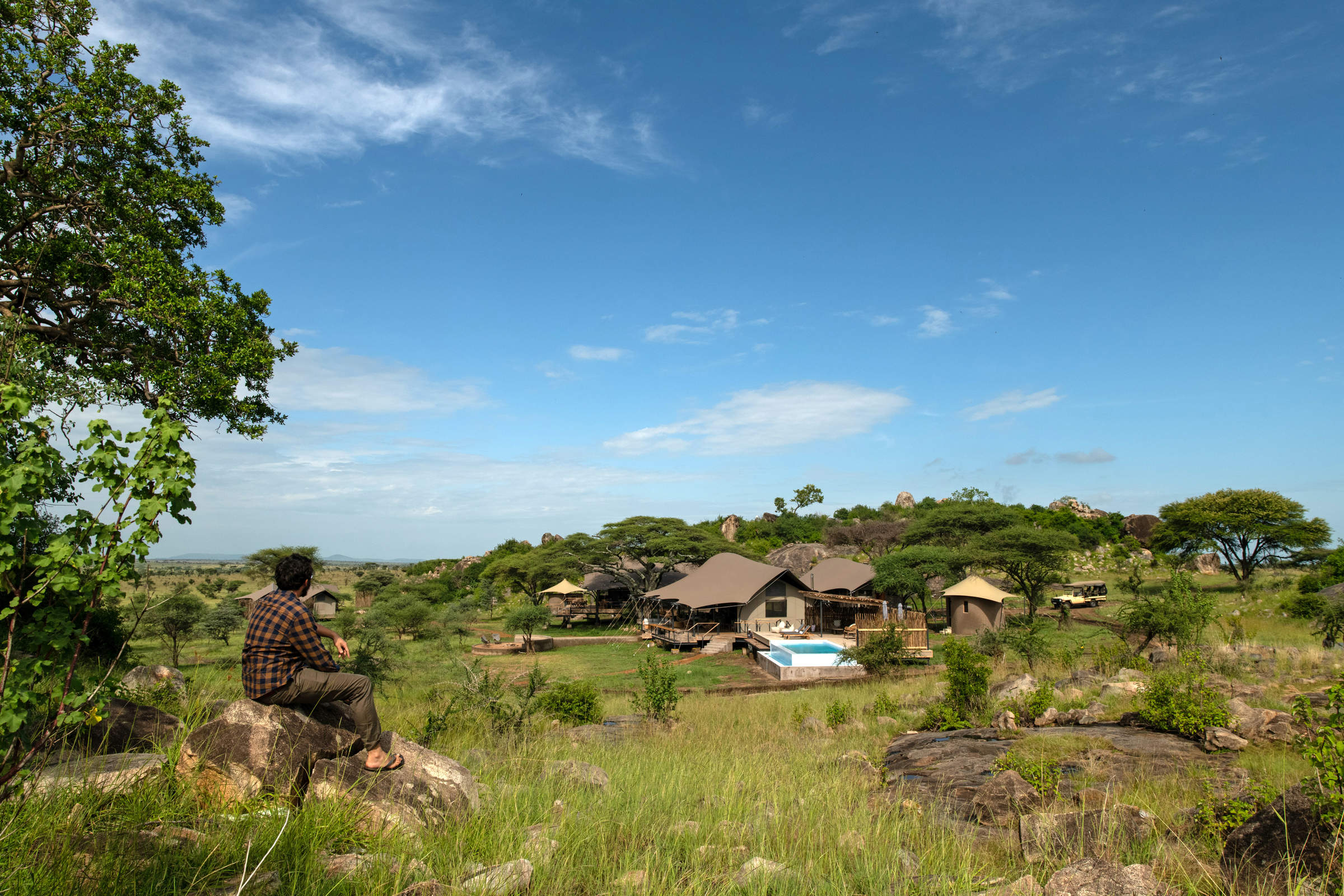
Lemala Nanyukie
Lemala Nanyukie is a stylish camp located in the quieter part of the central Serengeti.
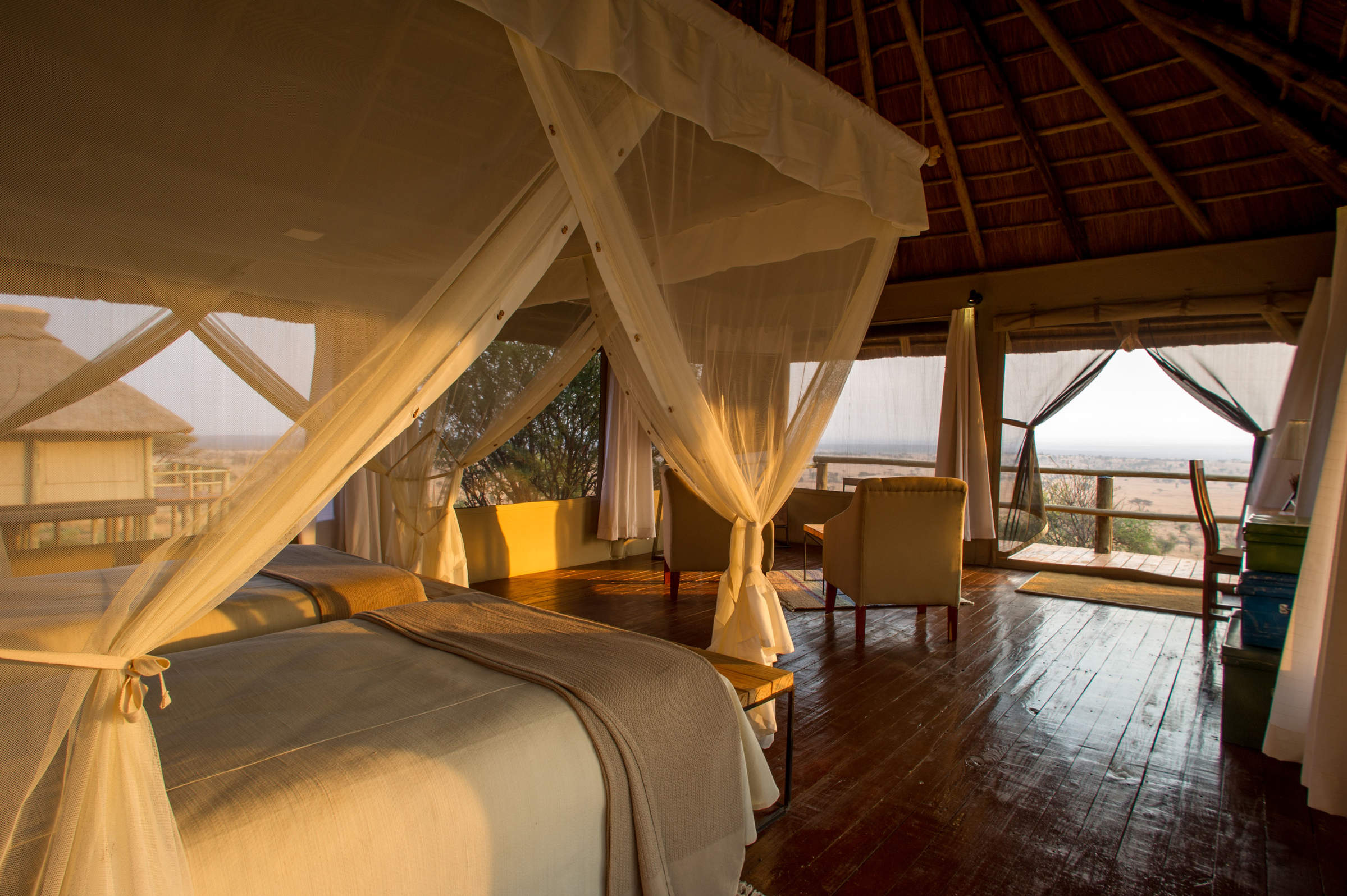
Kubu Kubu
Kubu Kubu is a contemporary, tented lodge, well located in the central Seronera area of the Serengeti National Park.
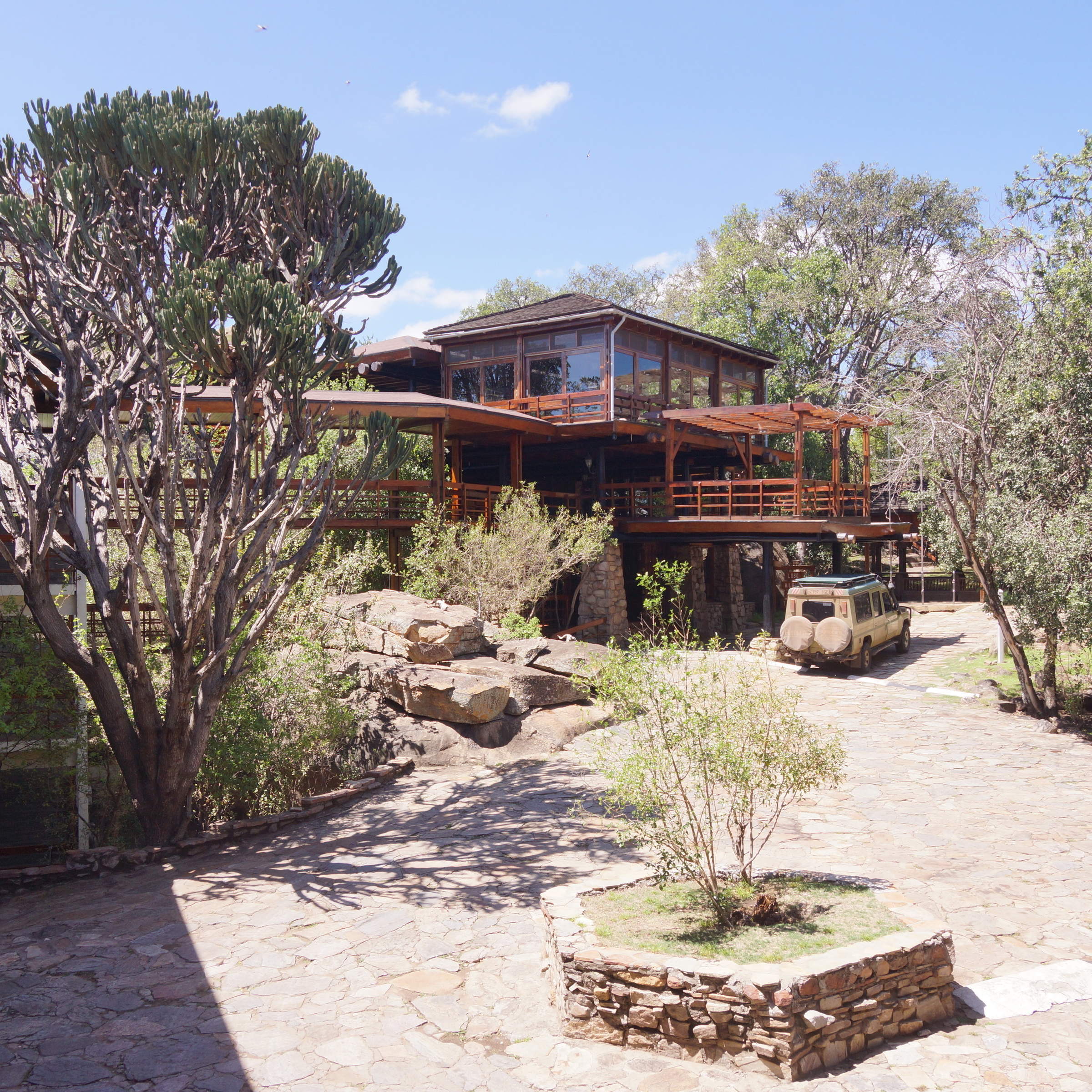
Lobo Wildlife Lodge
The large Lobo Wildlife Lodge has simple, functional rooms in a stunning location. It's a good base for exploring the north-eastern Serengeti.
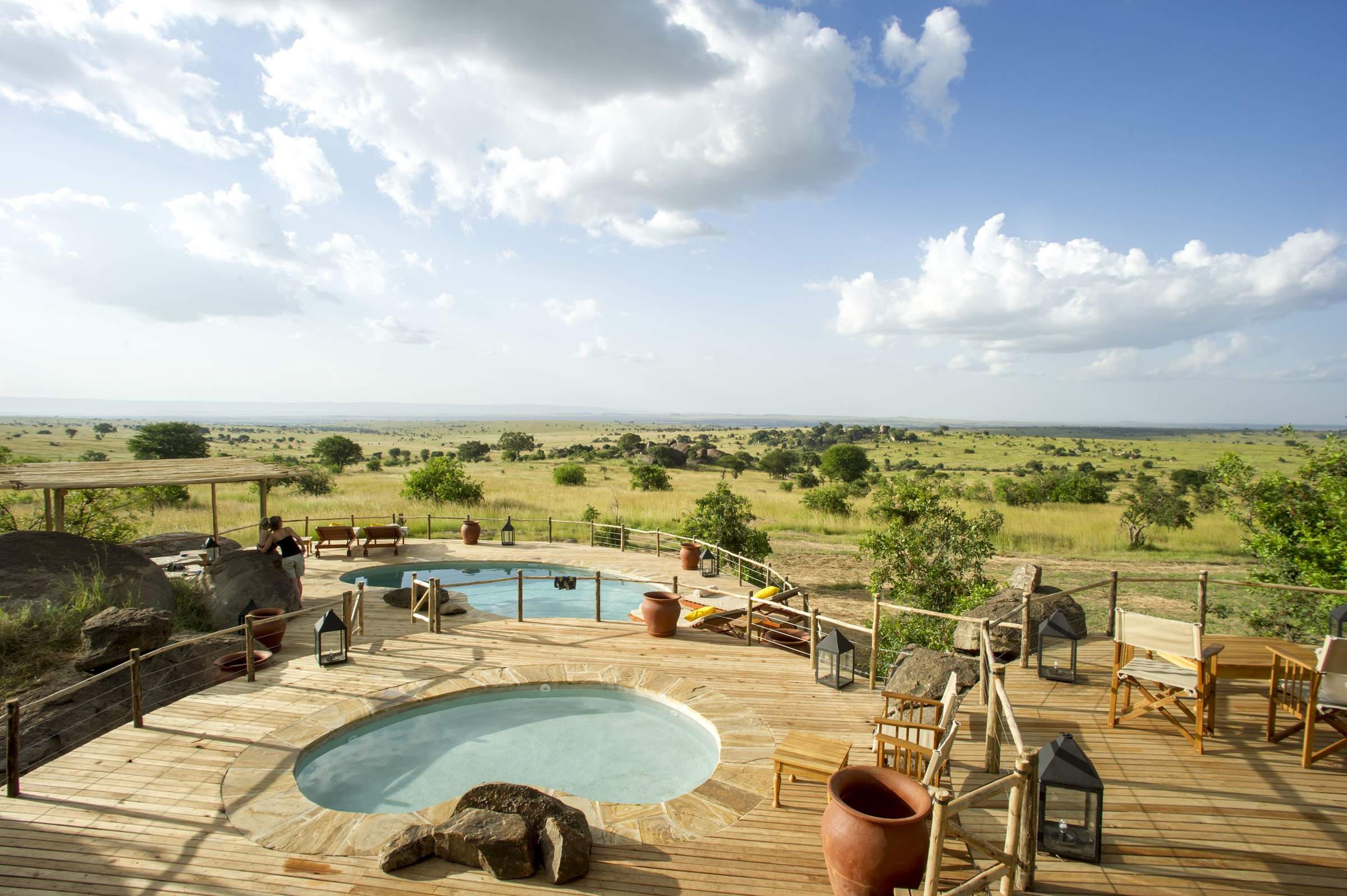
Mkombe's House Lamai
Mkombe's House Lamai is a fully staffed private house in the Wogakuria Kopjes district of Serengeti National Park.
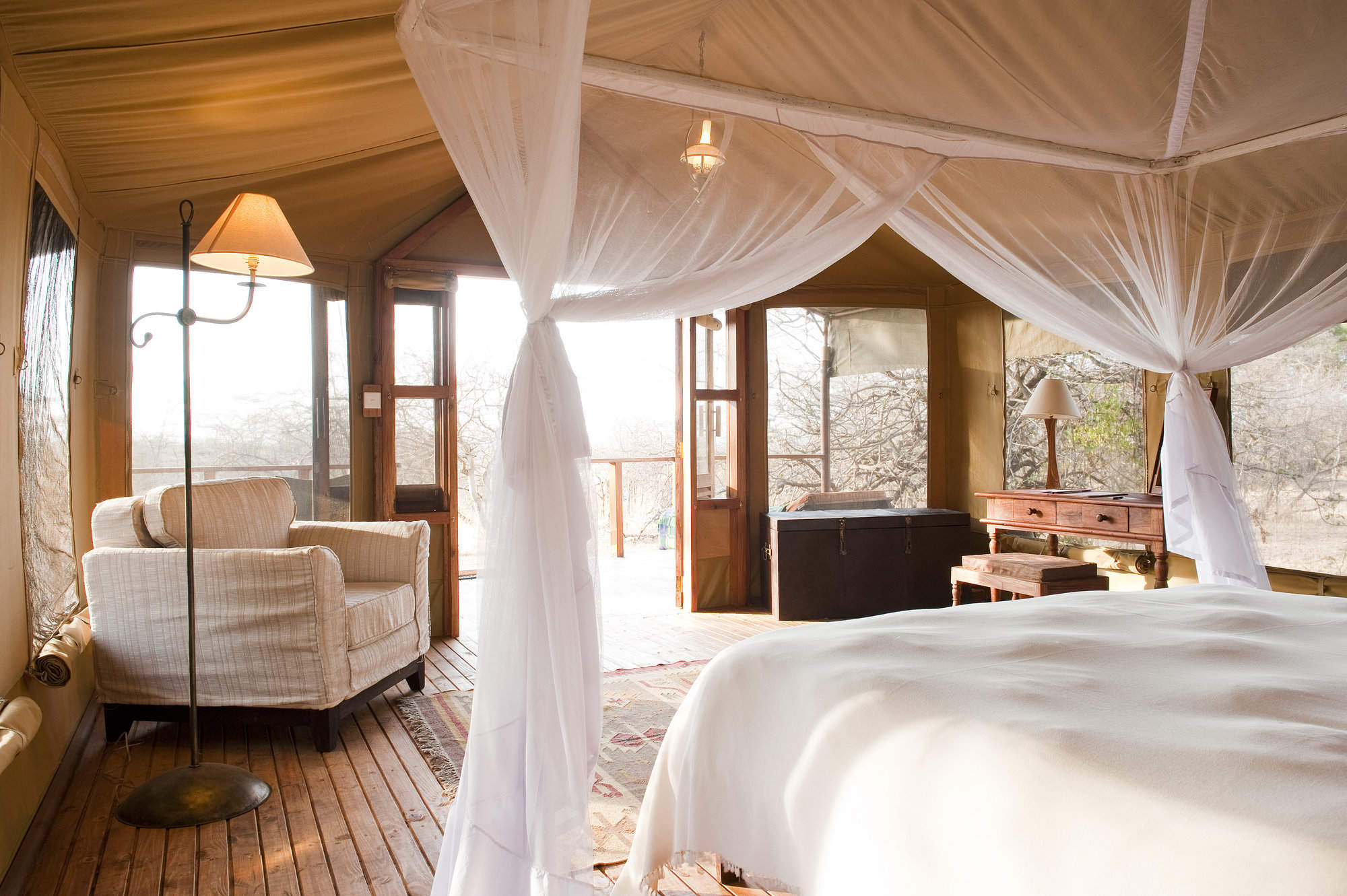
Kusini Camp
Kusini Camp is permanent, luxury camp located on a beautiful kopje in a quiet, wildlife-rich corner of the south-west Serengeti.
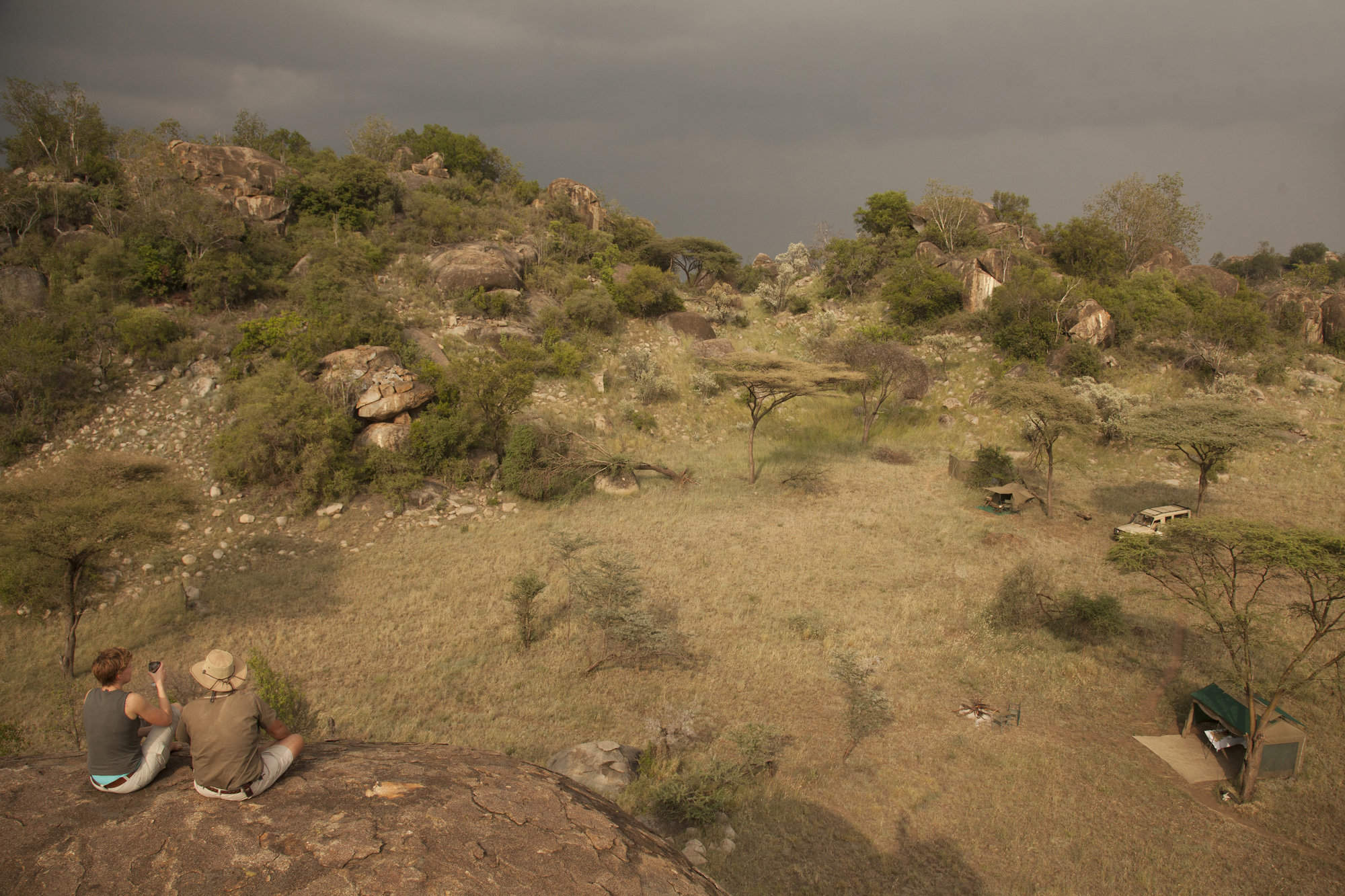
Serengeti Walking Mobile
This fairly simple camp offers only walking activities, but it's very well done and combines well with more conventional camps or lodges.
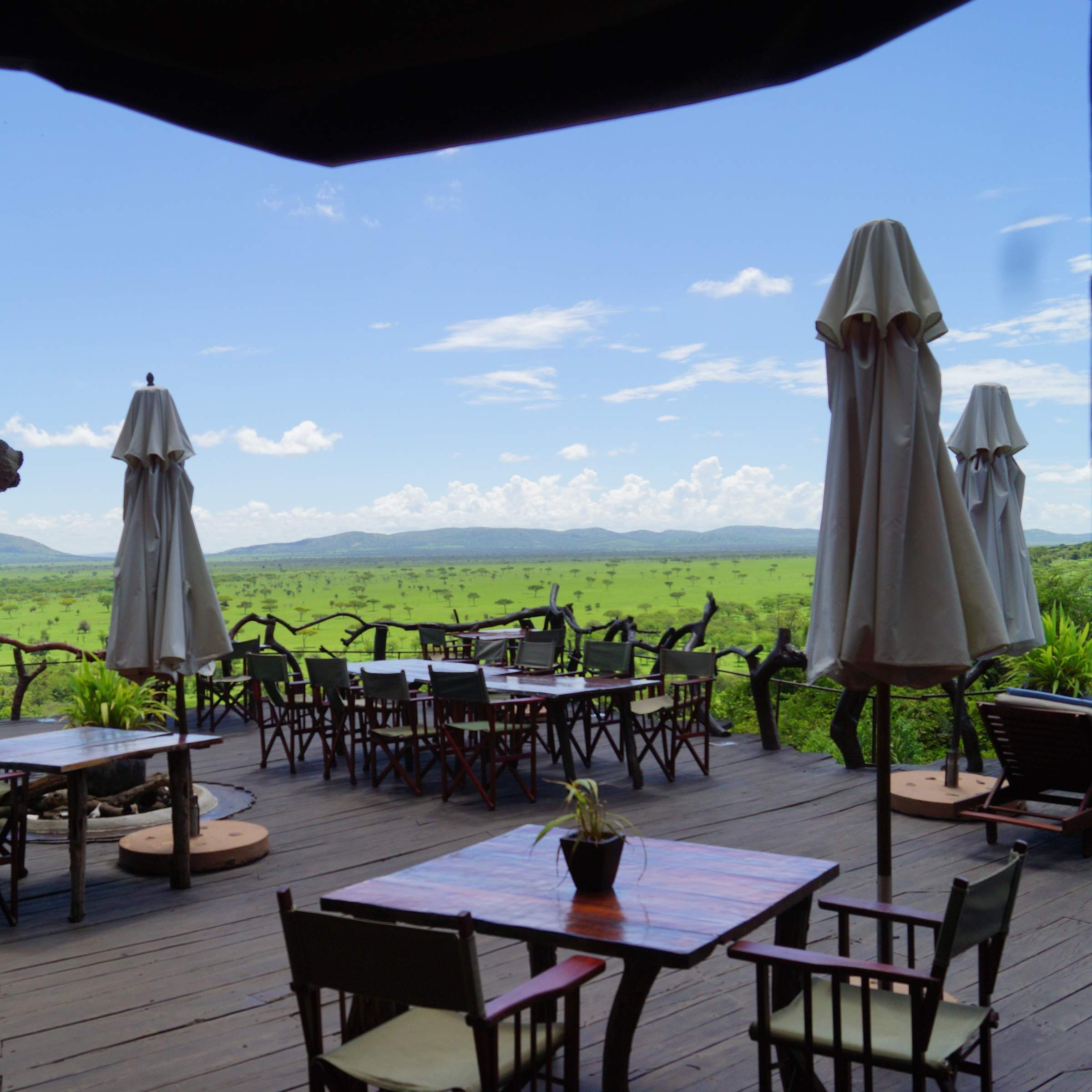
Mbalageti Lodge
Mbalageti is a well-run lodge in a quiet part of the Serengeti's western corridor – an ideal location during the Apr-Jun migration.
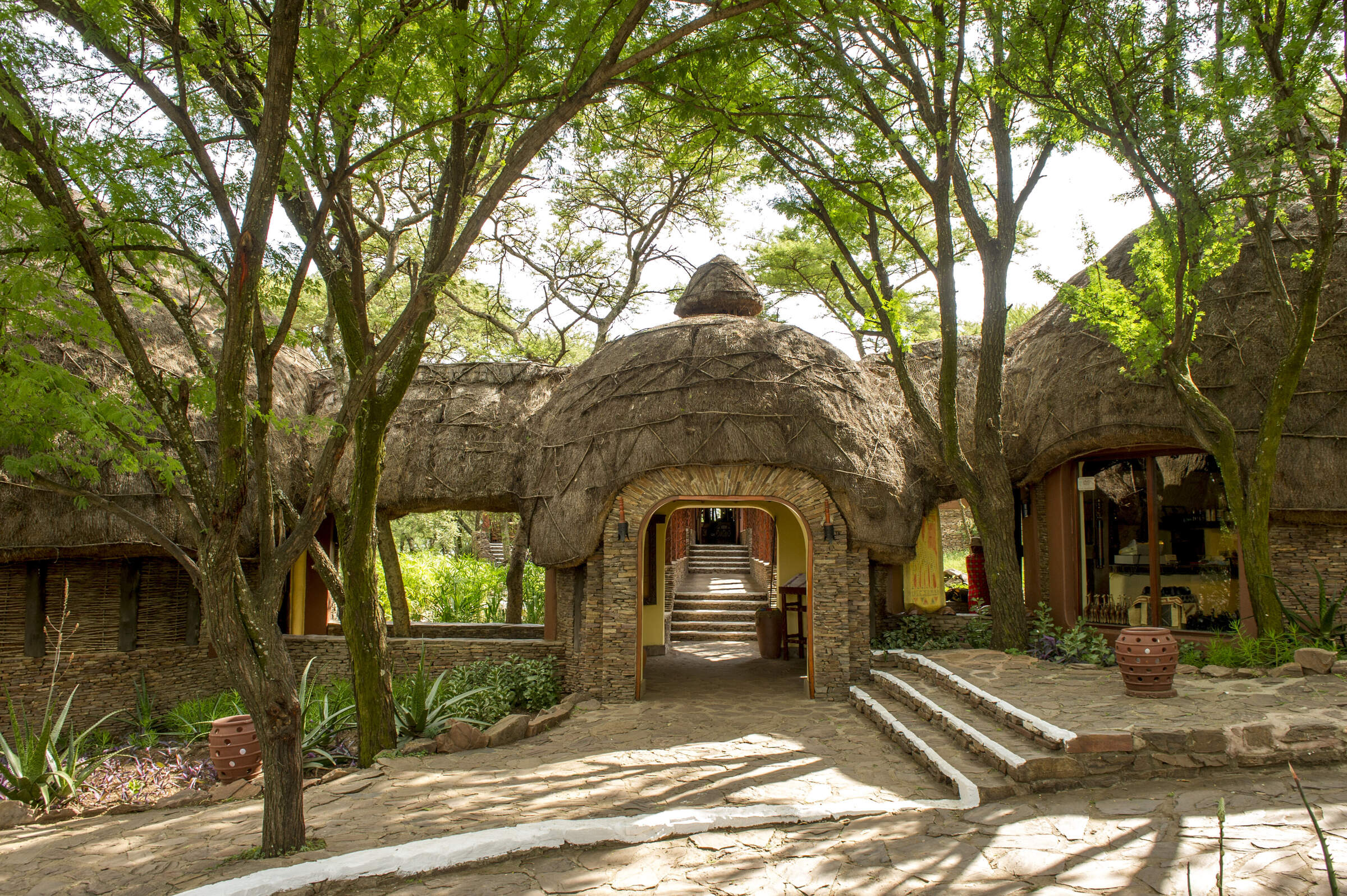
Serengeti Serena
The Serengeti Serena Safari Lodge is a large, hotel-style lodge and a good family-friendly base from which to explore the central Serengeti.
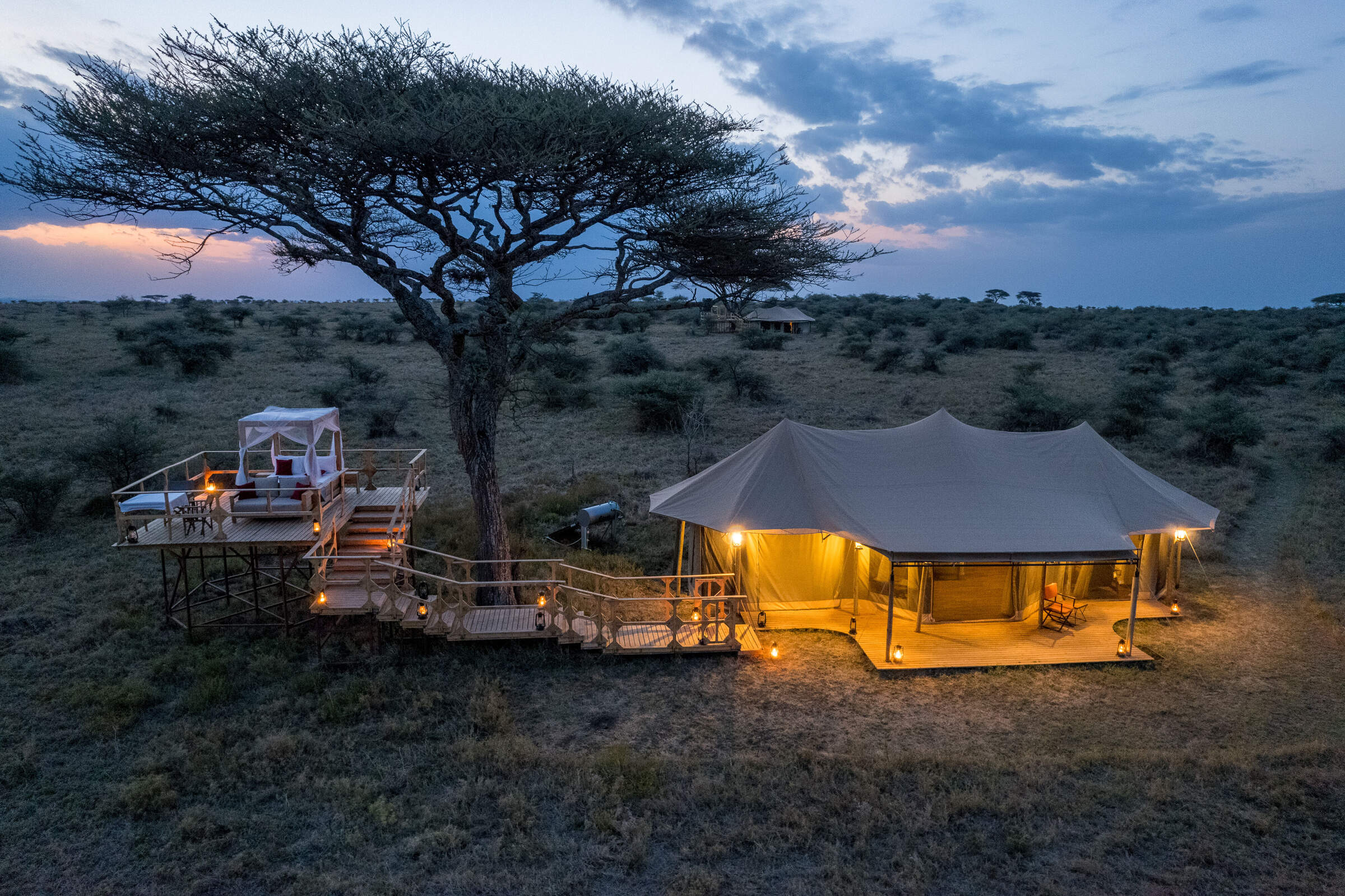
Olmara Camp
With just eight guest tents, including two family tents and three signature stargazer tents, Olmara is a simple, family-friendly camp with a wonderfully attentive team. The camp captures an authentic bush experience, welcoming travellers of every kind.
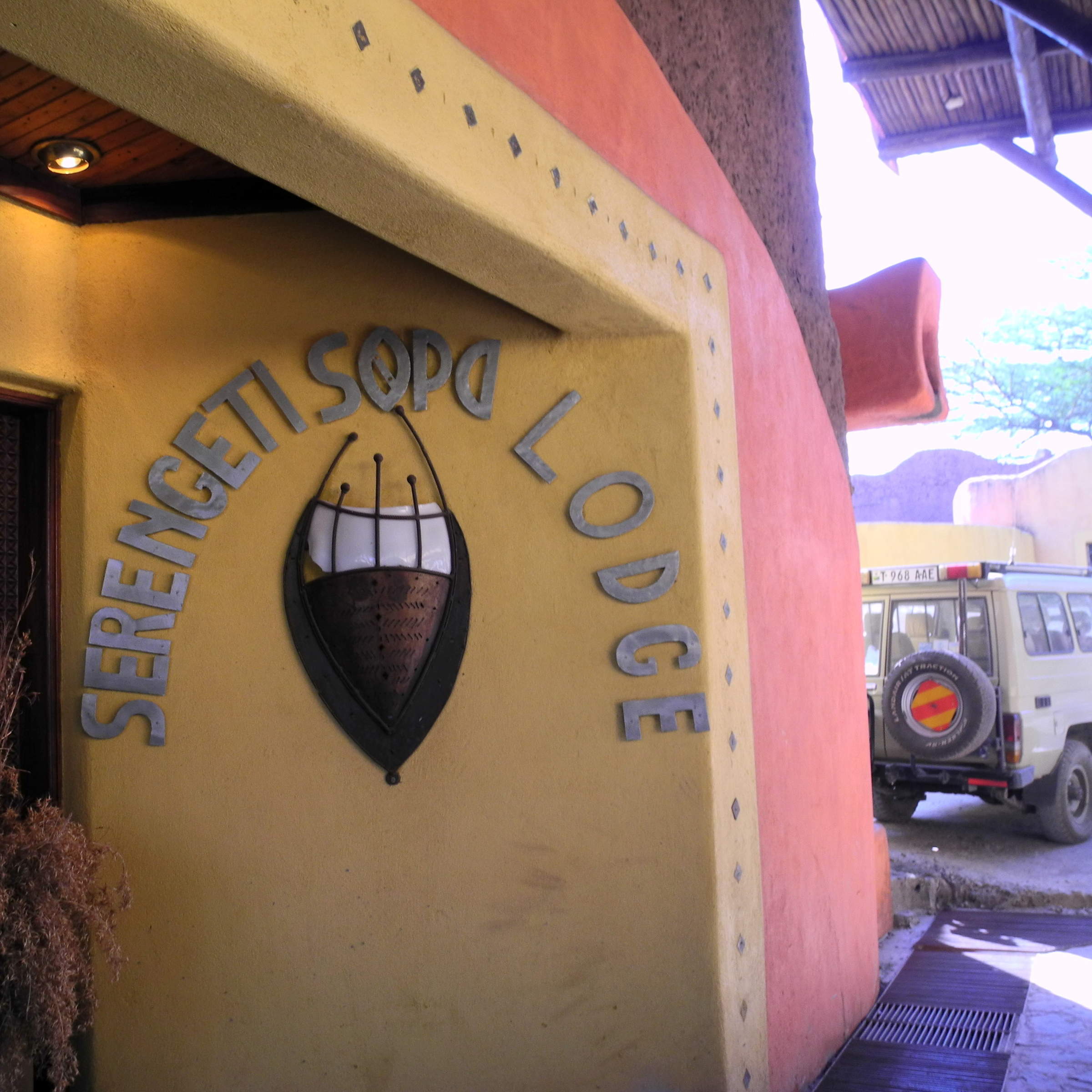
Serengeti Sopa Lodge
Serengeti Sopa Lodge is an international-style hotel offering good-value accommodation in the central Serengeti, with lovely views of the plains.
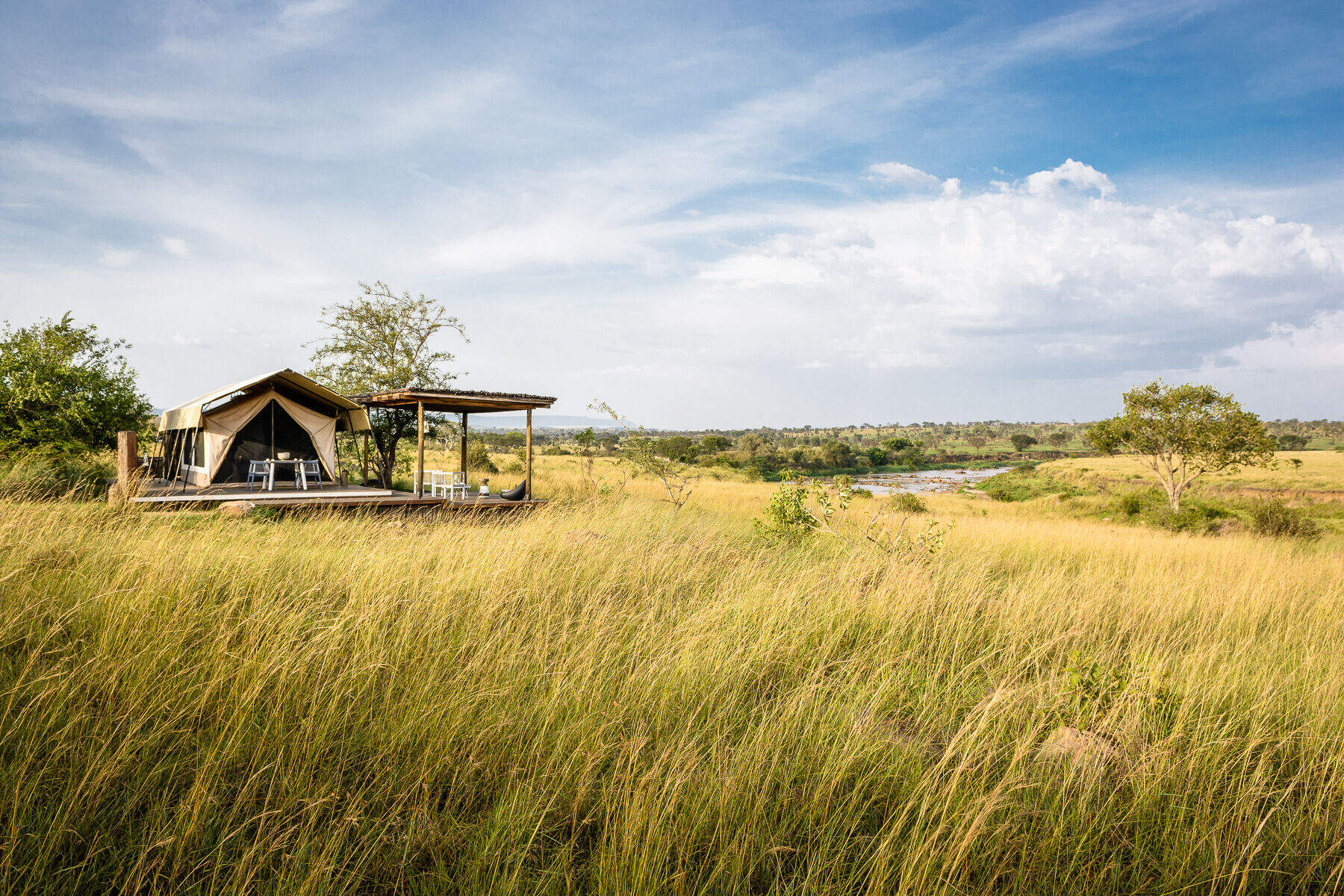
Singita Mara River
Singita Mara River Tented Camp is a luxurious camp in the isolated and rewarding Lamai wedge region of the northern Serengeti.
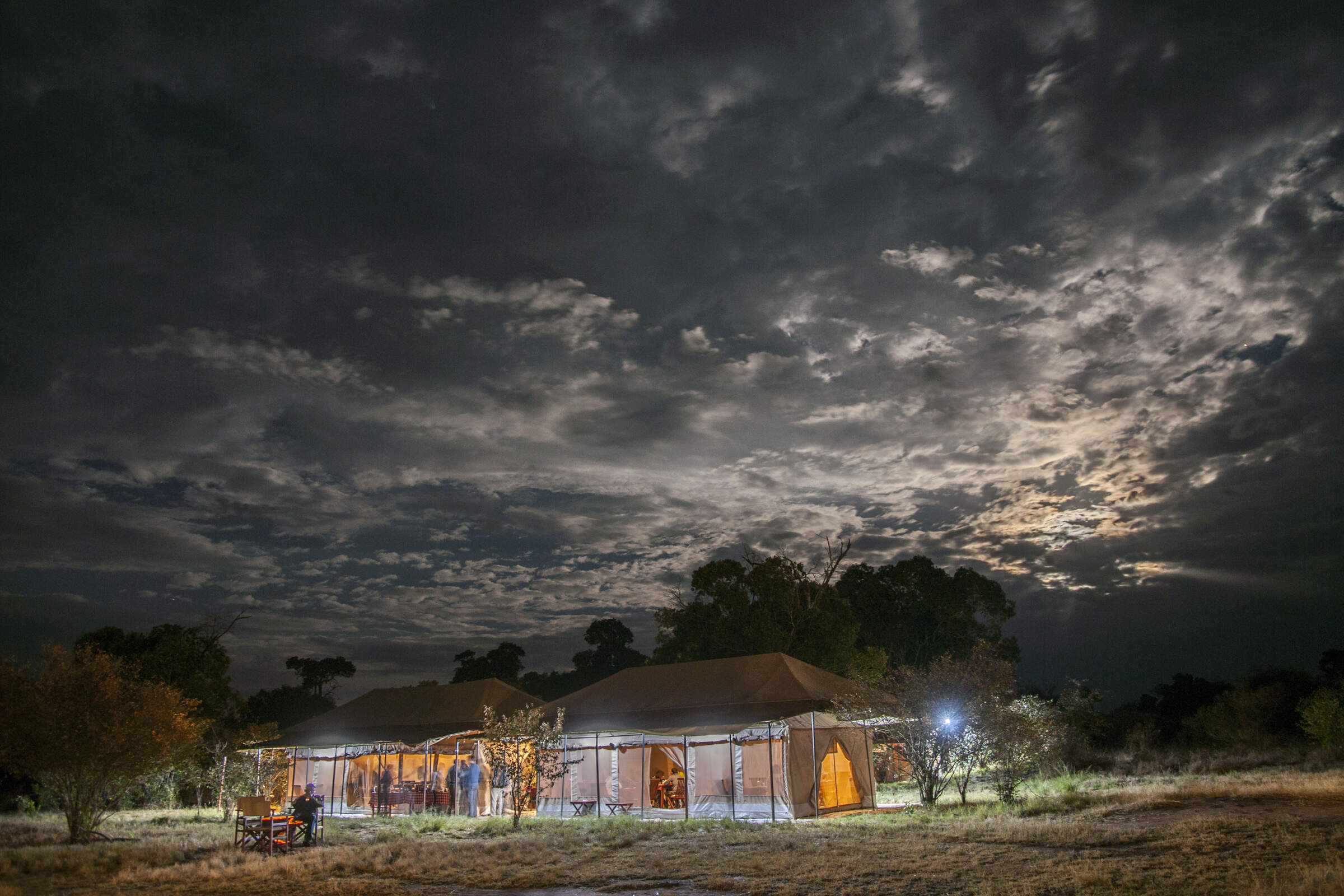
Migration Camp
Serengeti Migration Camp is a smart tented camp, good for the wildebeest migration from Jul–Aug, or to explore the Lobo Kopjes any time.
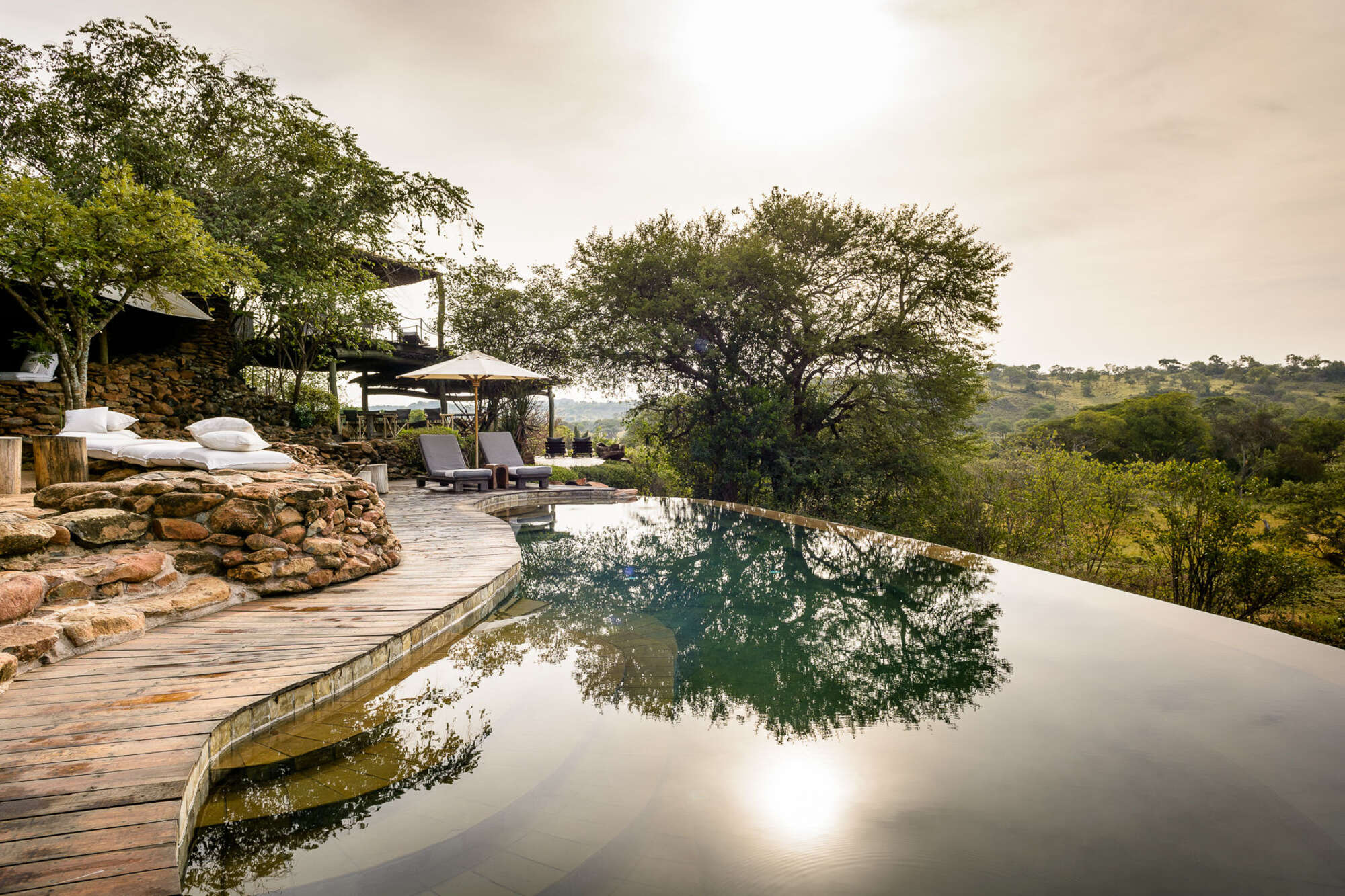
Faru Faru Lodge
On the north bank of the Grumeti River, Faru Faru is a small, chic hideaway in this exclusive corner of the Serengeti.
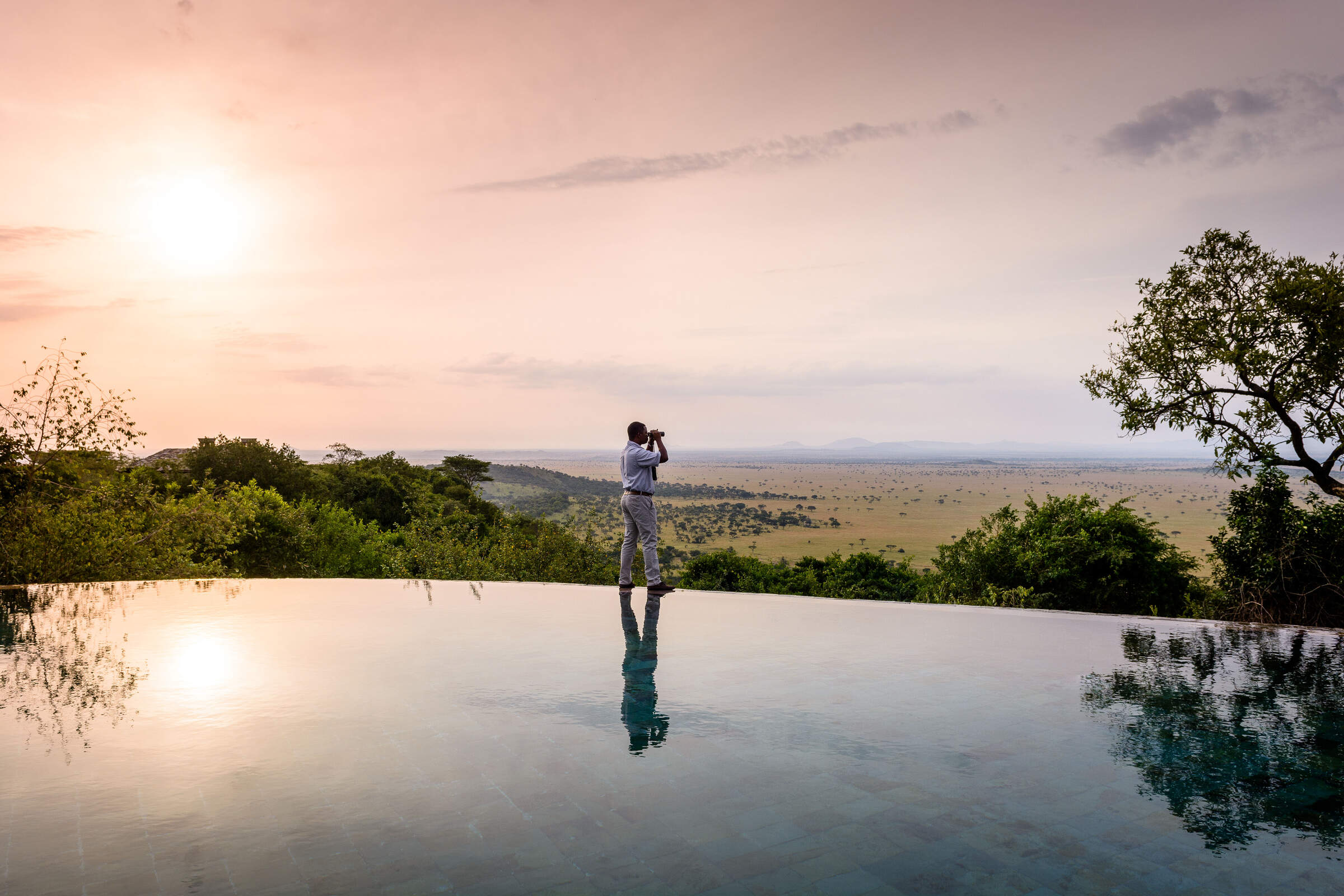
Sasakwa Lodge
On a hill looking over the Serengeti plains, Sasakwa Lodge is grand, luxurious safari camp, one of the most opulent properties in Tanzania.
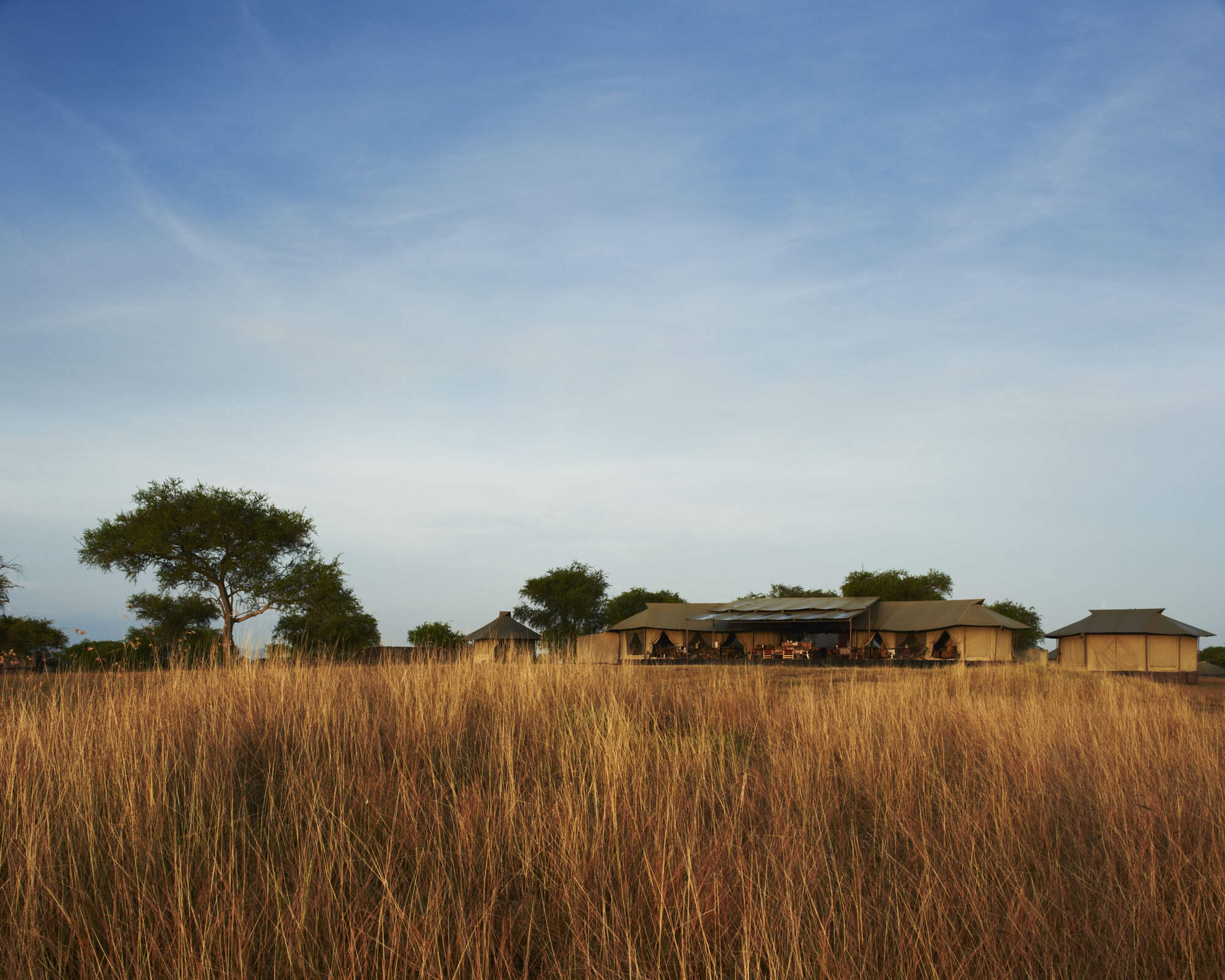
Sabora Tented Camp
Sabora Tented Camp is a smart tented camp – one of the most luxurious, professional and stylish properties to be found in Tanzania.
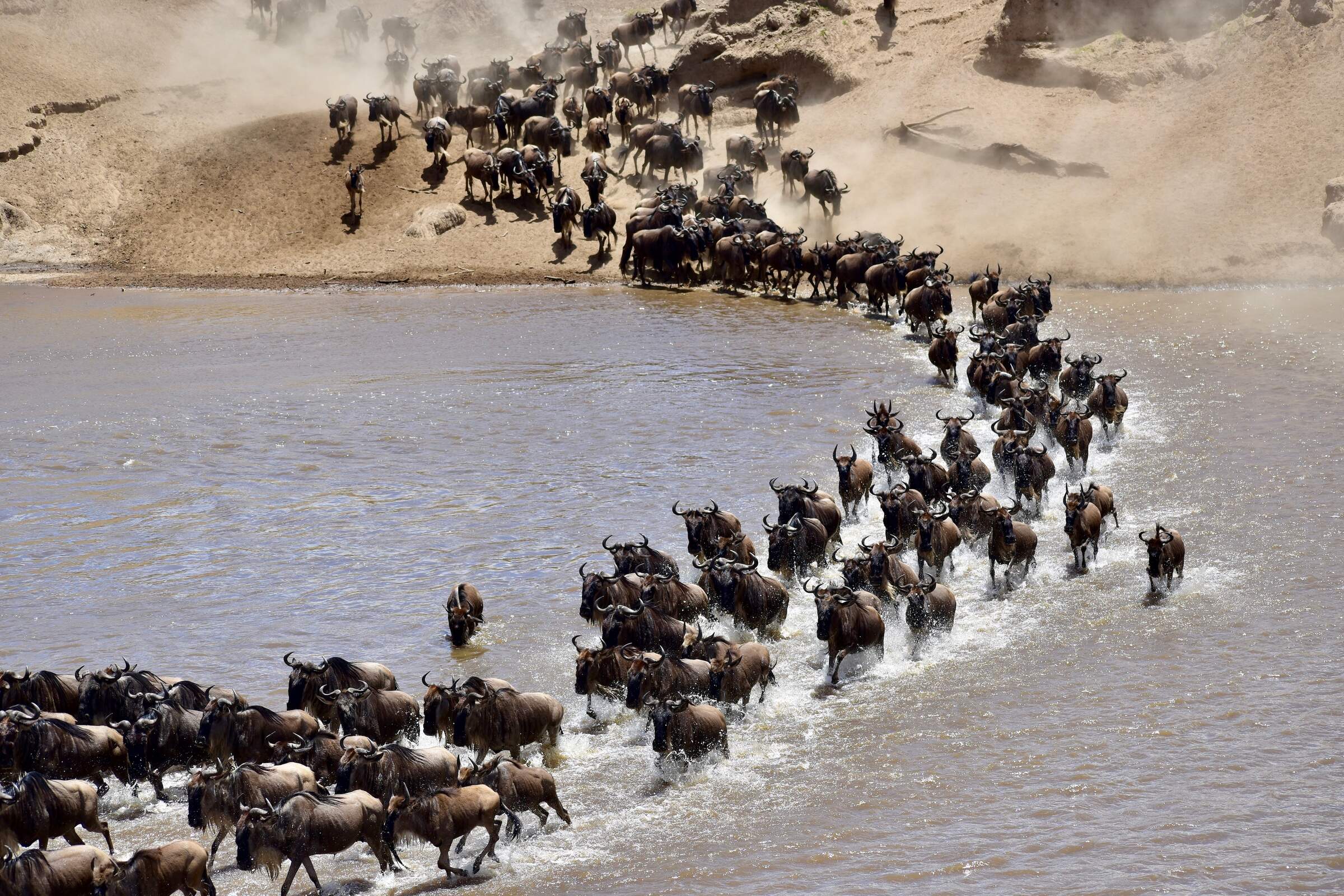
Kirurumu Migration Camp
Kirurumu is a rustic tented camp which moves around the Serengeti twice a year to follow the wildebeest migration.
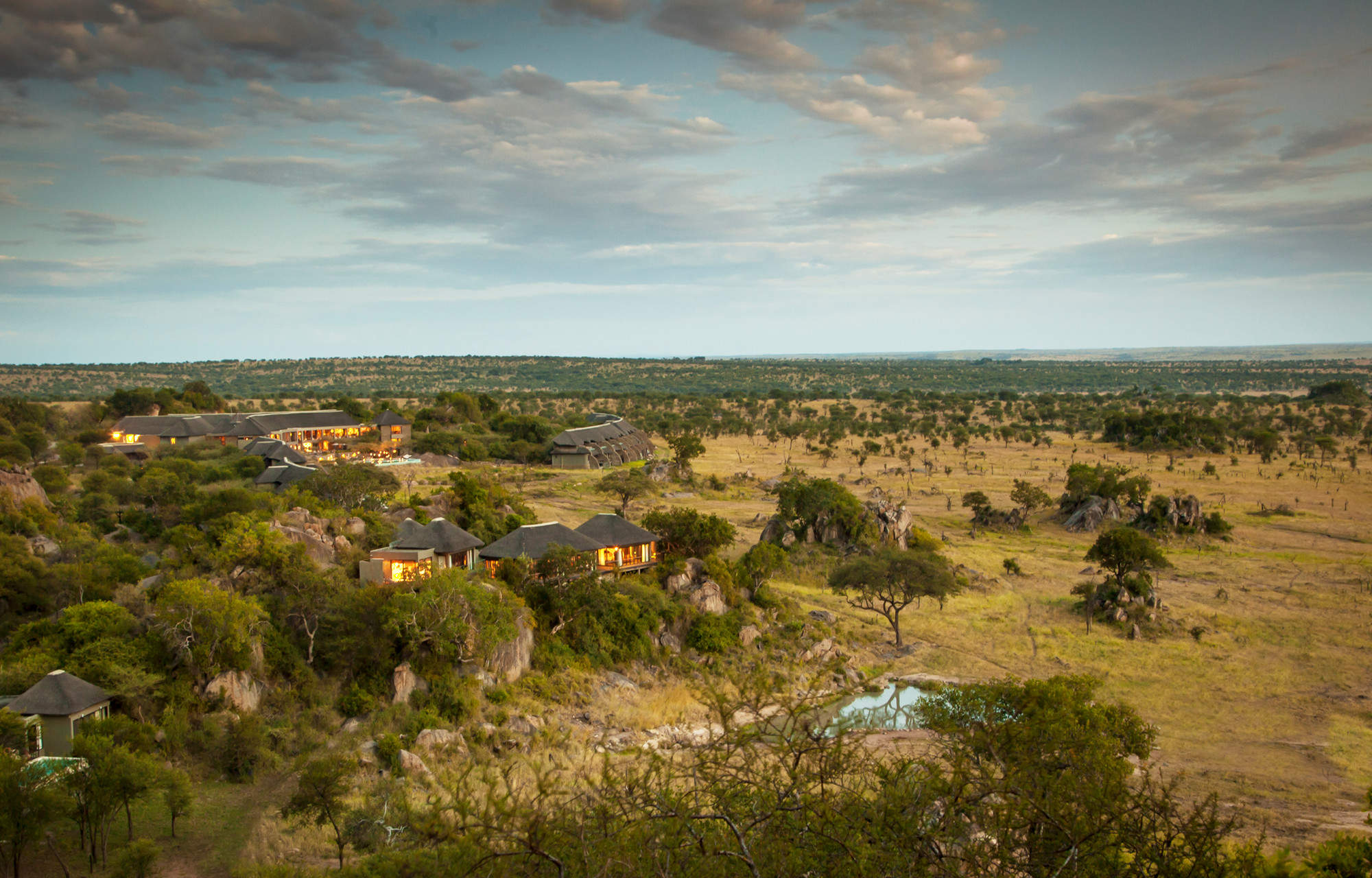
Four Seasons Serengeti
The Four Seasons Safari Lodge is the only hotel in the Serengeti offering international facilities such as a gym, spa and children’s club.
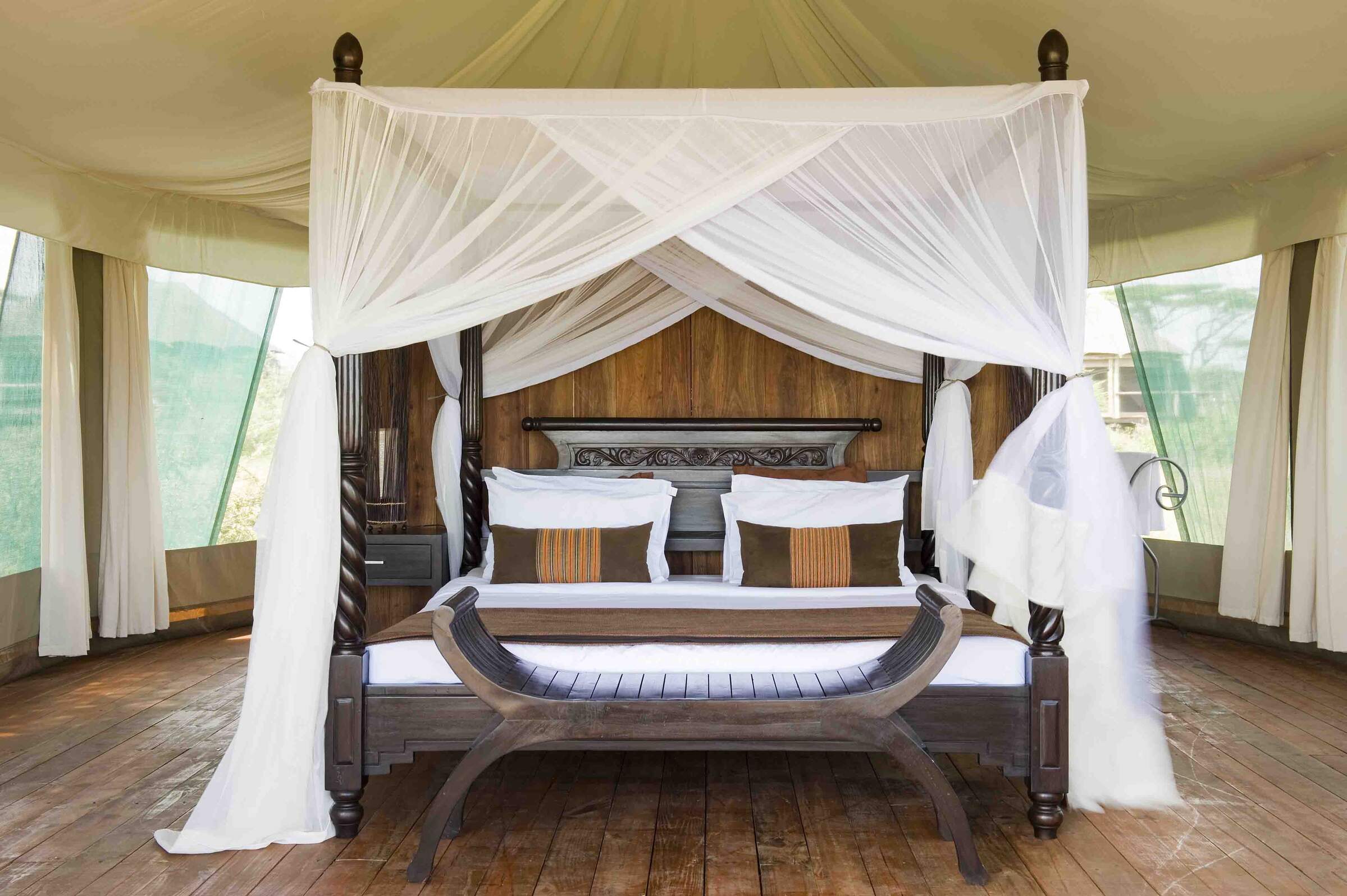
Lake Masek Tented Camp
Ideally located for the wildebeest migration from Dec–Apr, Lake Masek Tented Camp is a good, mid-market safari camp.
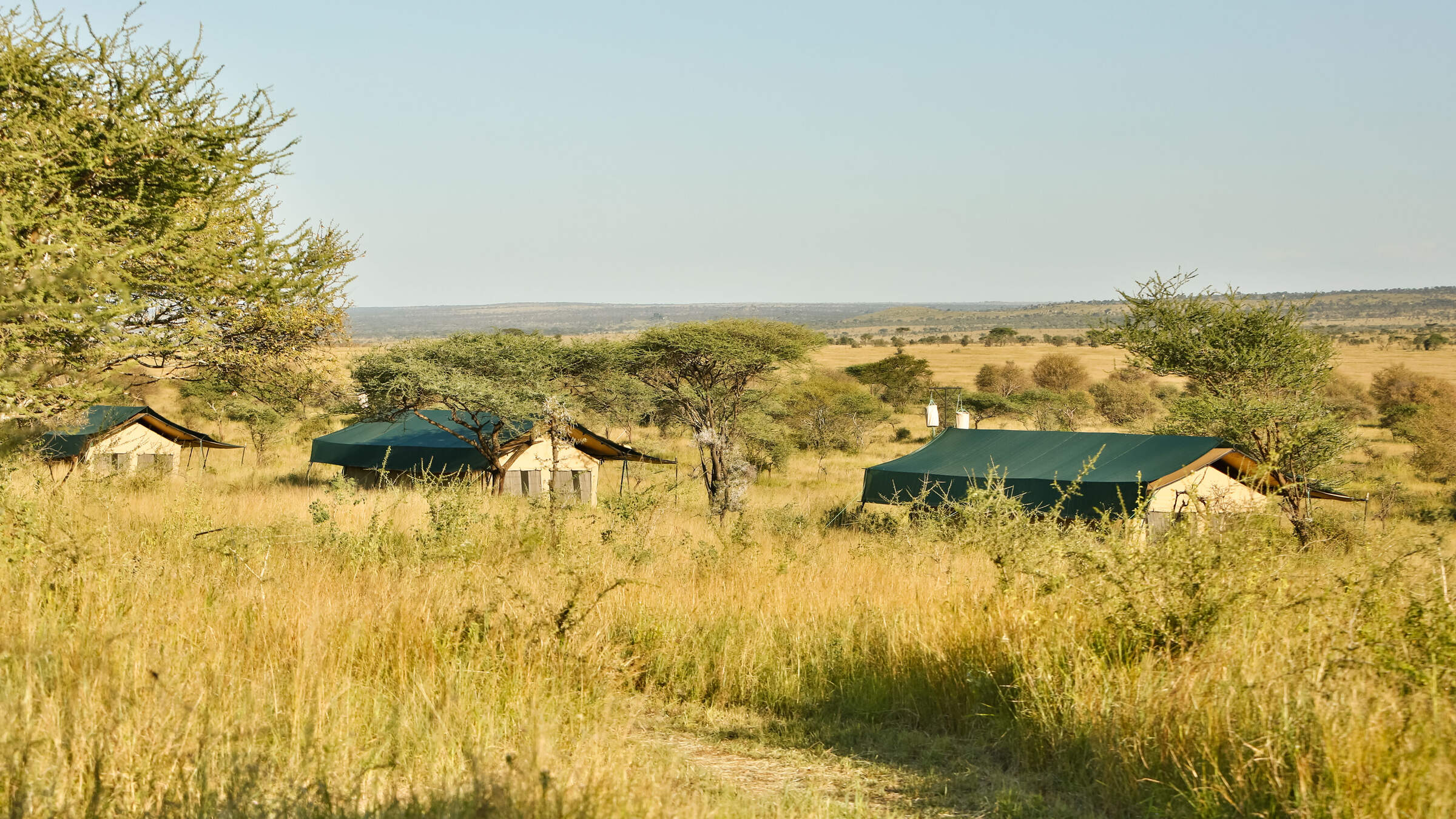
Nyikani Central
Nyikani Central is a comfortable tented camp located in the game-rich Seronera area of the central Serengeti.

Esirai Migration Camp
A season migration camp, with only 8 tents and 1 family tent and plenty of character. Esirai is ideally placed for excellent wildlife and enjoys a simplistic and comfortable under-canvas experience.
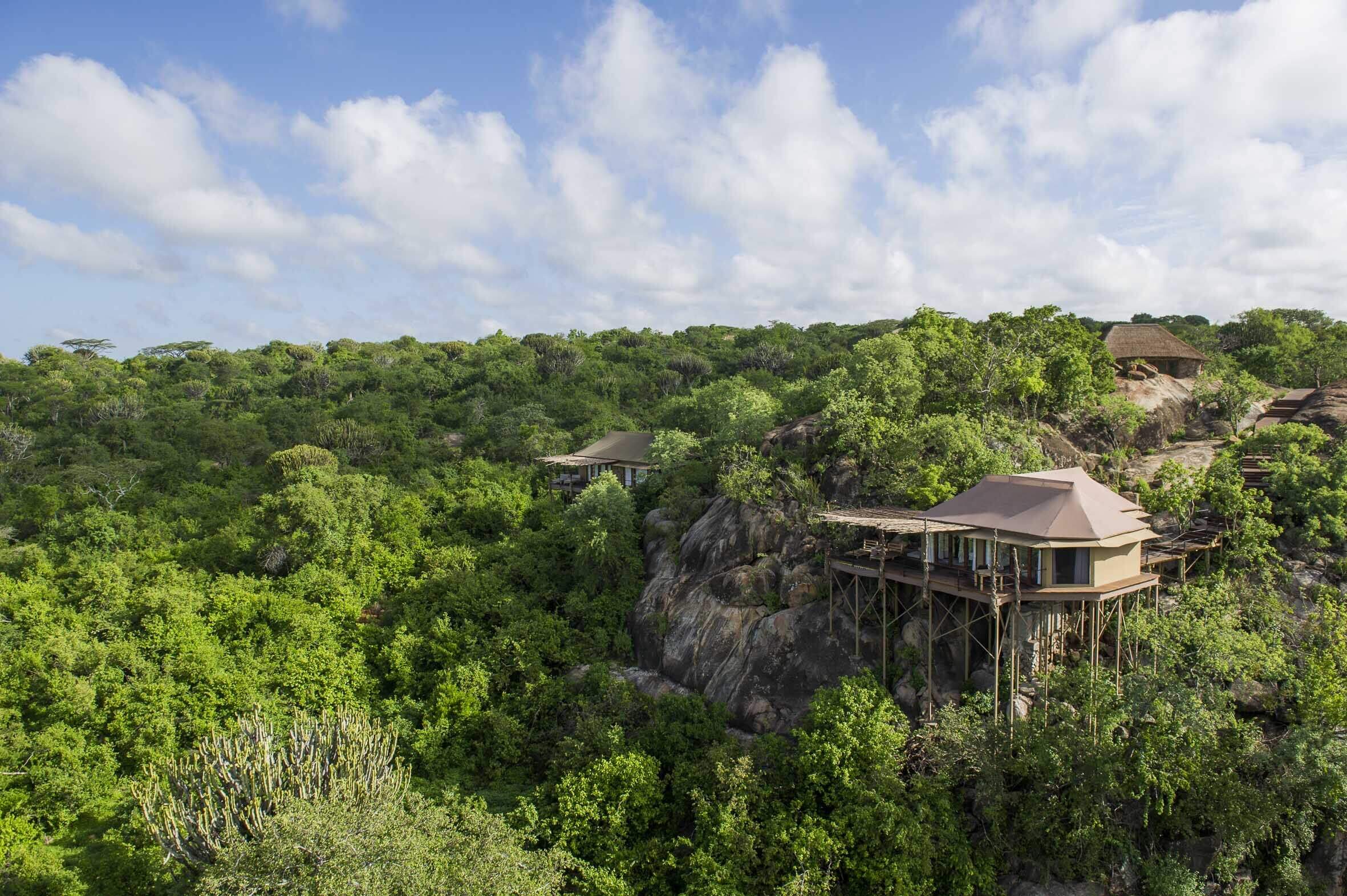
Mwiba Lodge
Mwiba Lodge is a luxurious property located on a private concession on the edge of the southern Serengeti.
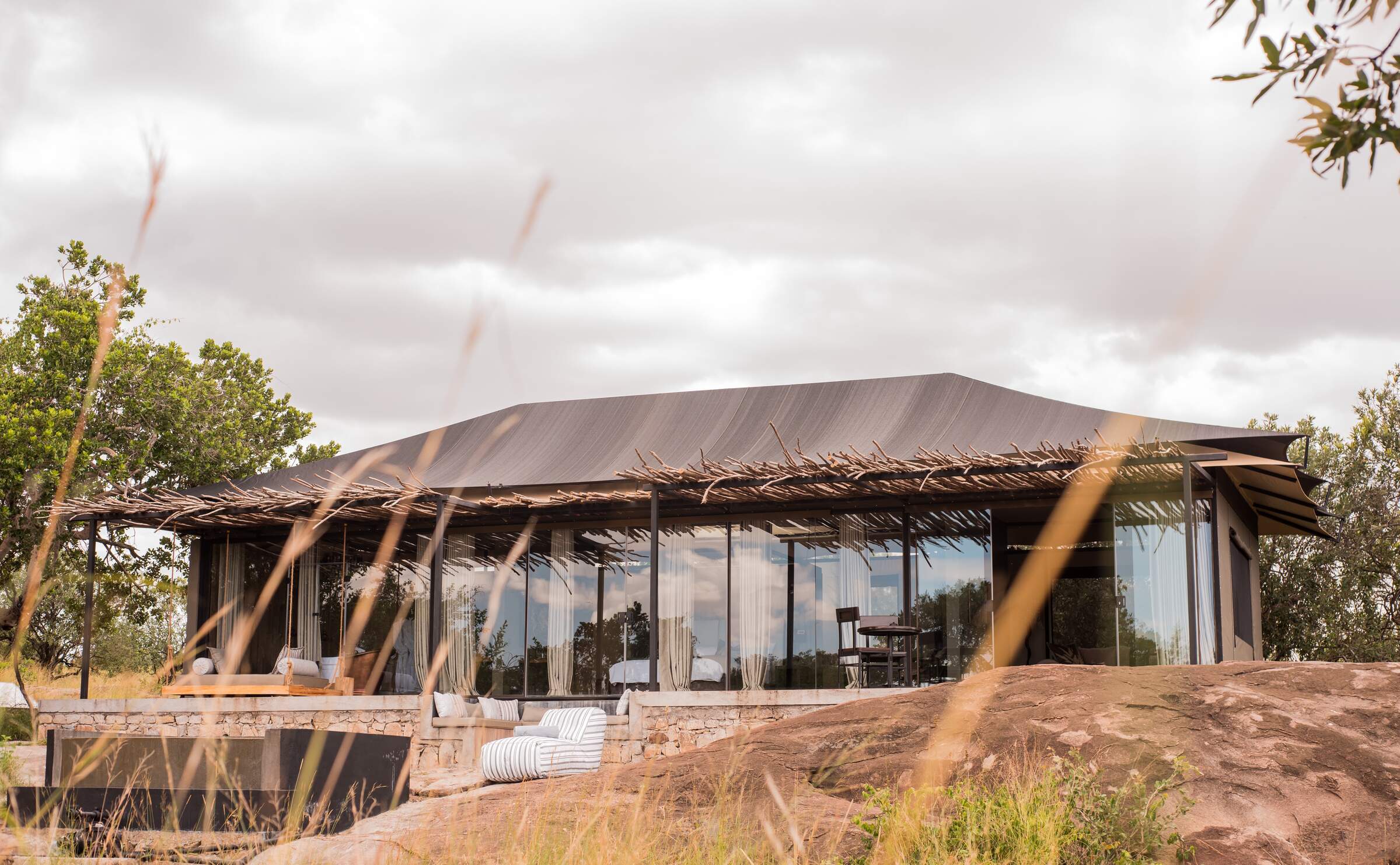
Nimali Mara
Nimali Mara is a luxurious safari lodge in a quiet region of the northern Serengeti with good access to the wildebeest migration.
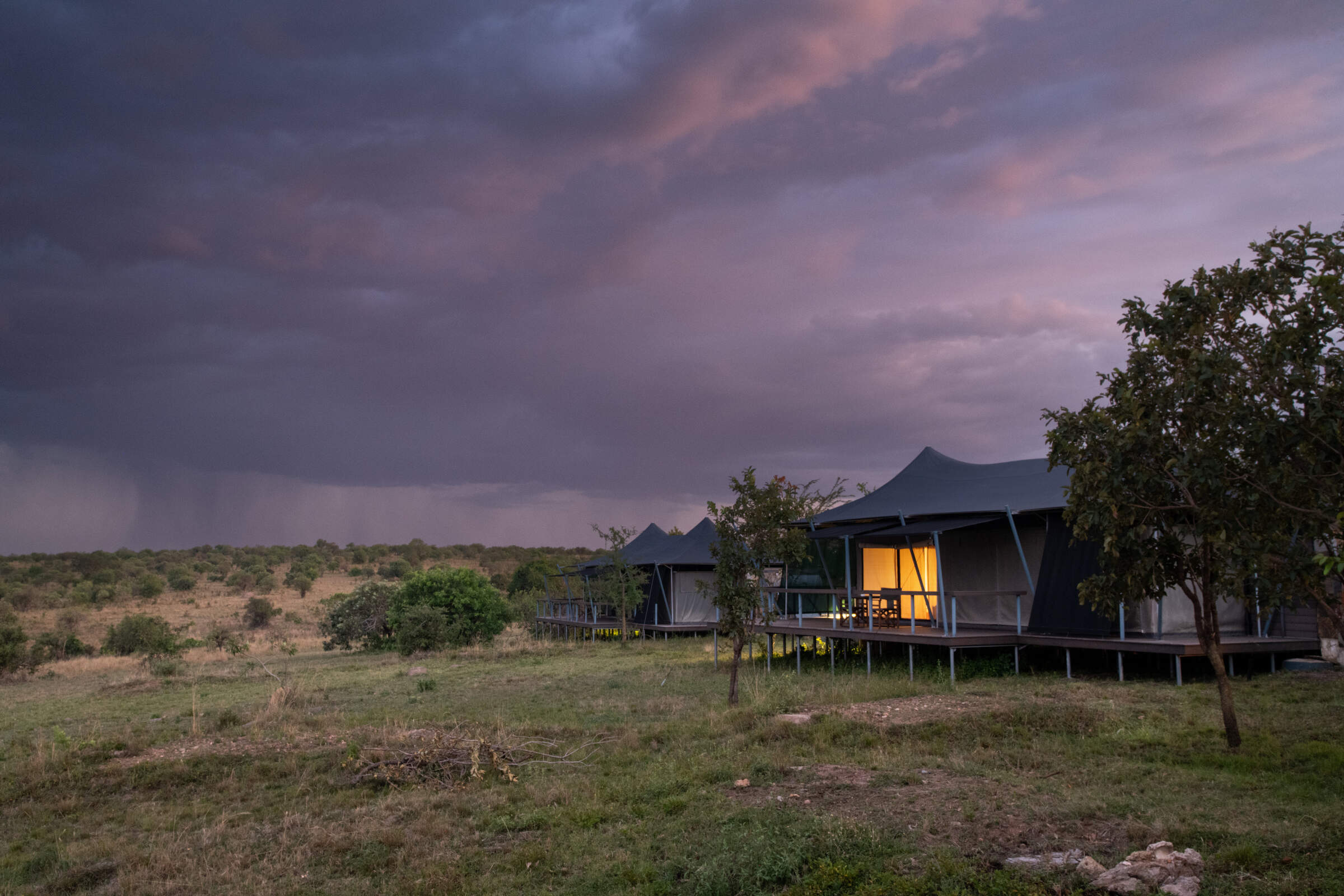
Mara Mara
Mara Mara is a smart tented camp in the northern Serengeti, situated on a small hill close to the Mara River.
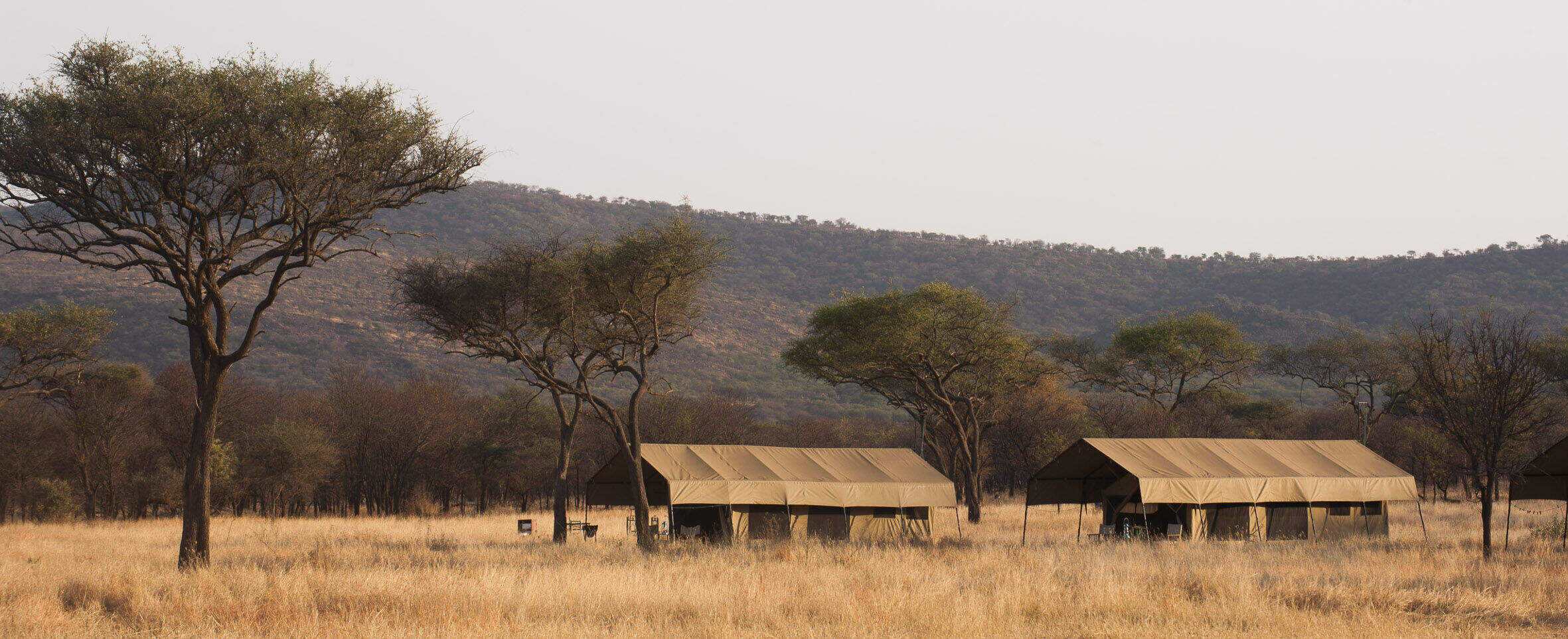
Ndutu Kati Kati
Ndutu Kati Kati is a seasonal tented camp, based in the southern Serenget from Dec-Mar, ideal for the migration as it passes through.

Olduvai Camp
Olduvai Camp lies between Ngorongoro and the southern Serengeti plains. It's a good base for the southern plains during the rainy season.
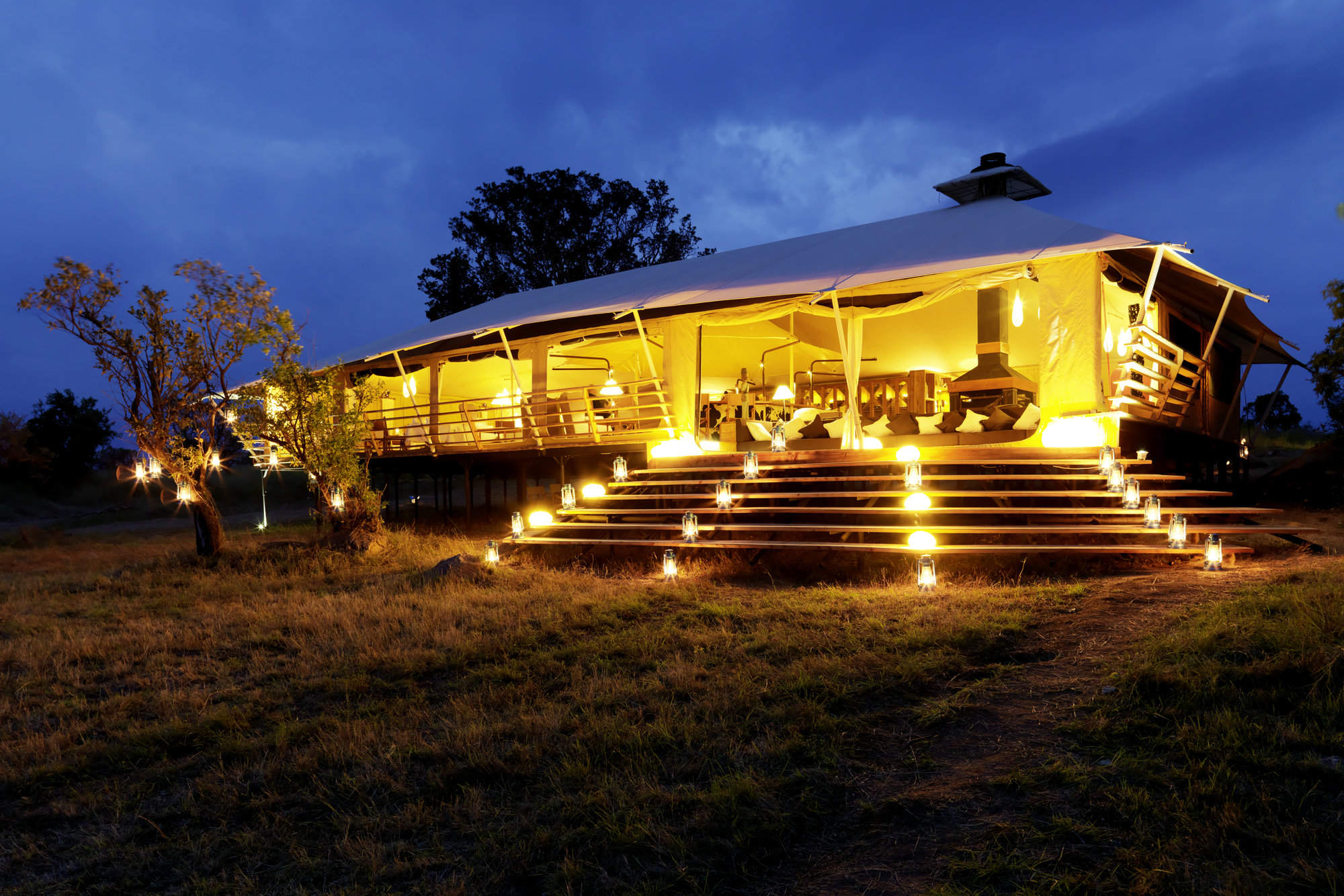
Bushtops
Serengeti Bushtops is a permanent luxury camp in the northern Serengeti, with spacious and private tents with their own hot tubs.
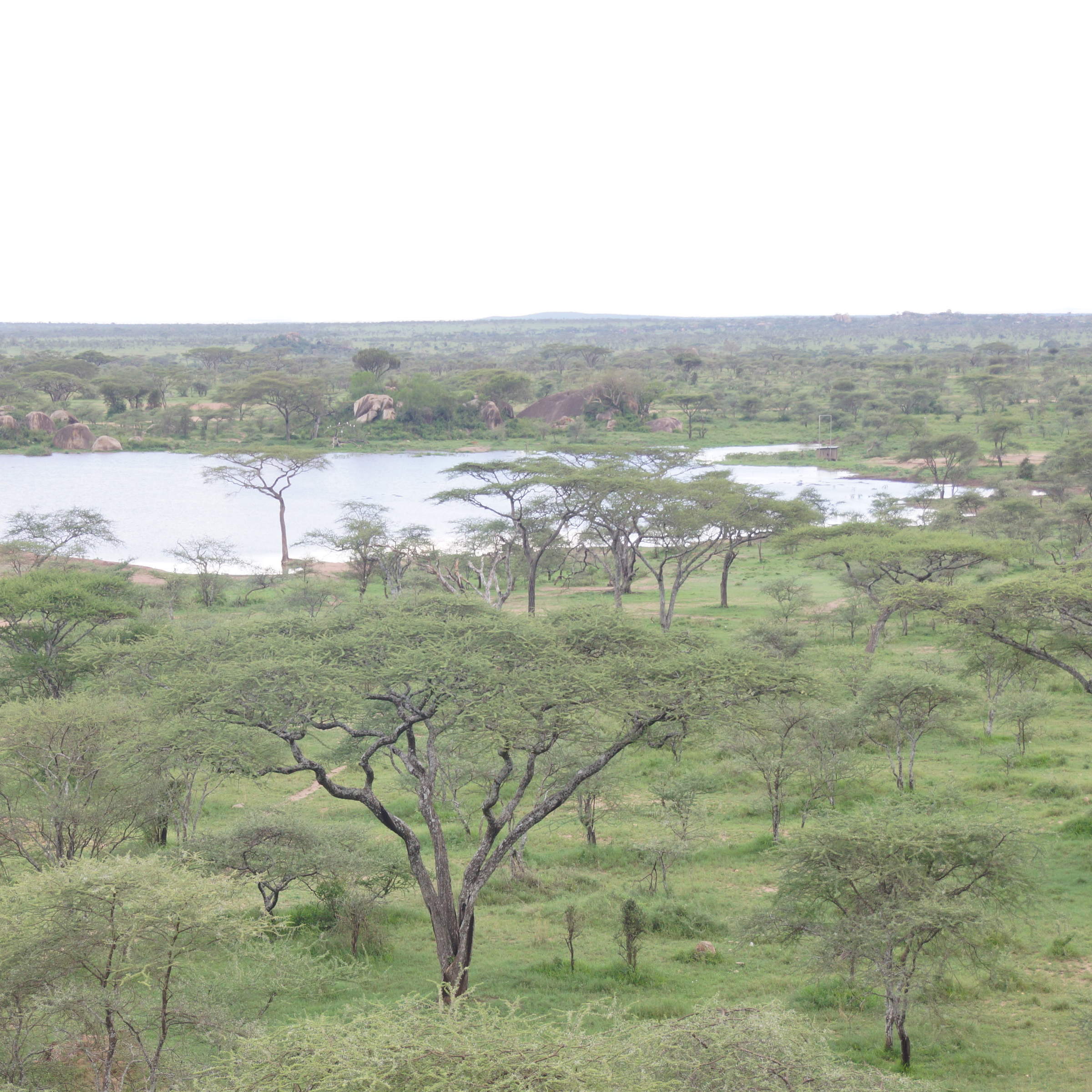
Seronera Wildlife Lodge
Seronera Wildlife Lodge is large hotel-style safari lodge in the heart of the Serengeti, offering good value and a great location.
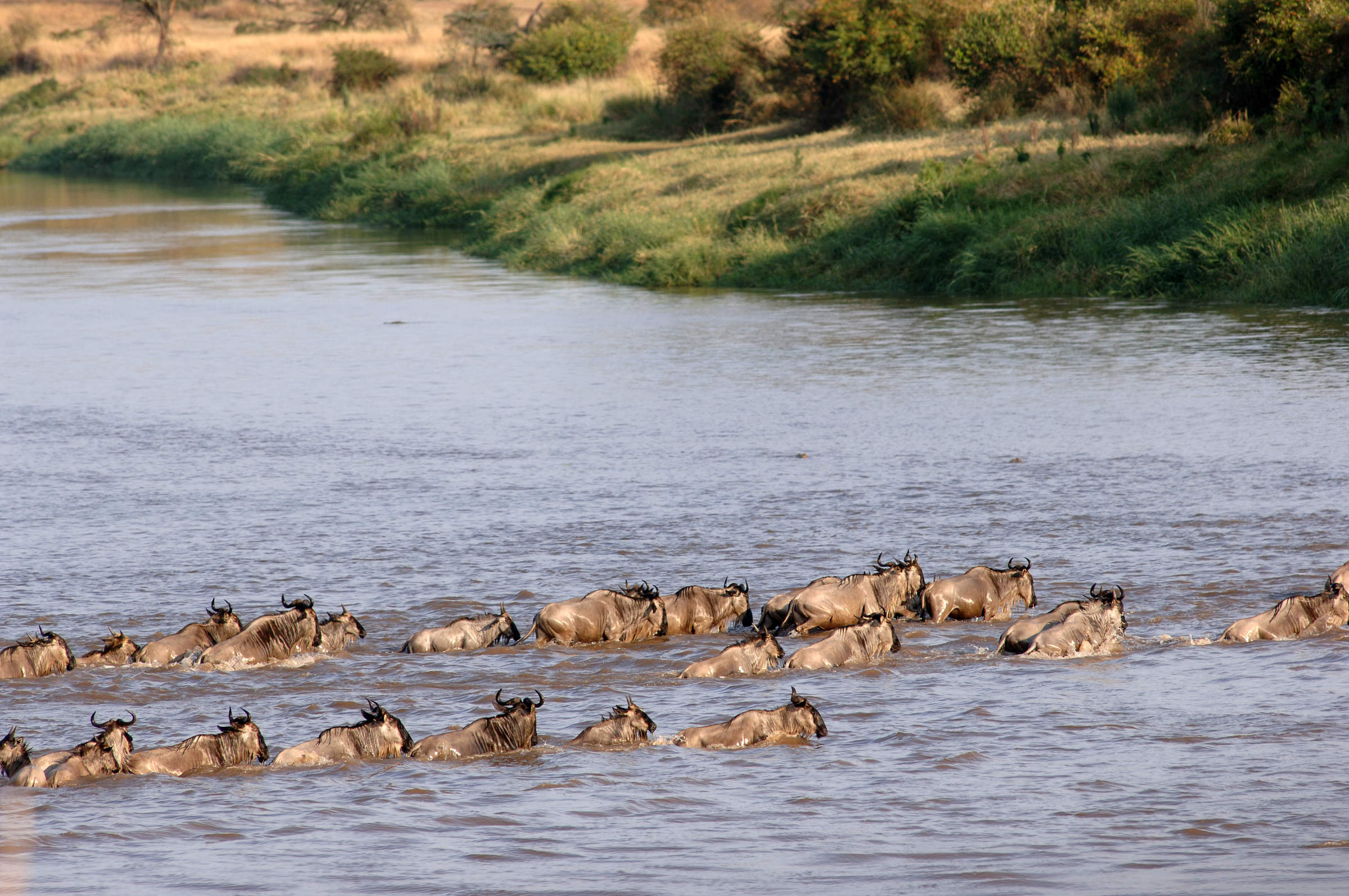
Mara Kati Kati
Mara Kati Kati is a simple bush camp in the northern Serengeti, based from Jul-Oct near the Mara River for the wildebeest migration.
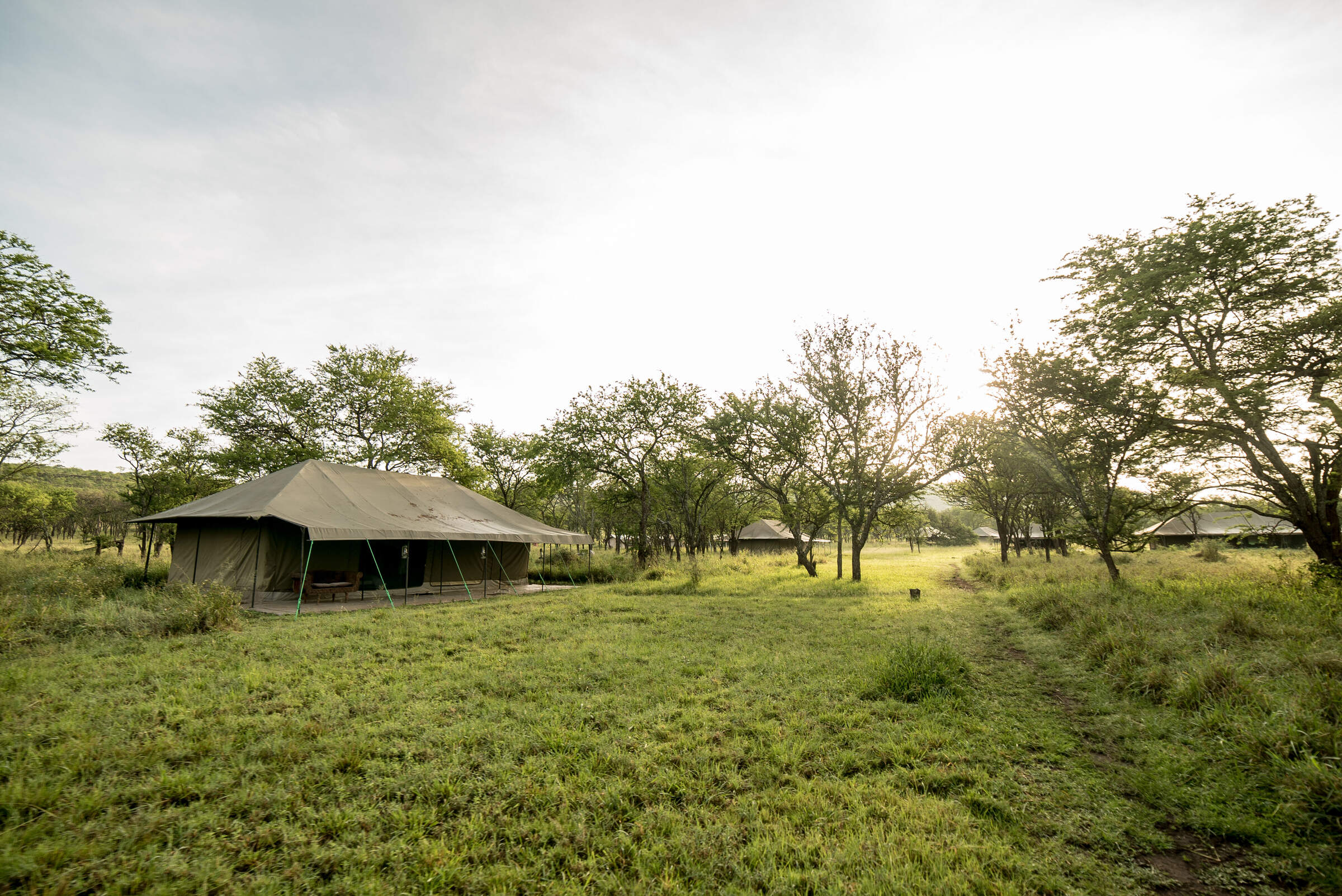
Nasikia Naona
Naona Camp is a small tented camp, located in the Moru Kopjes, west of the Serengeti central area
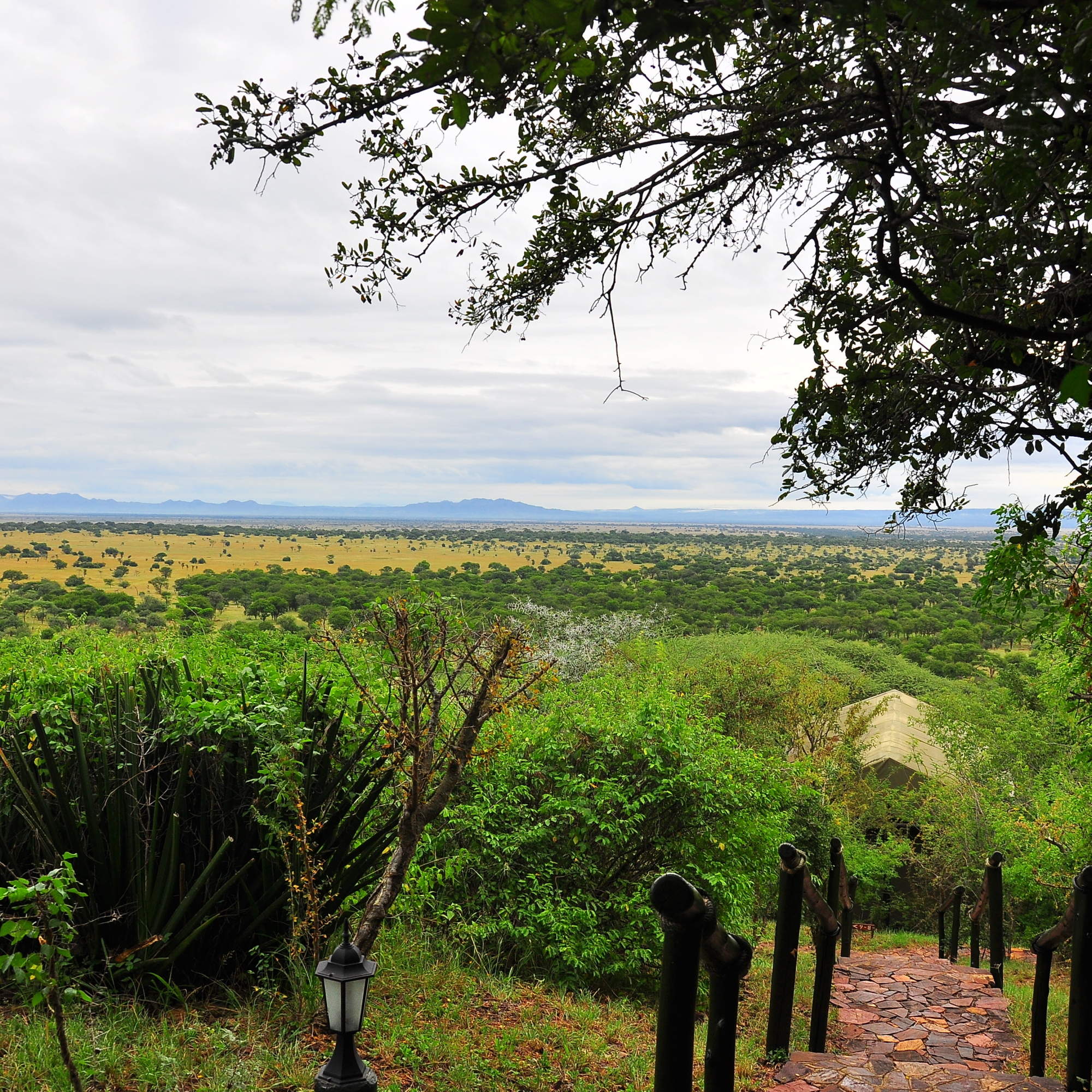
Kirawira Camp
Set high on a hill, in the Serengeti's western corridor, Kirawira is a relatively large tented camp in the Serena group.
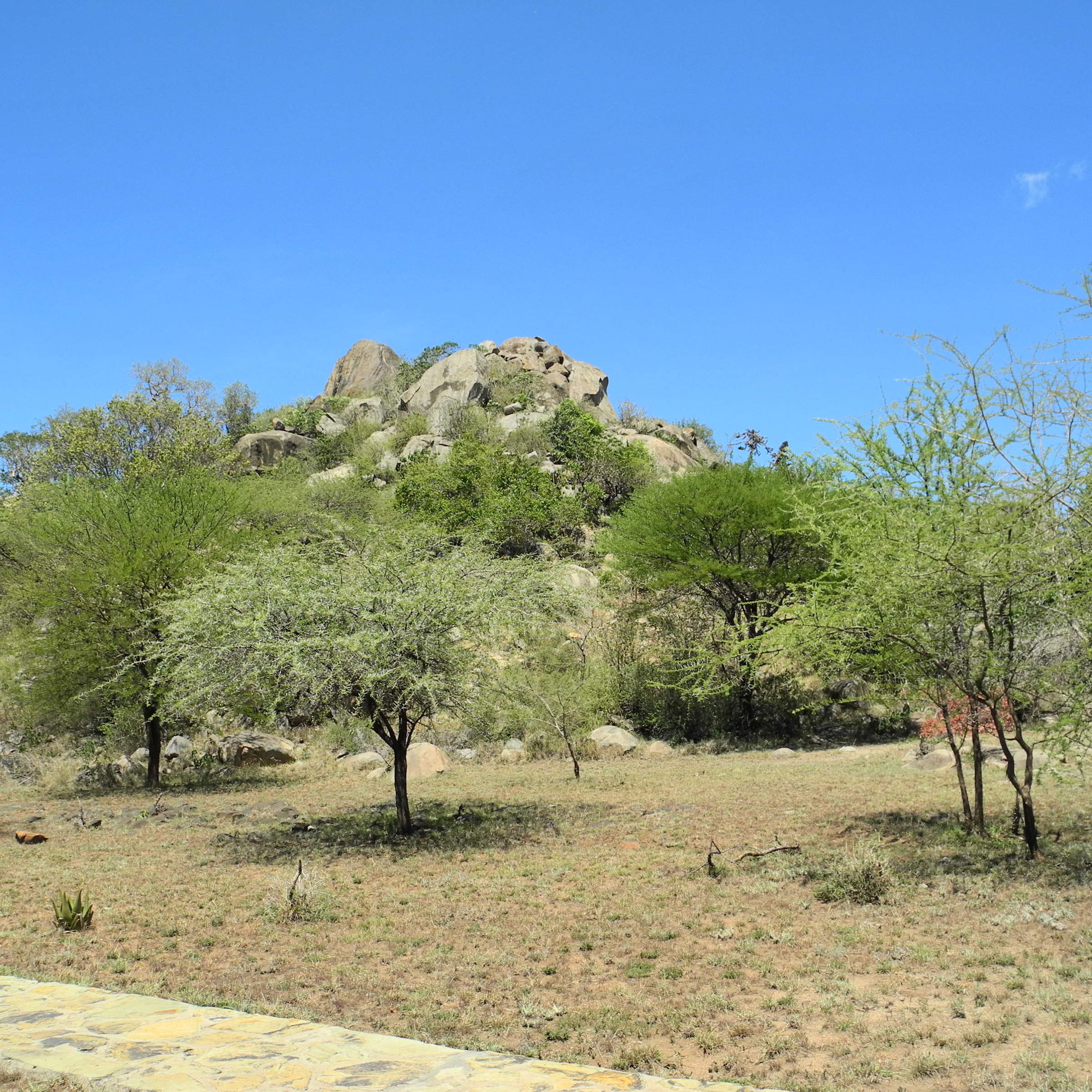
Mbuzi Mawe
Mbuze Mawe is a comfortable tented camp in a convenient, central-north location when driving through the Serengeti.
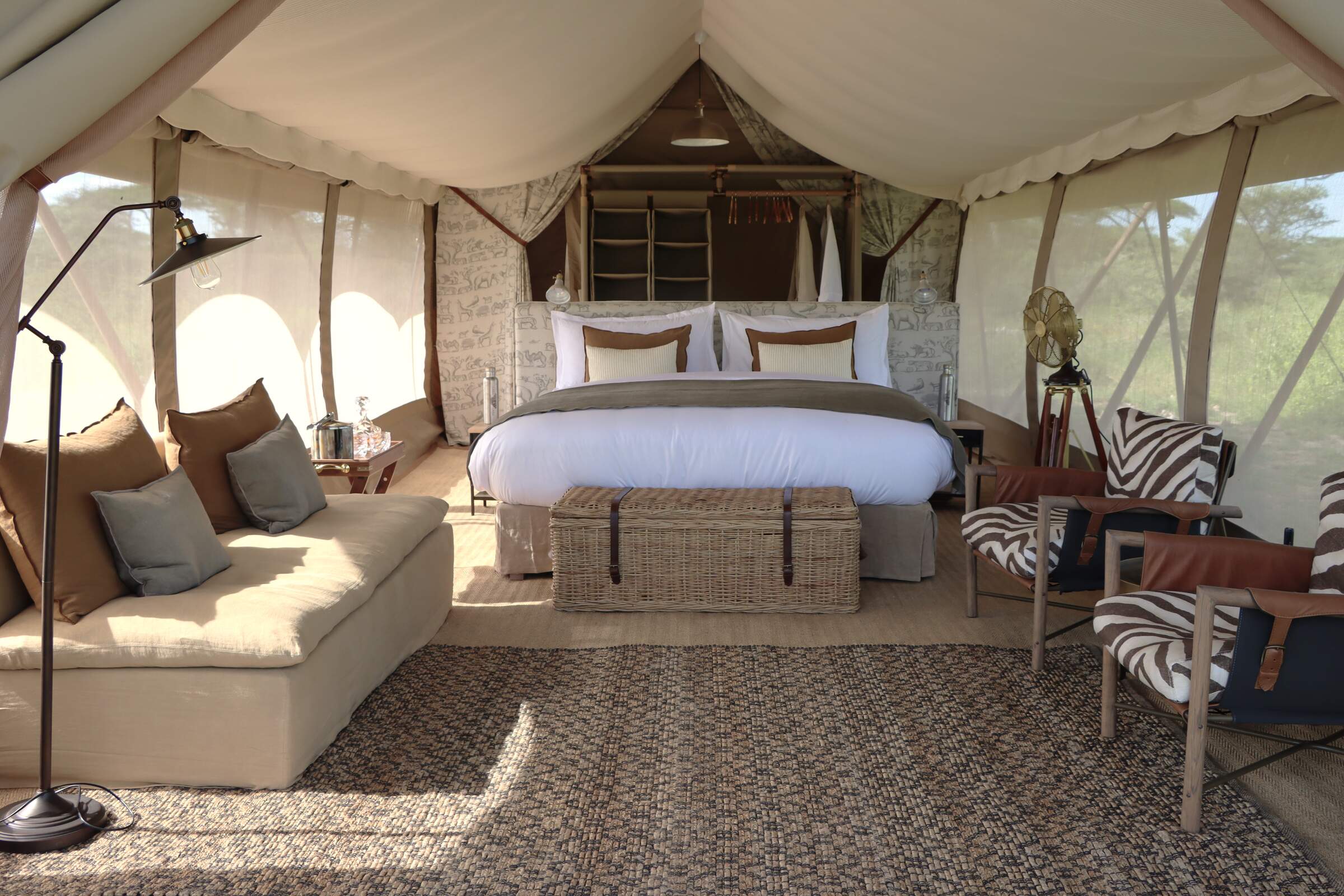
Laba Migration Camp
A luxury mobile camp that moves between the Western Corridor, Mara River and the southern Ndutu area, in line with the wildebeest migration.
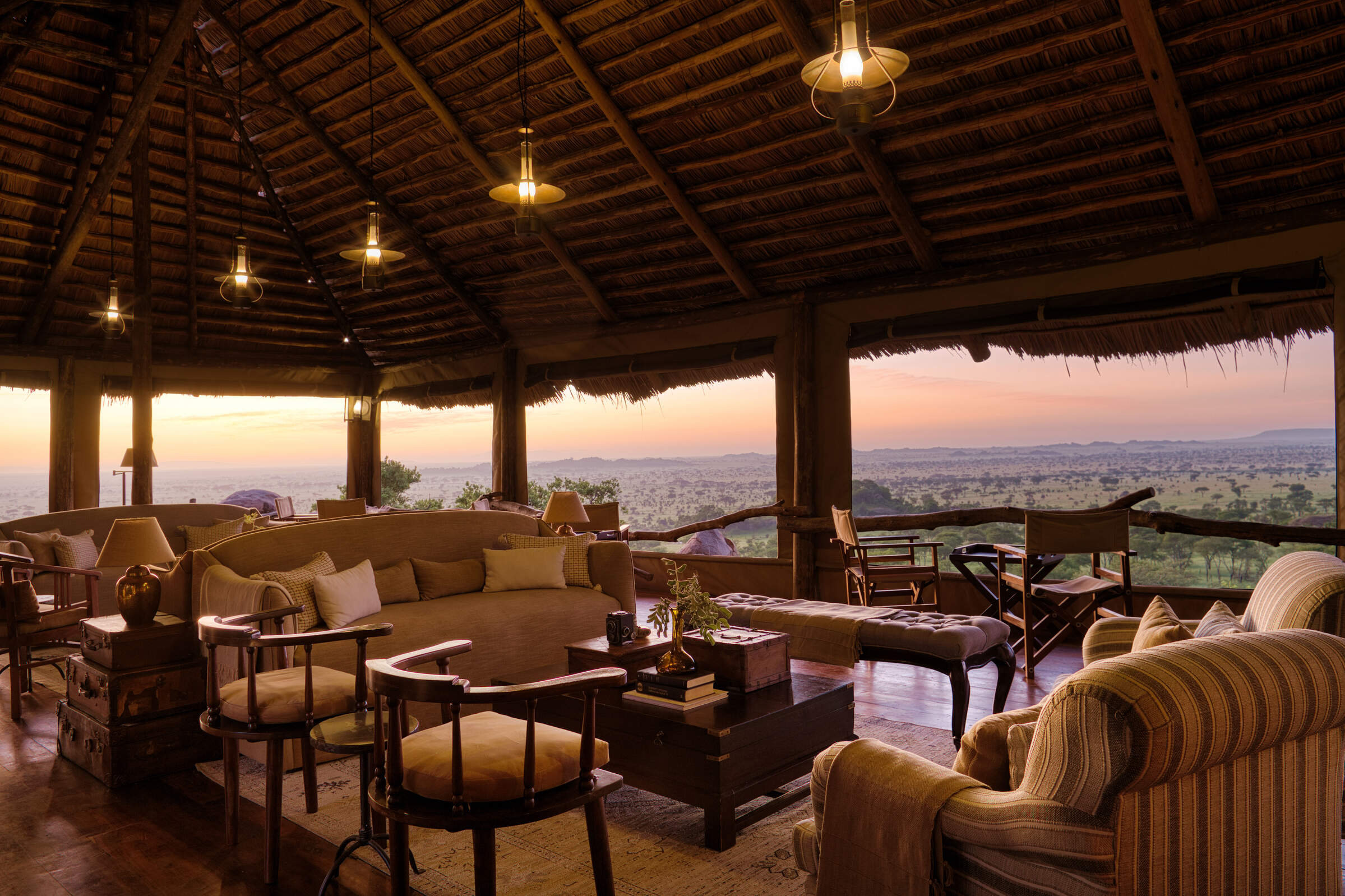
Serengeti Pioneer Camp
Serengeti Pioneer Camp is a luxurious tented camp in the central Serengeti, styled on African explorers' camps of the early 20th century.
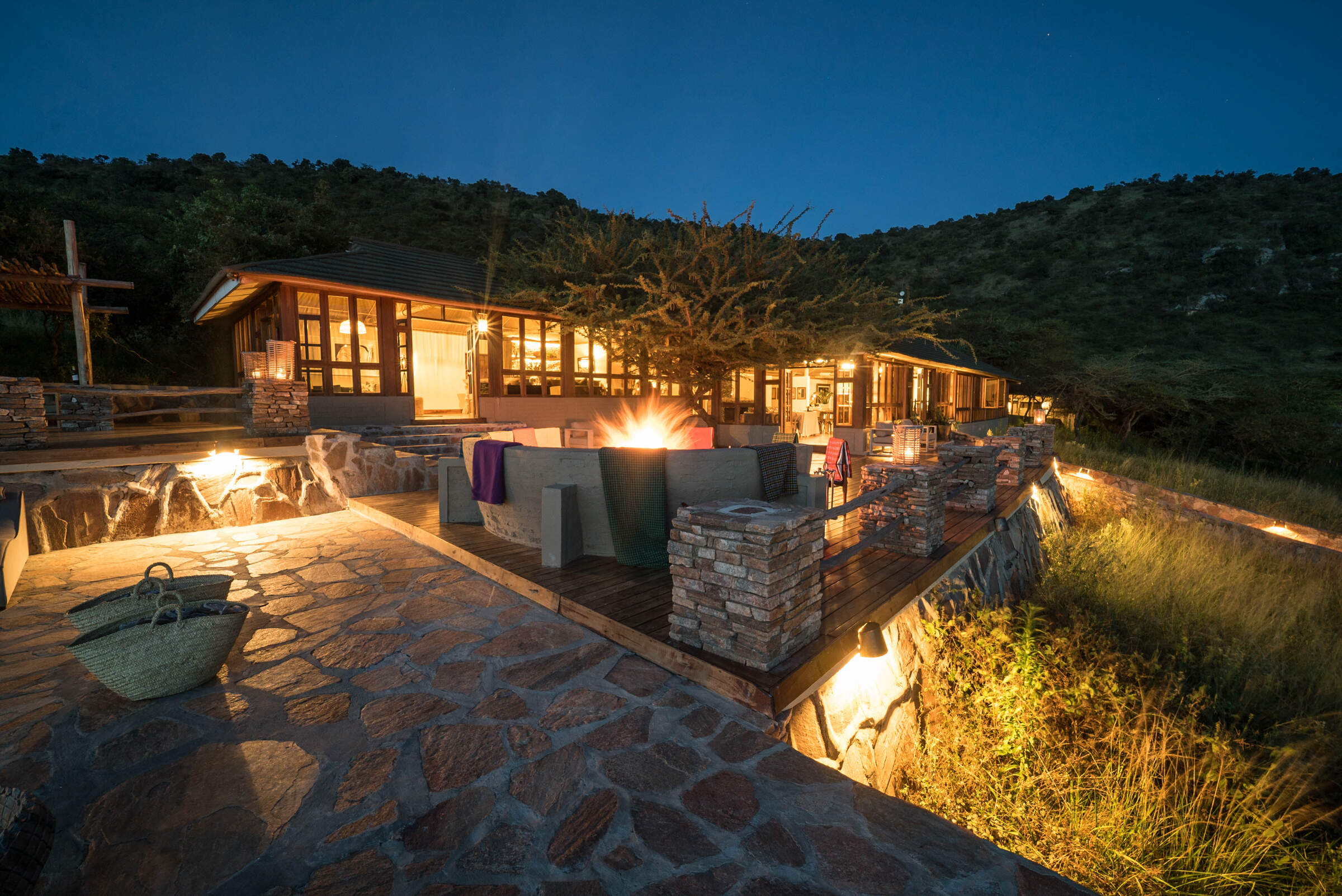
Taasa Lodge
Taasa Lodge is a slightly quirky option offering guided walks and night game drives, which are not permitted in Serengeti National Park.
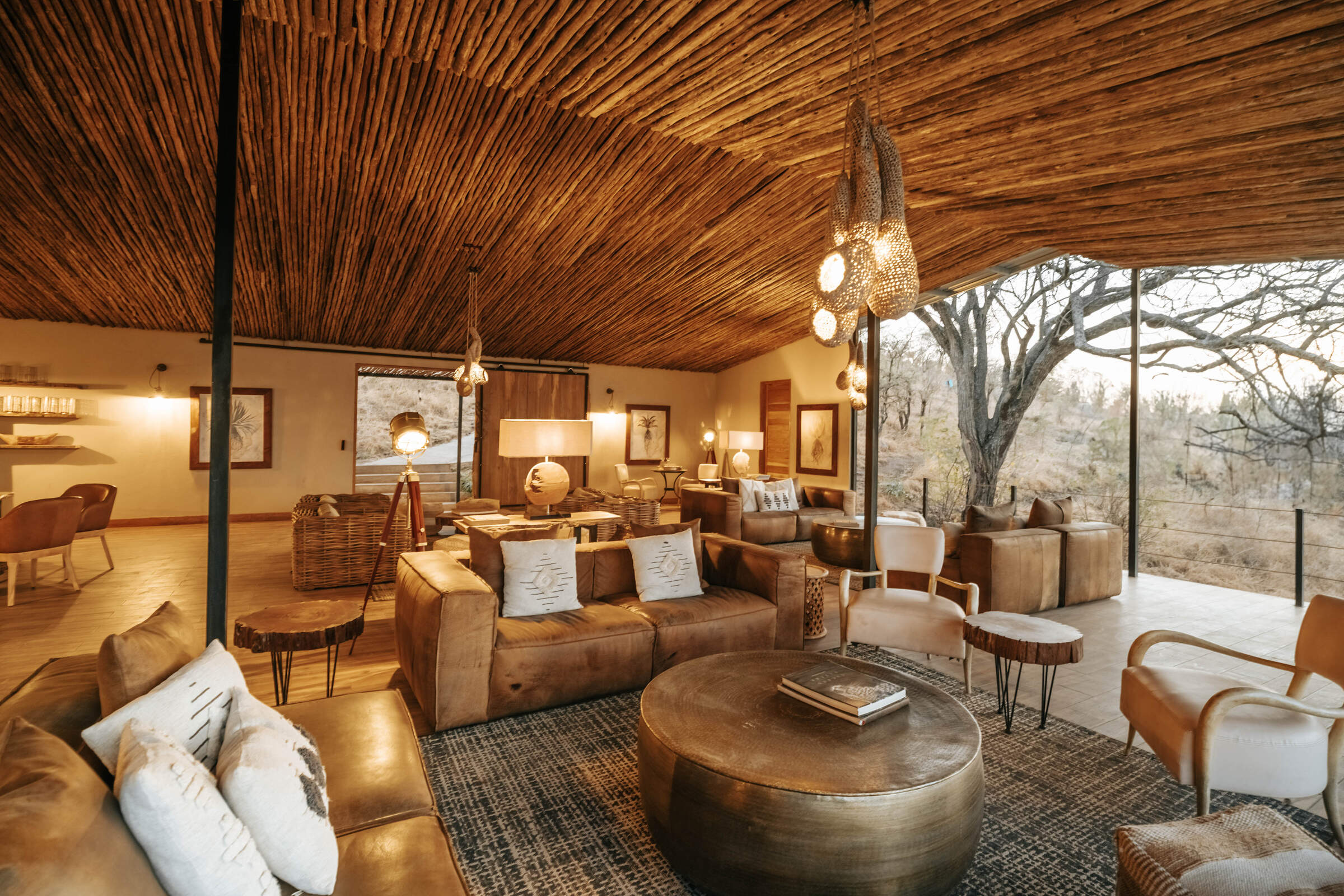
Nimali Serengeti
Opened in July 2017, Nimali Serengeti is a smart, permanent tented camp located in the Seronera area of the central Serengeti.
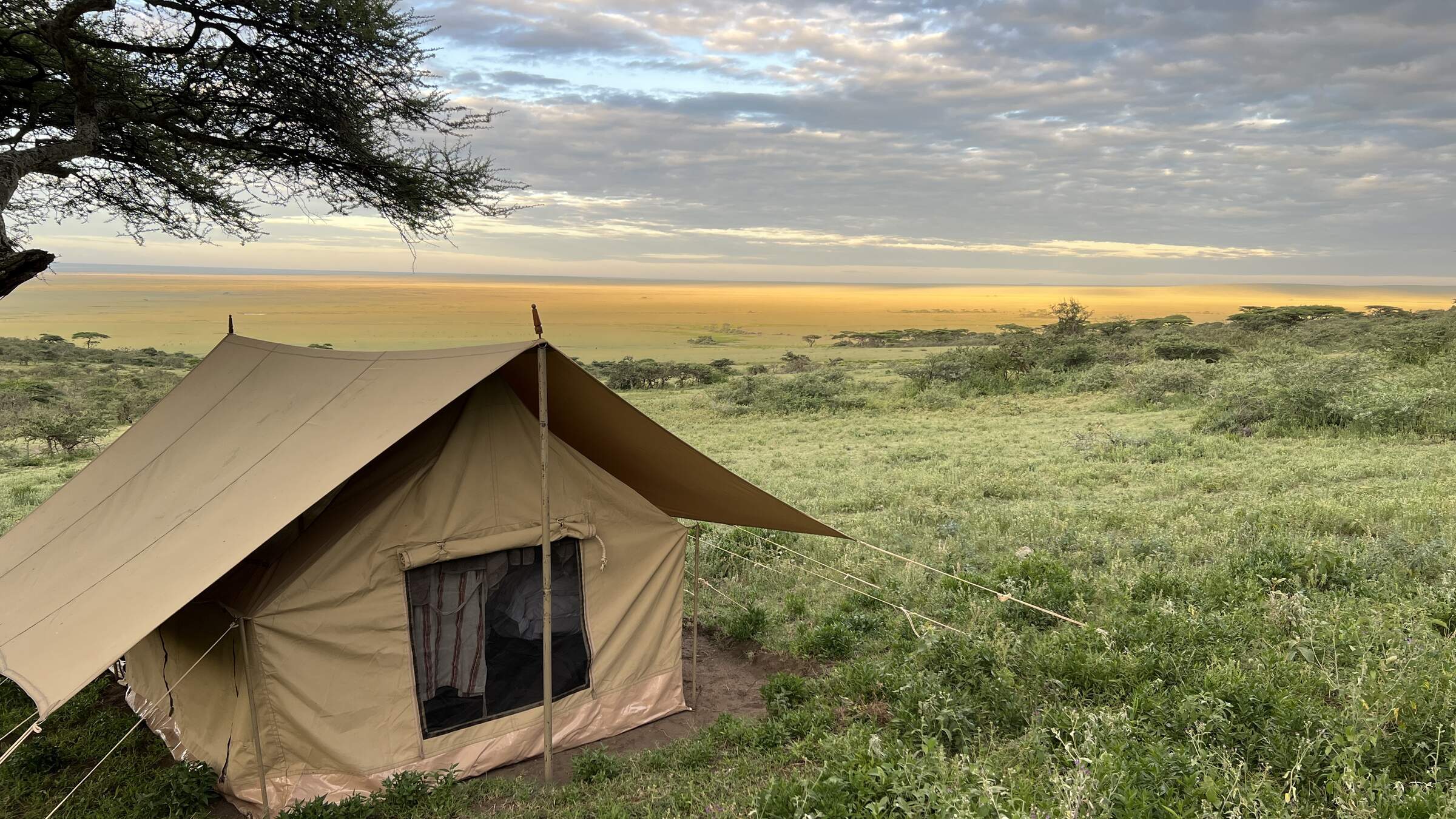
Nomad Walking Camp
Nomad Expeditionary Walking Camp is a simple camp of up to three tents, plus infrastructure, that changes location to allow guests to do substantial walks between campsites.
When to go to Serengeti Migration Area
Our month by month guide: What it's like to visit Serengeti Green Camp in Serengeti Migration Area
Jan
Feb
Mar
Apr
May
Jun
Jul
Aug
Sep
Oct
Nov
Dec
Serengeti Migration Area in January
January marks the start of the Serengeti’s short dry season. In the southern plains, the wildebeest calving season takes centre stage, drawing both predators and eager wildlife enthusiasts. The weather is generally clear and sunny, with rising temperatures, though occasional rainfall may still occur in the southern areas. Birdwatching is particularly rewarding during this time, with resident species in their breeding plumage and migratory birds adding to the variety.
The far southern plains of Ndutu coupled with the central Seronera area remains a reliable choice for game viewing, with lions and cheetahs frequently sighted on the hunt. While the park can be busier early in the month due to New Year visitors, it often becomes quieter later, providing excellent value and a more peaceful experience. Patience may be needed during game drives, as some wildlife becomes more dispersed.
- Variable weather: clear, dry or rainy
- Thunderstorms may occur occasionally
- Prime birding season with migrant species
- Wildebeest gathering in southern Serengeti
- Busy early, quieter later in the month
Our view
A good time to visit, with pros & cons
Weather in January
Serengeti Migration Area in February
February in the Serengeti is hot, with daytime highs reaching around 33°C/91°F, but cooling down significantly in the evening and overnight. It's an excellent time to visit as the northern circuit is comparatively quieter than during peak seasons. The wildebeest calving season, typically occurring in a two-three week window in early-mid February, is a major attraction. Thousands of calves are born daily, attracting a significant number of predators, creating an intense yet fascinating spectacle.
Birdlife is equally vibrant, as migratory species from the northern hemisphere join the park's resident birds. The Ndutu region is especially active, hosting an abundance of wildlife. Hot air balloon safaris offer unparalleled views of the action below. Despite the midday heat, early morning game drives remain comfortable and highly rewarding.
- Hot and dry weather conditions prevail
- Wildebeest calving in southern plains
- Southern Serengeti busy for migration
- Lush, green landscapes across the park
- Ideal for wildlife photography
Our view
A very good time to visit
Weather in February
Serengeti Migration Area in March
March typically sees the arrival of the long rains in the Serengeti, though the exact timing can vary each year. With water becoming more plentiful, migratory animals begin to spread out, making wildlife spotting a bit more challenging in certain areas. The Seronera Valley remains a reliable choice for sightings, thanks to its consistent water sources.
The rains bring a dramatic transformation to the landscape, with lush greenery emerging across the plains, offering stunning photographic opportunities. Birdwatchers are in for a treat, as many species are in their vibrant breeding plumage. Although some mobile tented camps begin winding down operations in preparation for the next season, visitors can still enjoy the park’s quieter atmosphere and its renewed natural beauty.
- Hot with increasing humidity pre-rains
- Wildlife viewing varies as rains begin
- Park quieter with lower visitor numbers
- Excellent time for bird watching
- Green vegetation provides scenic backdrops
Our view
A good time to visit, with pros & cons
Weather in March
Serengeti Migration Area in April
April tends to be the wettest month in the Serengeti, with rainfall averaging around 250mm. The park is transformed into a verdant oasis, alive with birds, insects, and smaller wildlife. However, the dense vegetation can make spotting animals more difficult. Visitor numbers are at their lowest, allowing for a more exclusive safari experience and there can be some good emerald season bargains to be had.
The wildebeest migration typically begins slowly moving toward the Western Corridor, and patient travellers can witness fascinating sights such as newborn animals and predators on the hunt. Rising water levels make the Retina Hippo Pool particularly active. Birdwatching continues to be excellent, and many lodges offer reduced rates, making it an appealing time for those willing to brave occasional downpours.
- Heavy rains with impressive thunderstorms
- Some camps closed due to weather
- Lowest rates and fewest tourists
- Vibrant greenery, wildlife more dispersed
- Not ideal for general wildlife viewing
Our view
This is not a great time to visit
Weather in April
Serengeti Migration Area in May
As the month of May progresses, the rains start to taper off across the Serengeti and temperatures drop slightly. Visitor numbers remain low, and lodge rates are often highly competitive, making it a great time for more value-conscious travellers. The wildebeest migration usually still heading towards the Western Corridor, with some herds nearing the Grumeti River and others still milling around the central area of the park. Predator-prey interactions become more frequent as animals navigate the changing environment.
The Moru Kopjes region offers particularly rewarding wildlife encounters, including the chance to spot black rhinos. The park’s vegetation is at its lushest, providing breathtaking backdrops for photographers. Balloon safaris during this time give a spectacular view of the green plains and migrating herds.
- Rains continue, creating dramatic skies
- Quiet period, great for avoiding crowds
- Lush landscapes with long grasses
- Wildlife more dispersed, fewer sightings
- Affordable safari options available
Our view
This is not a great time to visit
Weather in May
Serengeti Migration Area in June
June signals the end of the rainy season in the Serengeti, with the landscape beginning to dry out. Wildlife starts to gather around permanent water sources, and the Grumeti River becomes a key location for dramatic river crossings. Before the wildebeest migration heads north, the Western Corridor remains a hub of activity.
Many camps will offer shoulder season rates in June, meaning that this is also a more affordable time to visit than later in the year. The Lobo Valley in the north also becomes a productive area for wildlife viewing. With shorter grasses and clearer conditions, June is an excellent time for walking safaris in designated areas. The balance of good weather, exciting wildlife action, and moderate tourist numbers makes it a great month to visit.
- Weather varies: clear, dry or some rain
- Migration moving from west to north
- Parks still green with high grasses
- Wildlife becoming more concentrated
- Good value shoulder season prices
Our view
A good time to visit, with pros & cons
Weather in June
Serengeti Migration Area in July
July is the start of peak season in the Serengeti, with little to no rainfall expected and pleasant daytime temperatures. As the park dries, wildlife congregates in fewer areas, improving game viewing opportunities. The wildebeest migration typically reaches the northern Serengeti, with herds beginning to cross the Mara River. This spectacle draws many visitors, making the northern areas busier.
The Seronera area remains excellent for big cat sightings. In the western corridor, resident game becomes easier to spot as vegetation thins. Balloon safaris are particularly popular this month, offering breathtaking views of the migrating herds. Despite the crowds, July offers some of the year's best wildlife viewing opportunities across the park.
- Dry days, chilly mornings and evenings
- Excellent wildlife viewing opportunities
- Peak season with increasing visitor numbers
- Highest prices due to prime conditions
- Great Migration in full swing
Our view
Fantastic: the very best time to visit
Weather in July
Serengeti Migration Area in August
August in the Serengeti is characterised by clear skies and sunny weather, though cooler nights and mornings call for layered clothing for early morning game drives. It's an extremely popular time to visit, with accommodation prices at their peak. The northern Serengeti is particularly busy as visitors hope to witness migration river crossings – with the Mara and Sand rivers becoming focal points for dramatic wildlife interactions.
In the central Serengeti, predator sightings remain good around the Seronera River. The park's southern regions are now much drier, home to excellent resident game and now fewer visitors. Balloon safaris provide stunning aerial views of the landscape and wildlife. While August is a very busy time, the consistent wildlife activity and reliable weather make it a fantastic month to visit.
- Dry climate, cool mornings and evenings
- Superb general wildlife viewing
- Exciting wildebeest migration period
- Very busy, camps fill up quickly
- Dramatic river crossings may occur
Our view
Fantastic: the very best time to visit
Weather in August
Serengeti Migration Area in September
September continues the Serengeti’s dry season, with wildlife becoming increasingly concentrated around the few remaining water sources. The northern Serengeti still hosts the wildebeest migration, with river crossings at the Mara River offering dramatic predator-prey interactions. The Seronera Valley remains an excellent spot for sightings of resident predators, while the now-parched southern plains offer good chances to see cheetahs.
As the month progresses, visitor numbers begin to drop slightly, making it a quieter time to explore. Birdwatching remains rewarding, and walking safaris provide a more intimate wildlife experience. September’s pleasant weather and exceptional wildlife viewing make it a very good time to visit.
- Fantastic wildlife viewing conditions
- Slightly less crowded than peak months
- Parks becoming dry with less vegetation
- Pleasant temperatures throughout day
- Prices remain high for quality safaris
Our view
Fantastic: the very best time to visit
Weather in September
Serengeti Migration Area in October
October marks the tail end of the dry season in the Serengeti. Wildlife gathers around the last water sources, creating fantastic viewing opportunities. The Mara River may still see some migration activity, while the central Seronera region continues to deliver reliable predator sightings. In the western corridor, large herds of elephants are a highlight, and the dry southern plains can sometimes offer very good opportunities to spot cheetah.
Birdwatching is rewarding, with many resident species easily spotted. Balloon safaris offer breathtaking views of the parched landscape – though photographers need to be prepared for dusty conditions. Prices remain high, but visitor numbers are lower than in July-Sept, providing a more exclusive safari experience.
- Mostly dry with comfortable temperatures
- Excellent game viewing opportunities
- Landscape may appear somewhat barren
- Lower visitor numbers than earlier months
- Chance to see predator action at its best
Our view
A very good time to visit
Weather in October
Serengeti Migration Area in November
November usually signals the start of the short rains in the Serengeti. While lighter and more sporadic than the long rains, they rejuvenate the landscape with fresh grass growth. Wildlife begins to disperse as water becomes more readily available, but game viewing remains strong, particularly in the central Seronera area.
The wildebeest herds start their journey southward from the Mara region, creating opportunities for unique sightings. Birdwatching is excellent, with the arrival of migratory species adding to the variety. Some mobile camps in the north close temporarily, but those who visit in November can enjoy great value with lower rates and quieter conditions.
- Variable weather: clear, dry or rainy
- Parks quieter with lower-end prices
- Some camps close for maintenance
- Wildlife disperses as rains begin
- Migration movement less predictable
Our view
A good time to visit, with pros & cons
Weather in November
Serengeti Migration Area in December
December is a transition month in the Serengeti, falling within the short rainy season. The rains bring life to the southern plains, attracting the wildebeest herds and the predators that follow them. The Ndutu region becomes a focal point for wildlife activity.
Temperatures are comfortable, averaging around 27°C/81°F, with the possibility of occasional thunderstorms. Birdwatching is outstanding, with many migratory species adding to the diversity. Early December offers good value, with lower prices and fewer visitors, but the festive season sees a surge in demand, requiring early bookings. Balloon safaris provide stunning views of the rejuvenated landscape, making December an exciting time to visit the park.
- Weather varies: dry, rainy, or stormy
- Good game viewing in central Serengeti
- Quiet early, extremely busy late month
- Prices rise sharply for holiday season
- Green season begins, landscapes refresh
Our view
A good time to visit, with pros & cons
Weather in December

Looking for inspiration on where to travel next?
Visit our trip chooser to explore your options and find inspiration for your perfect African adventure
Inspire me